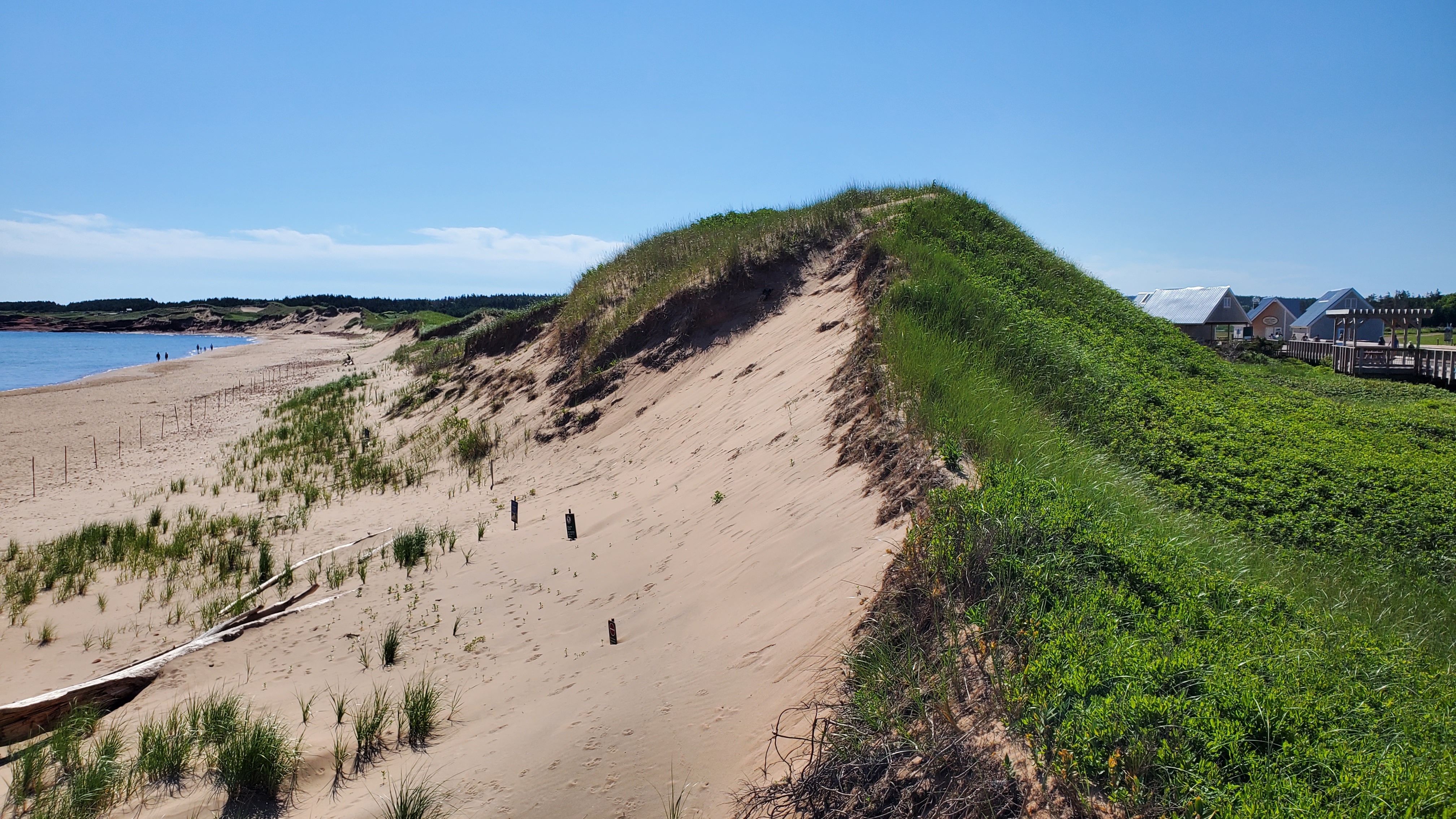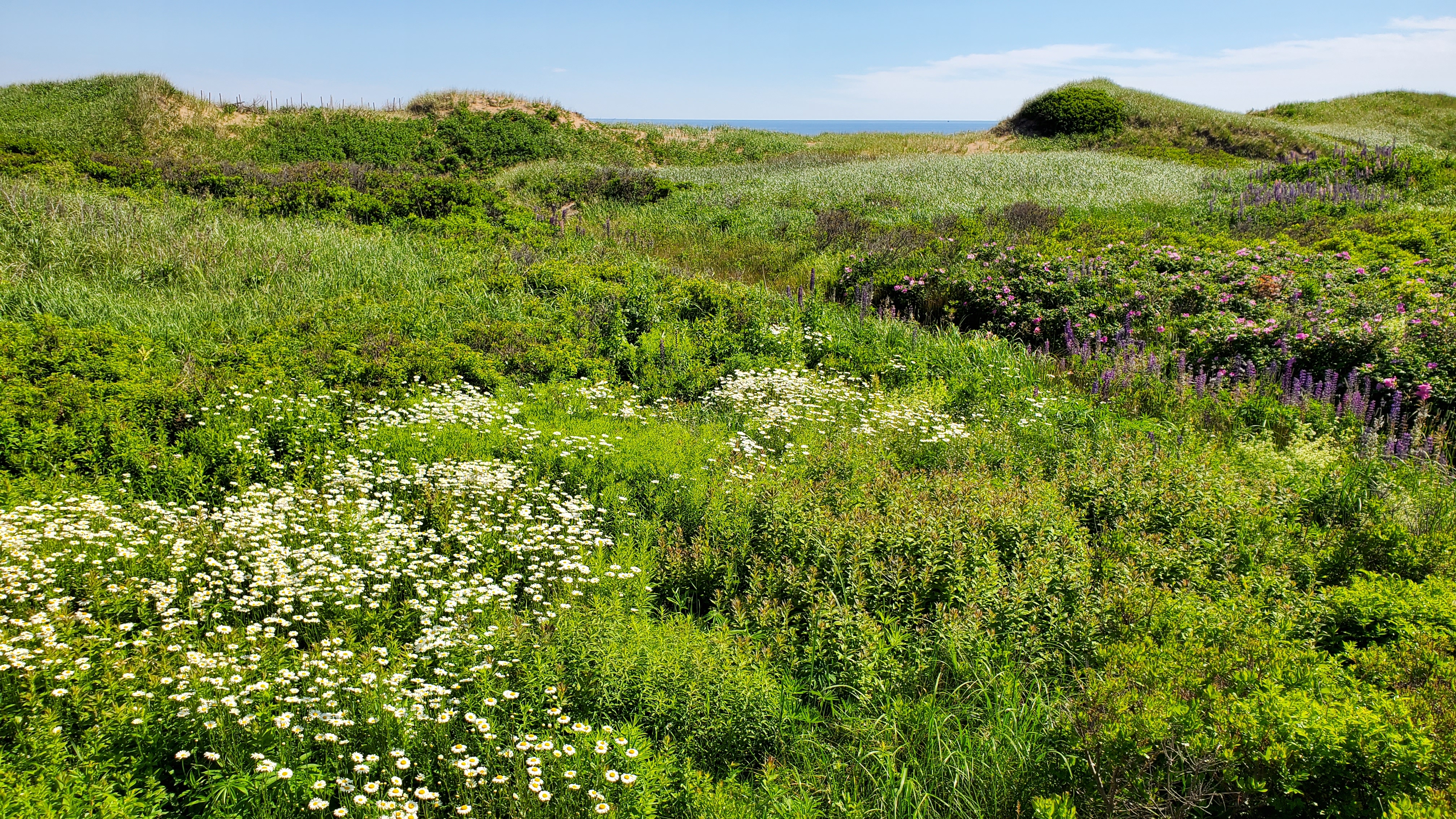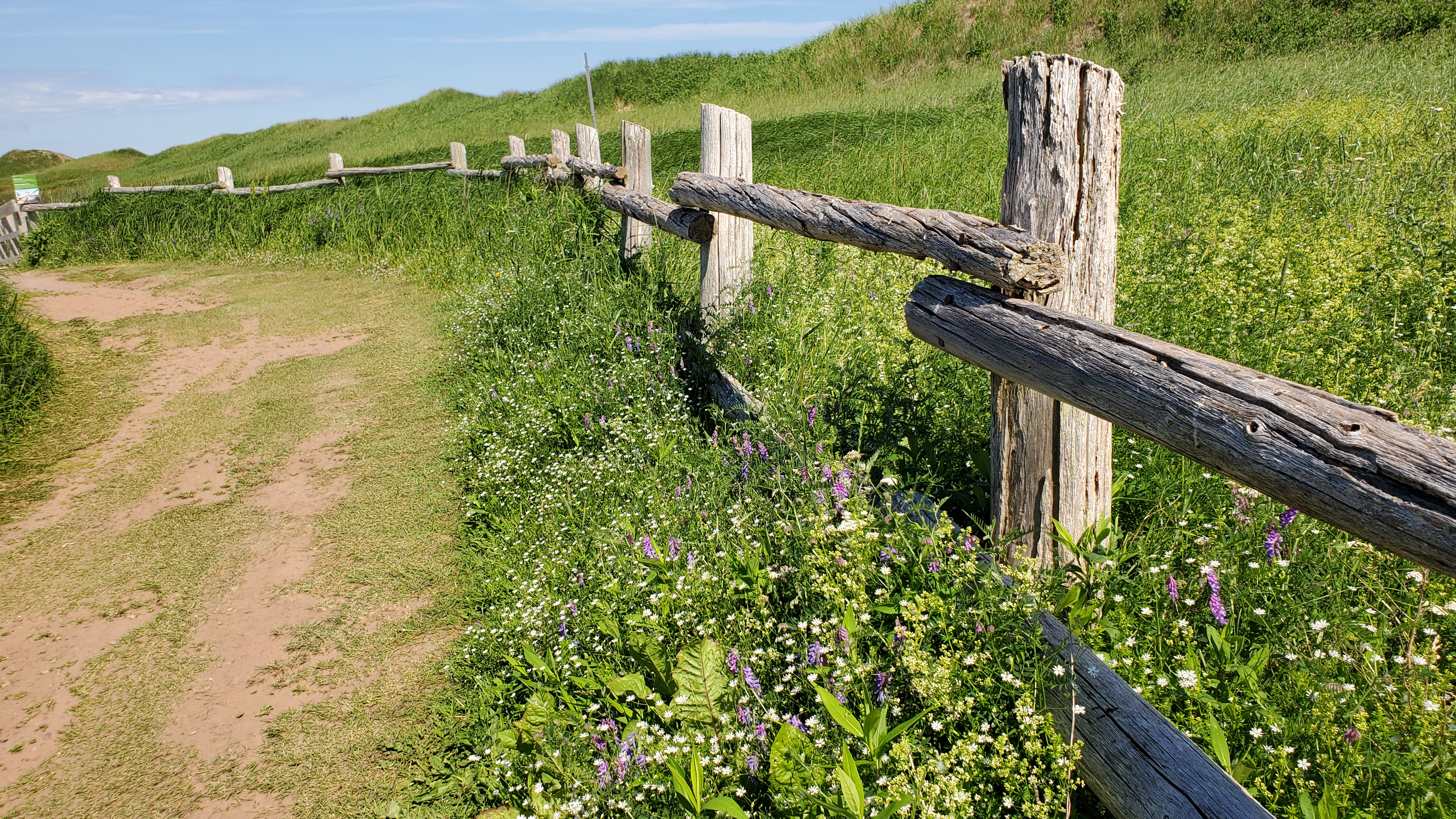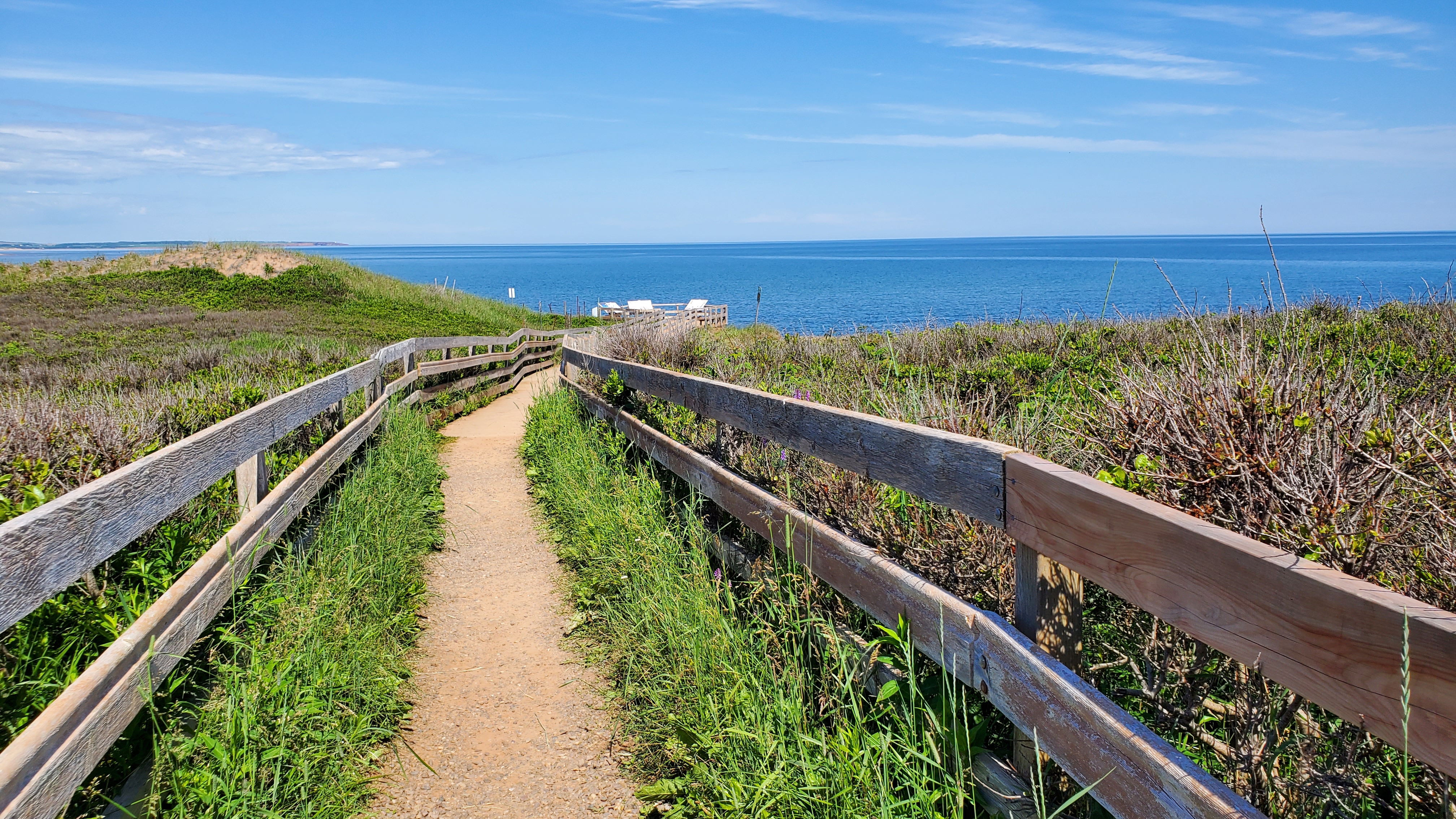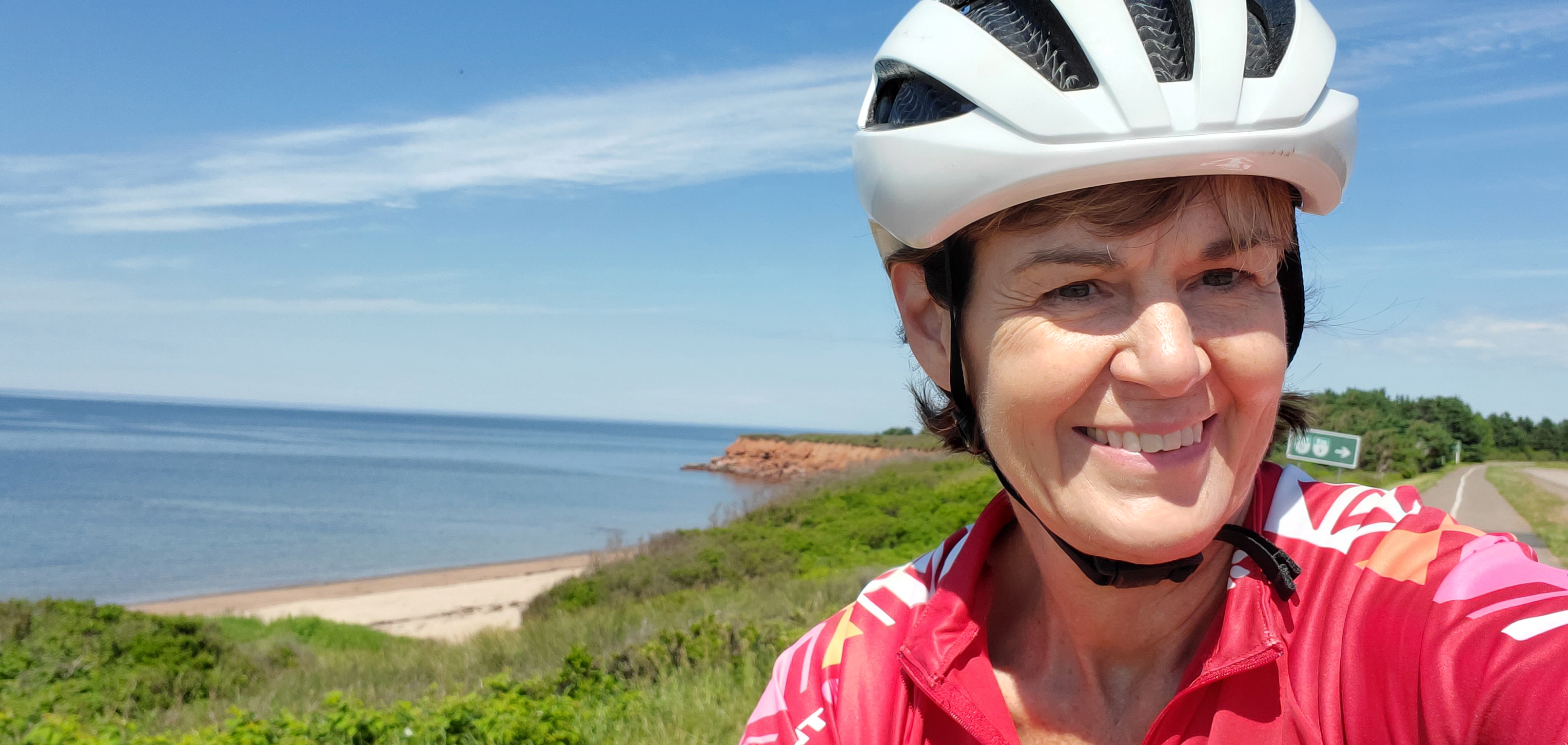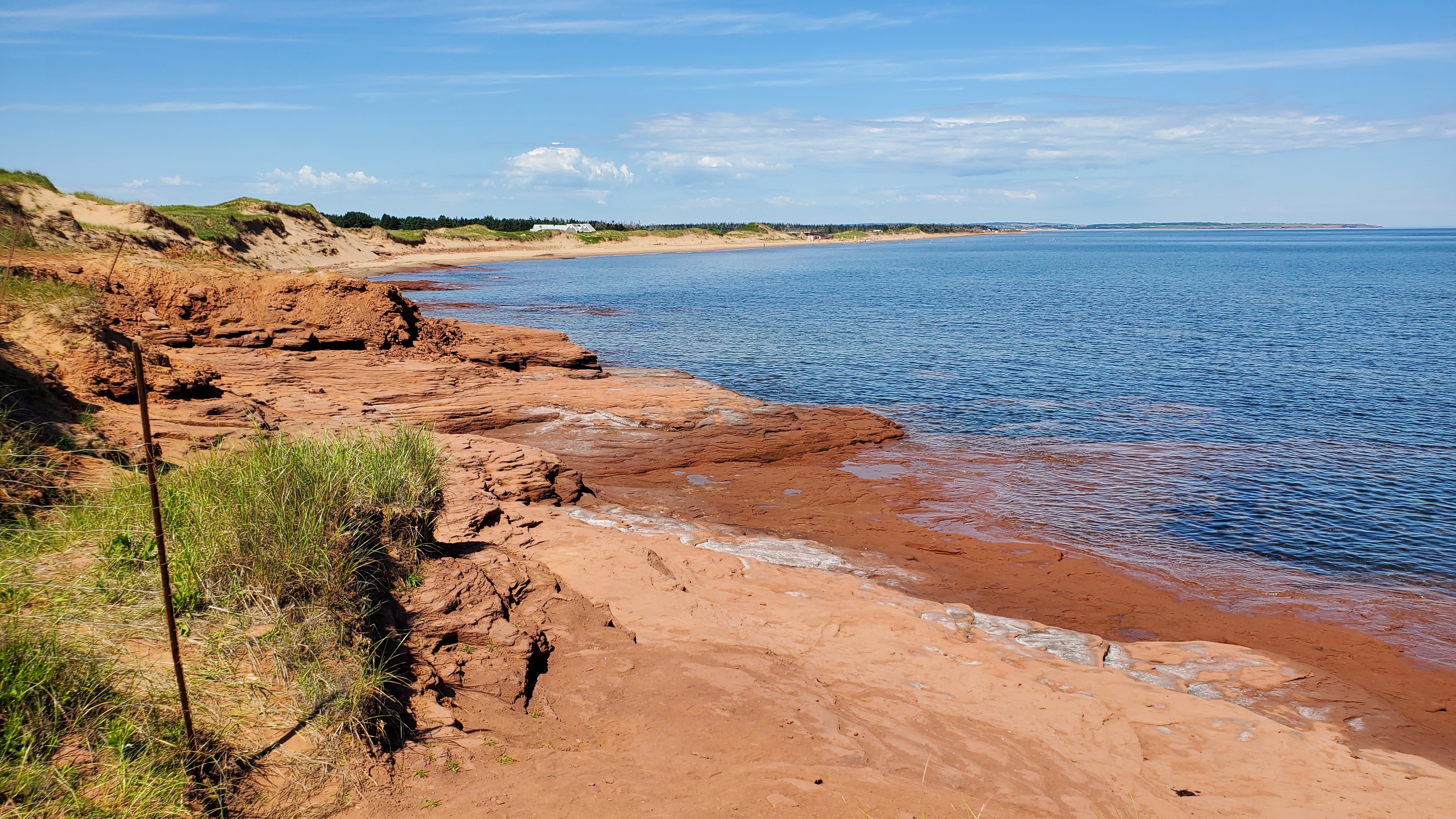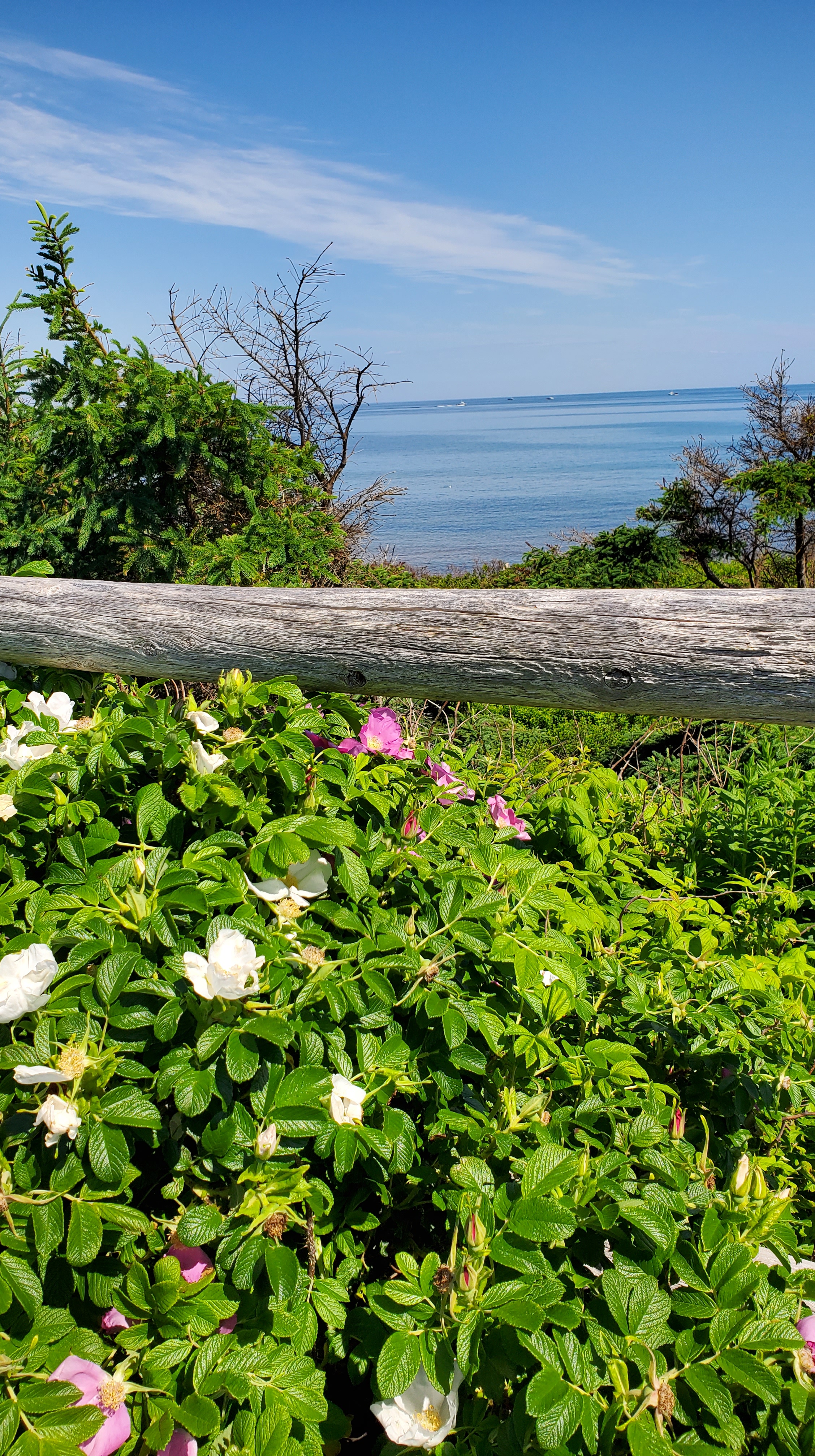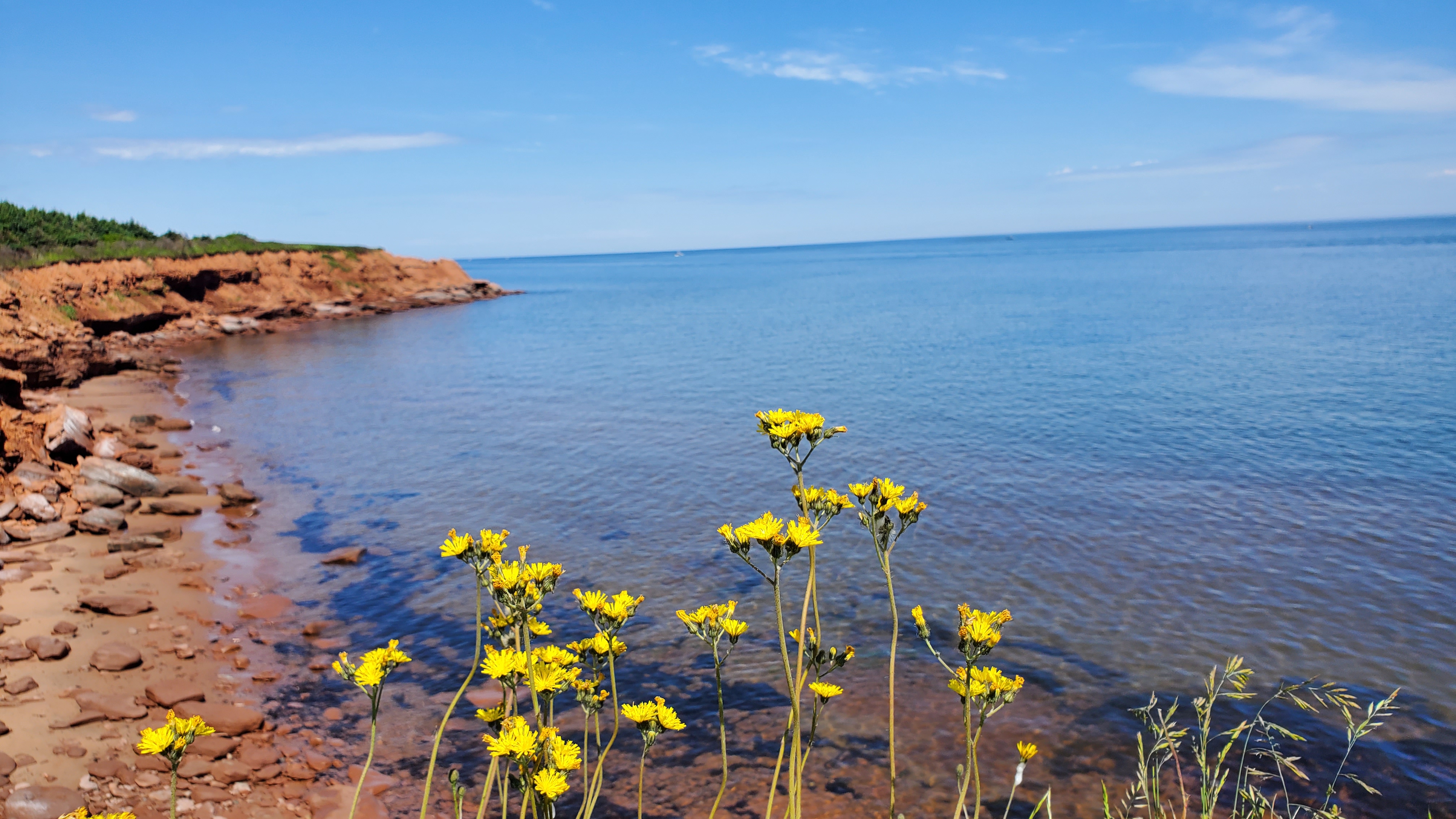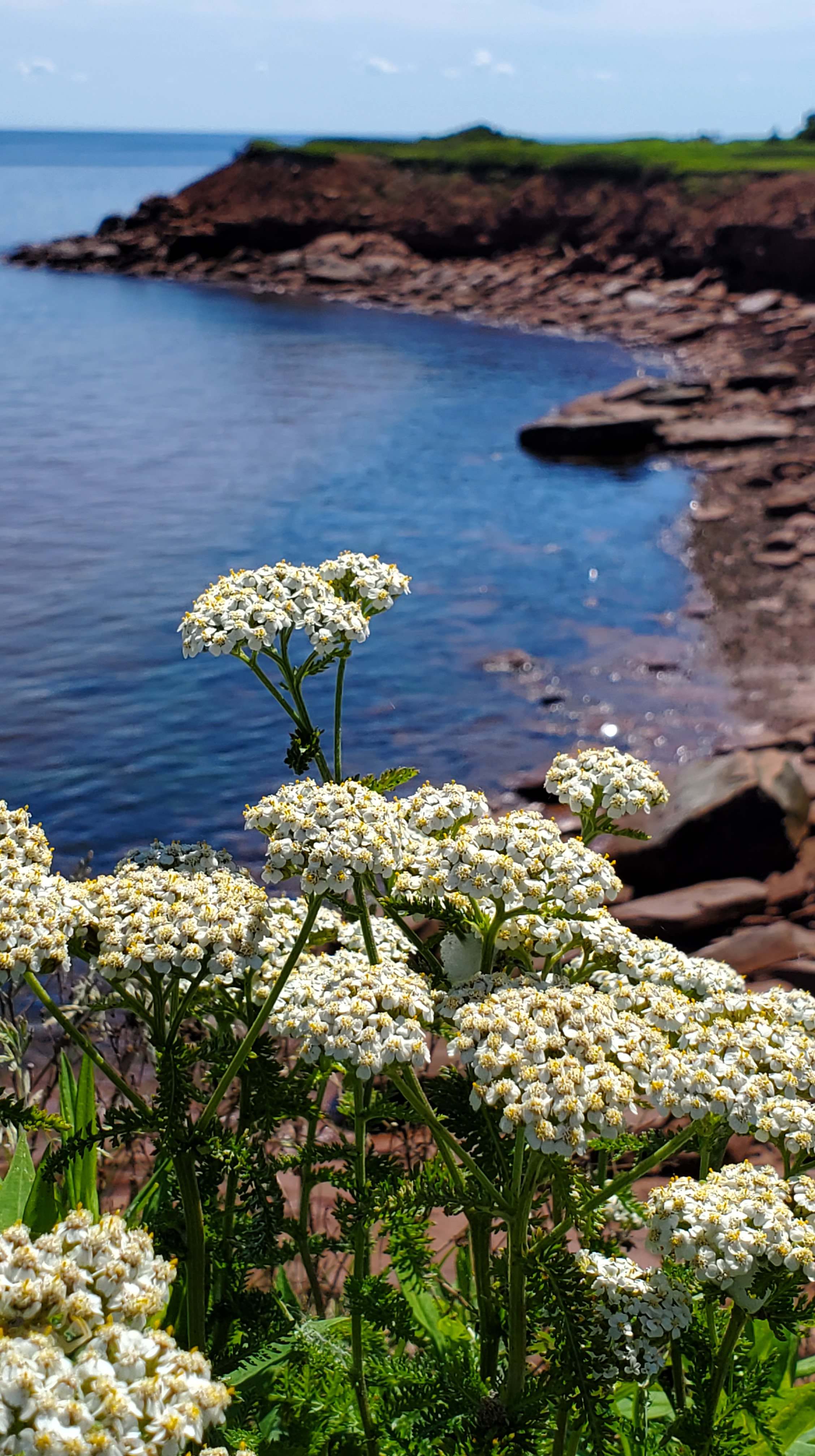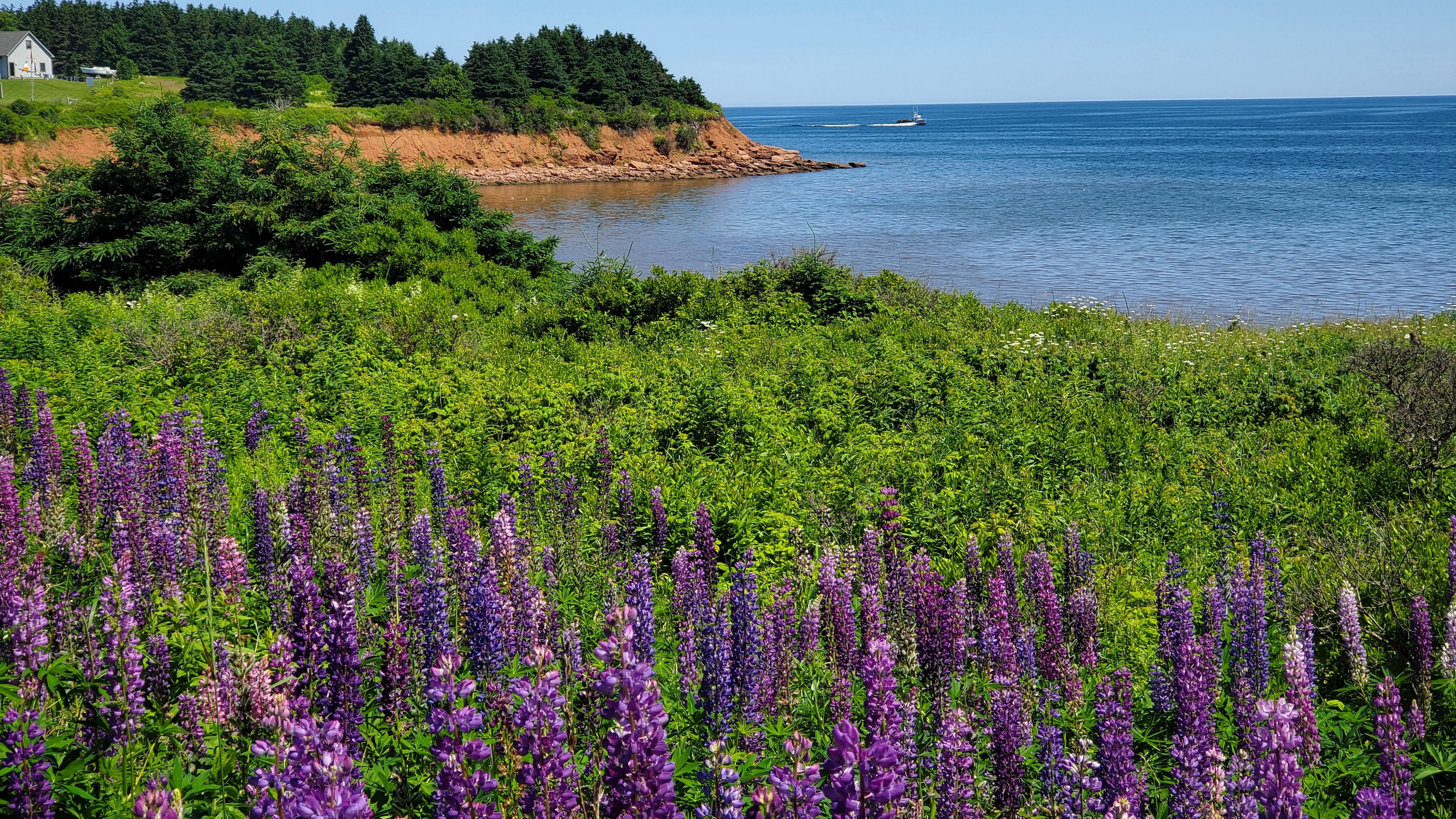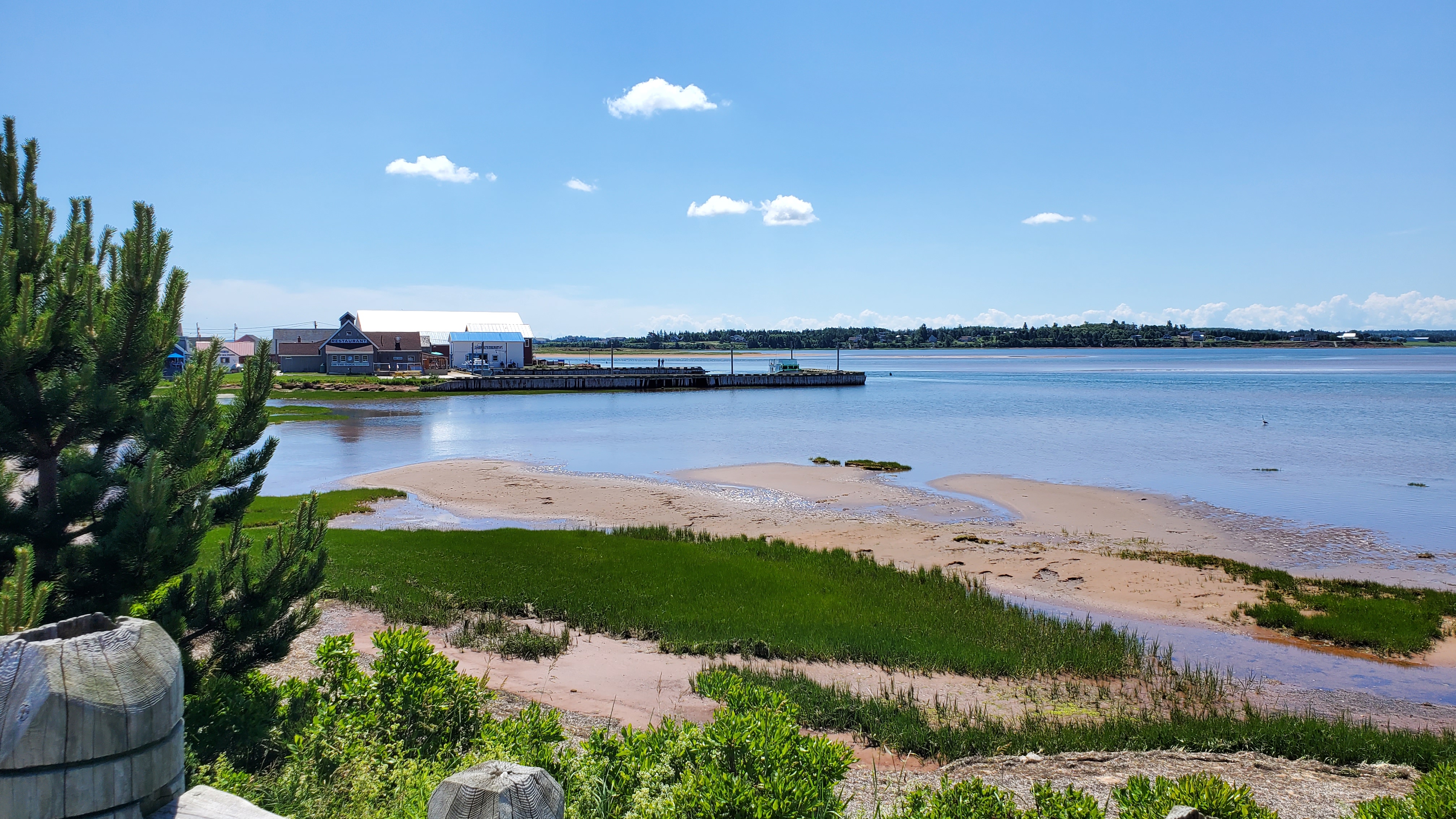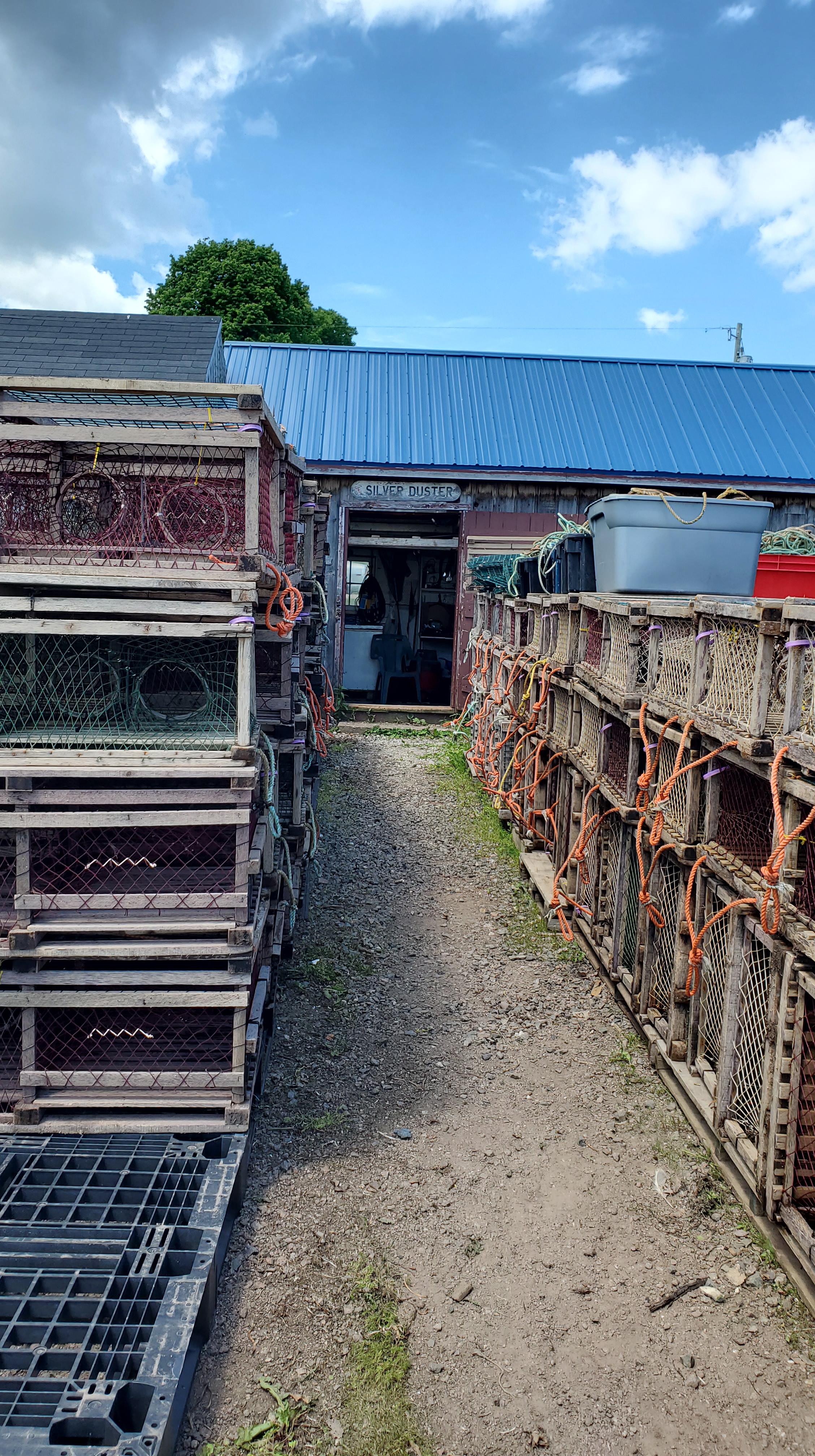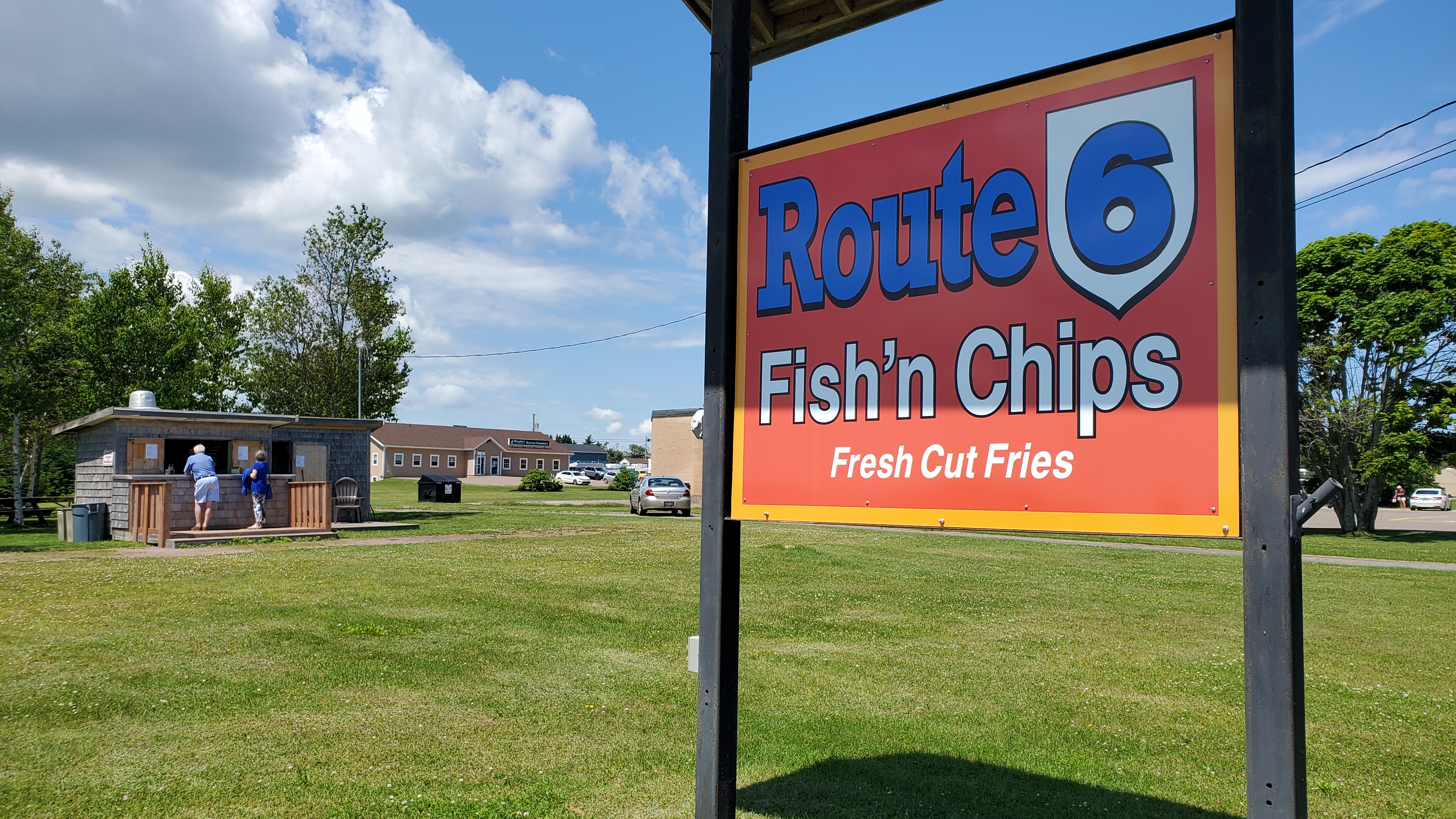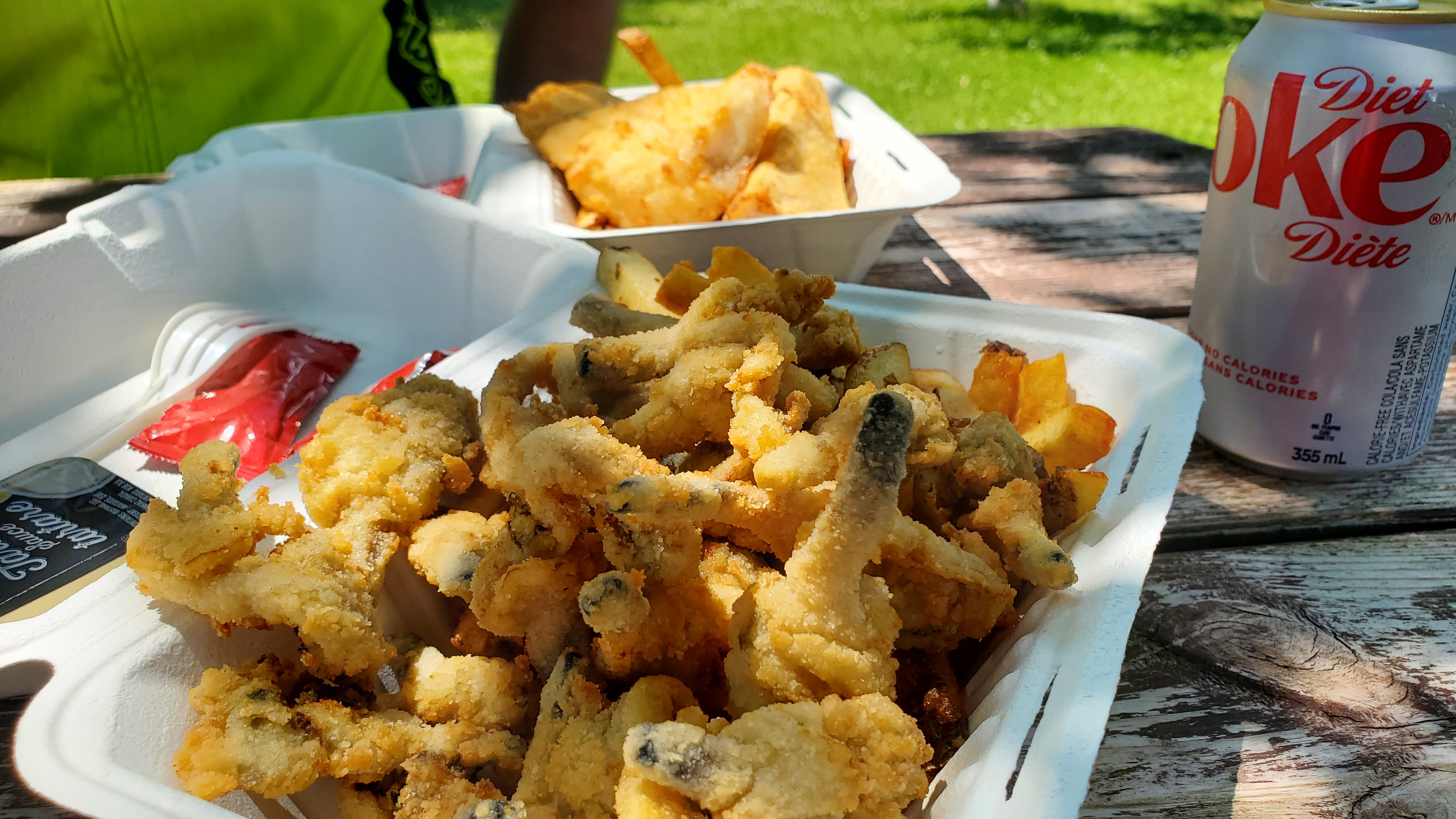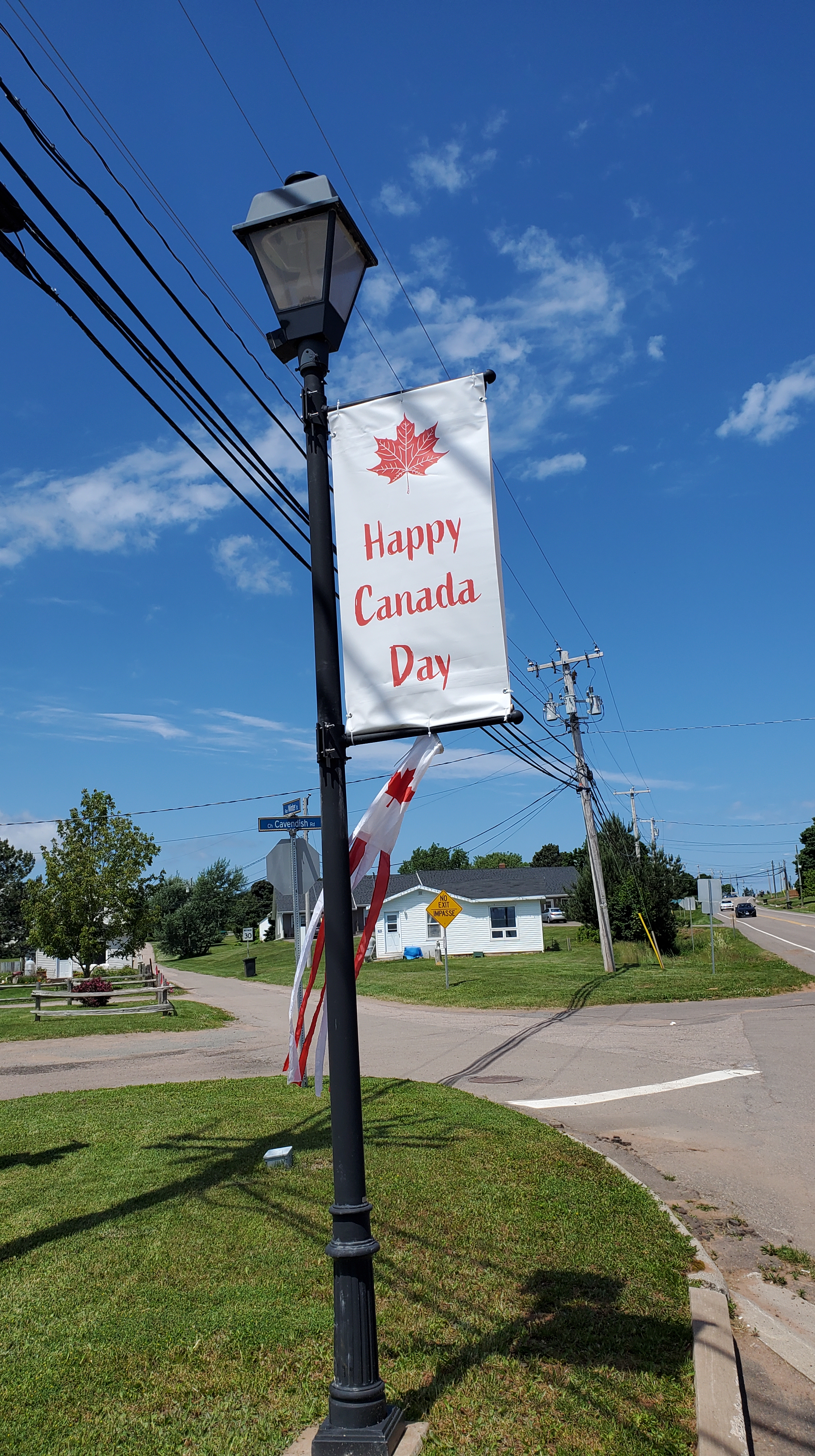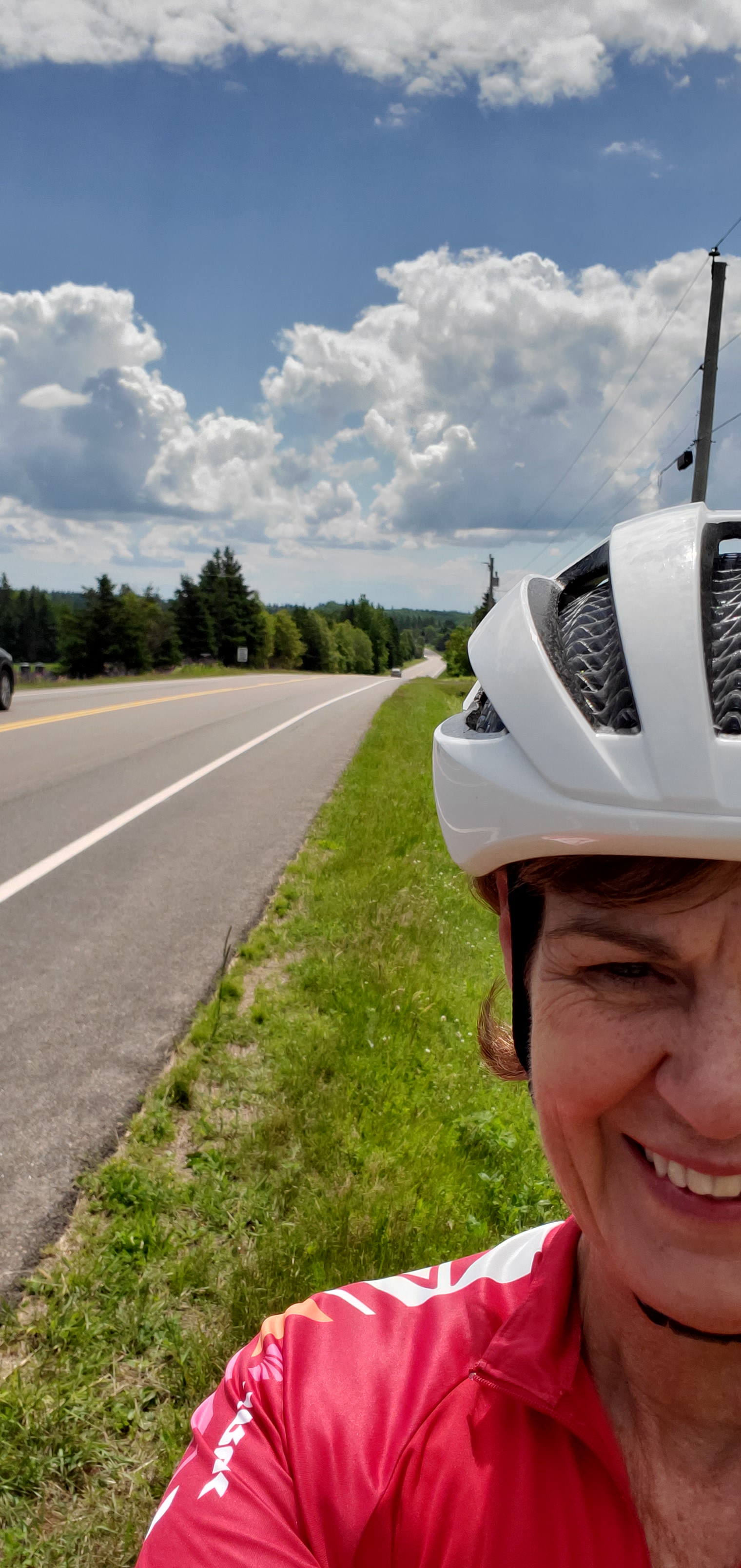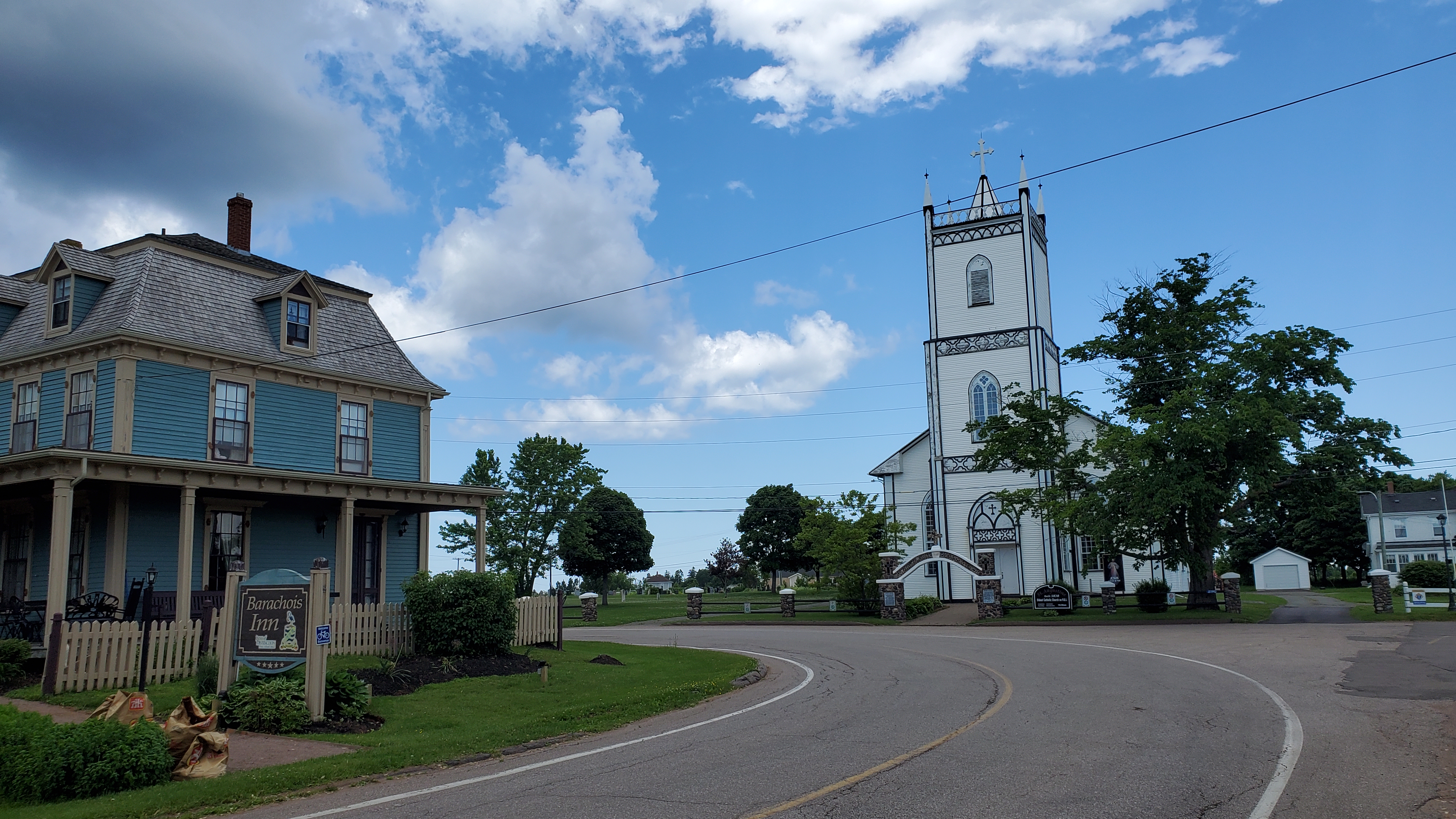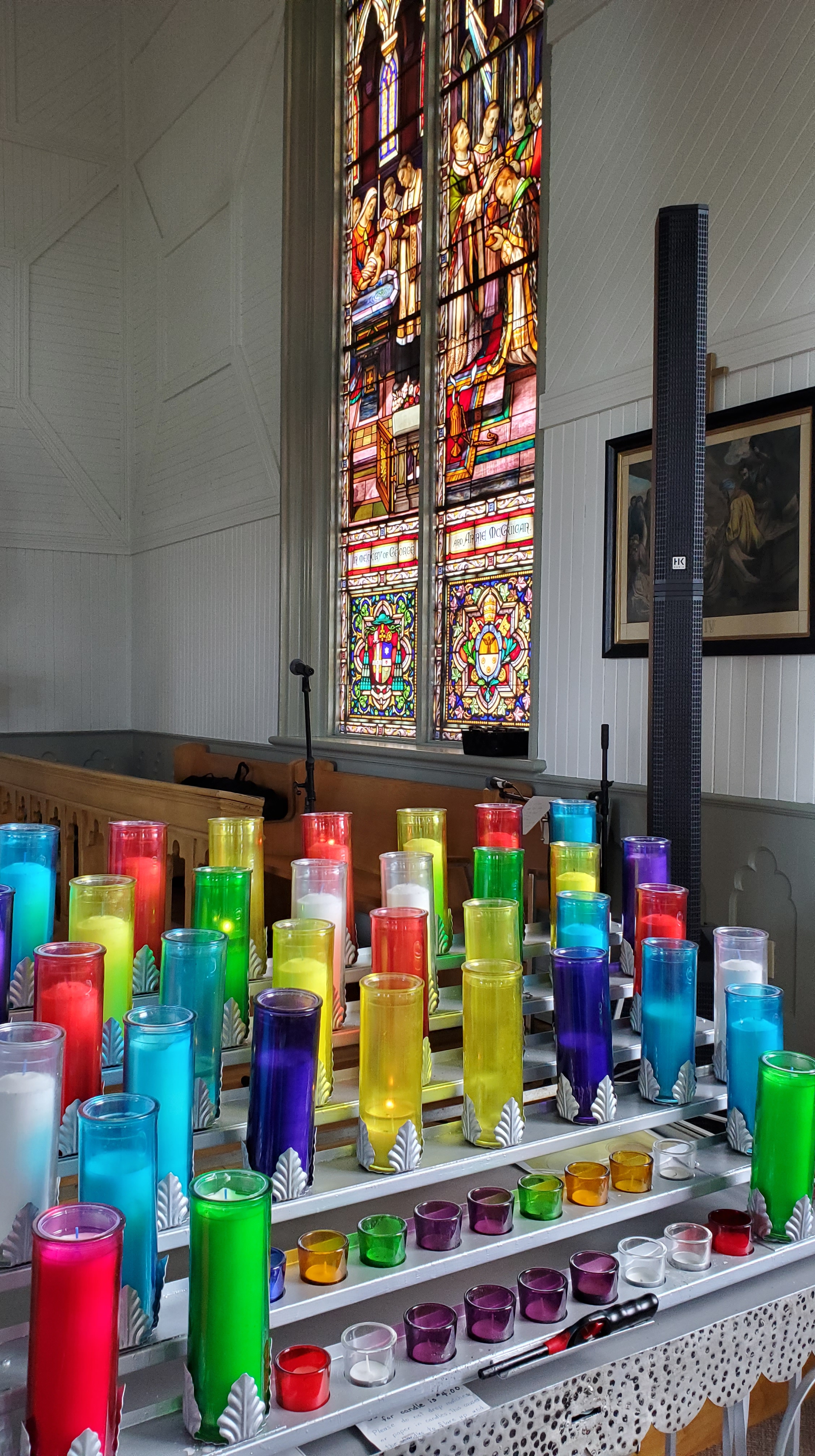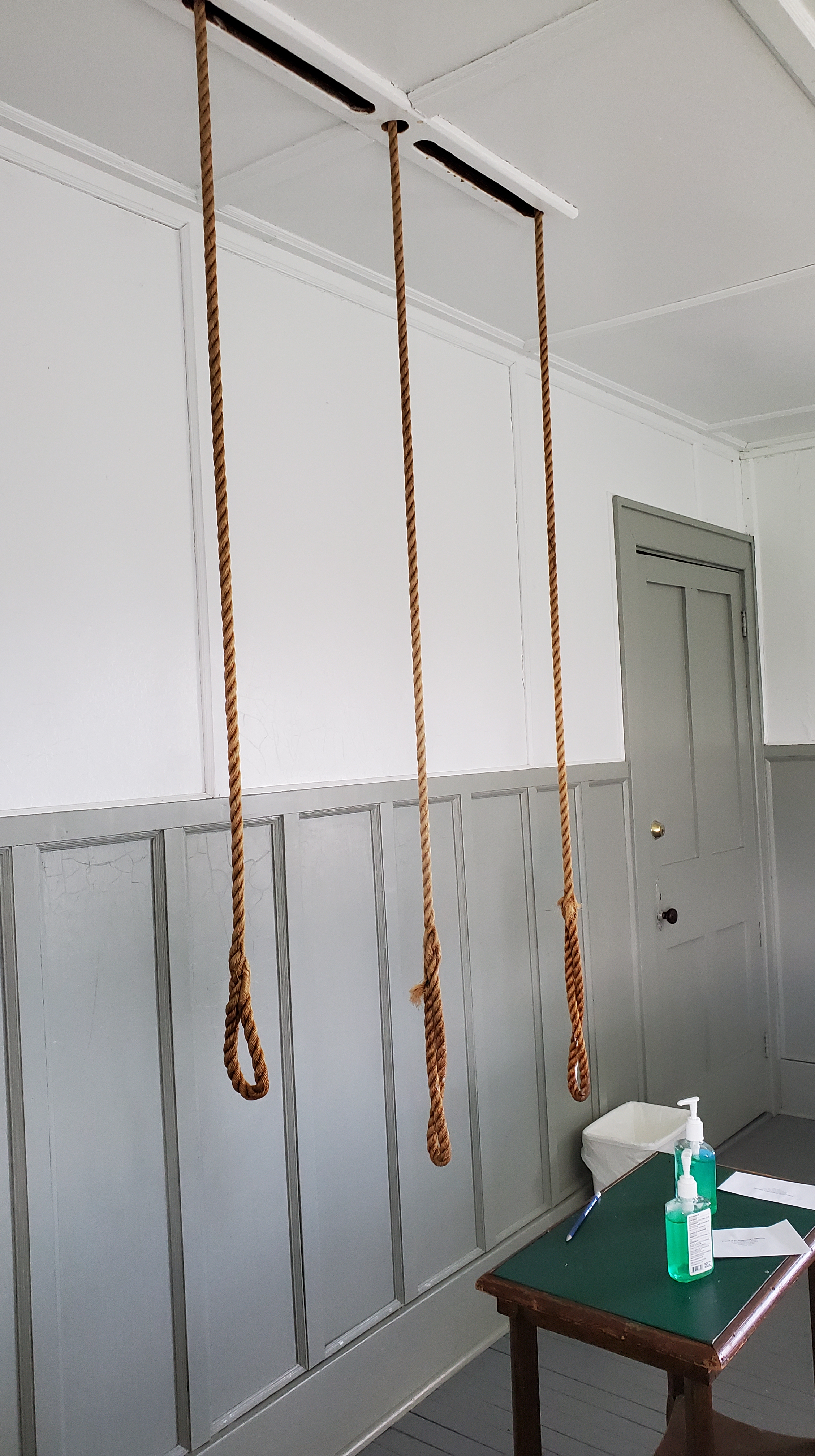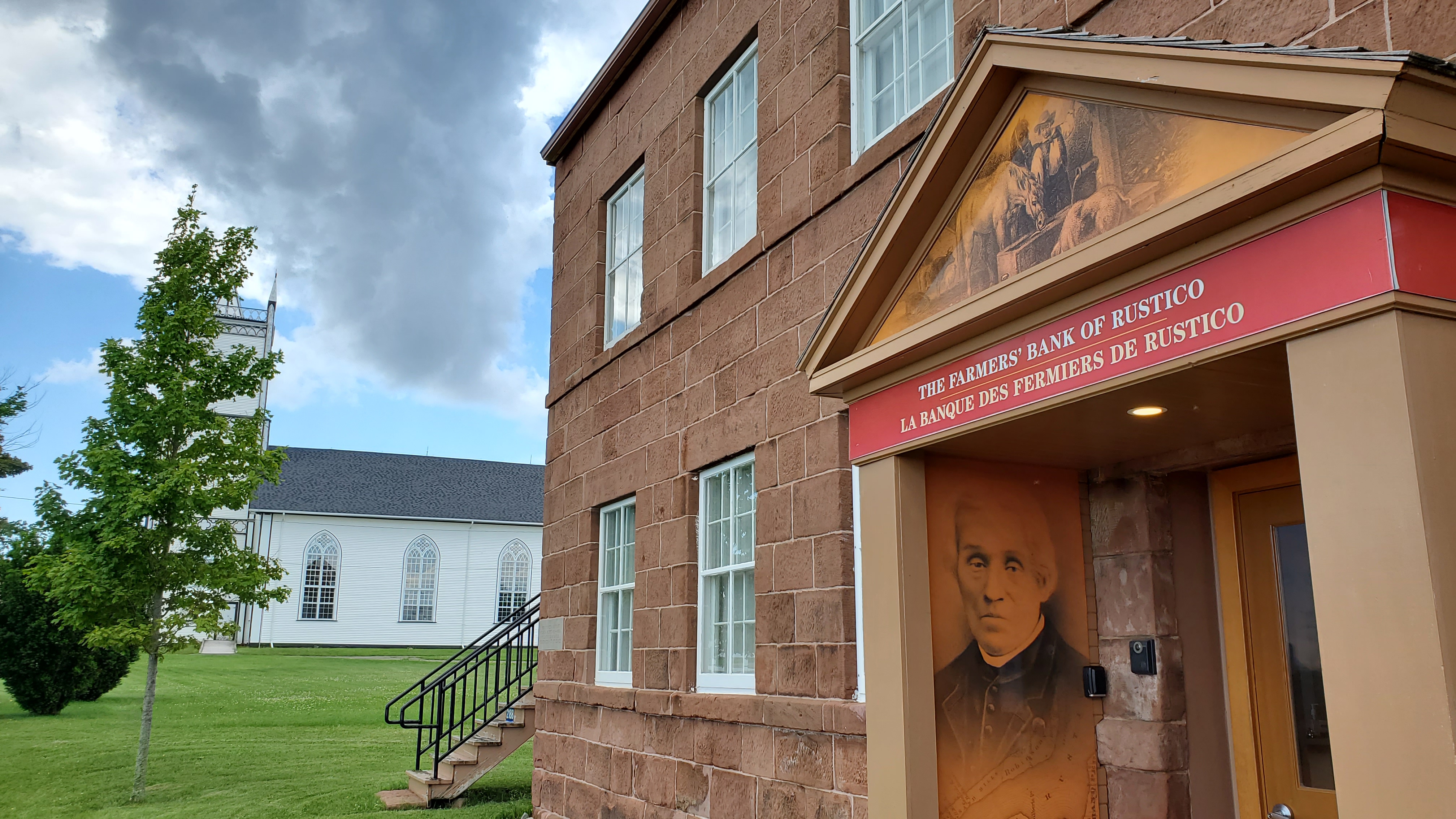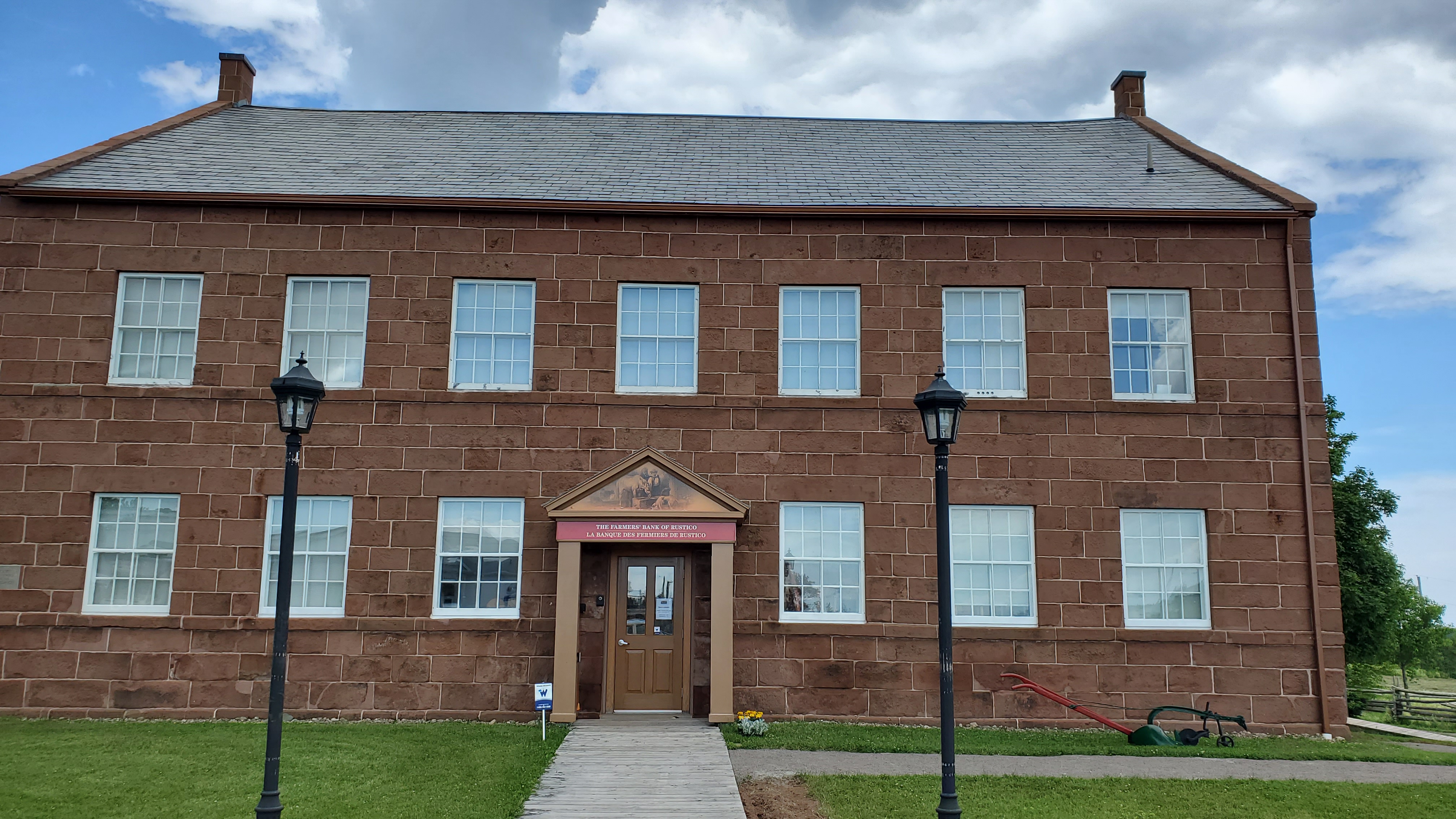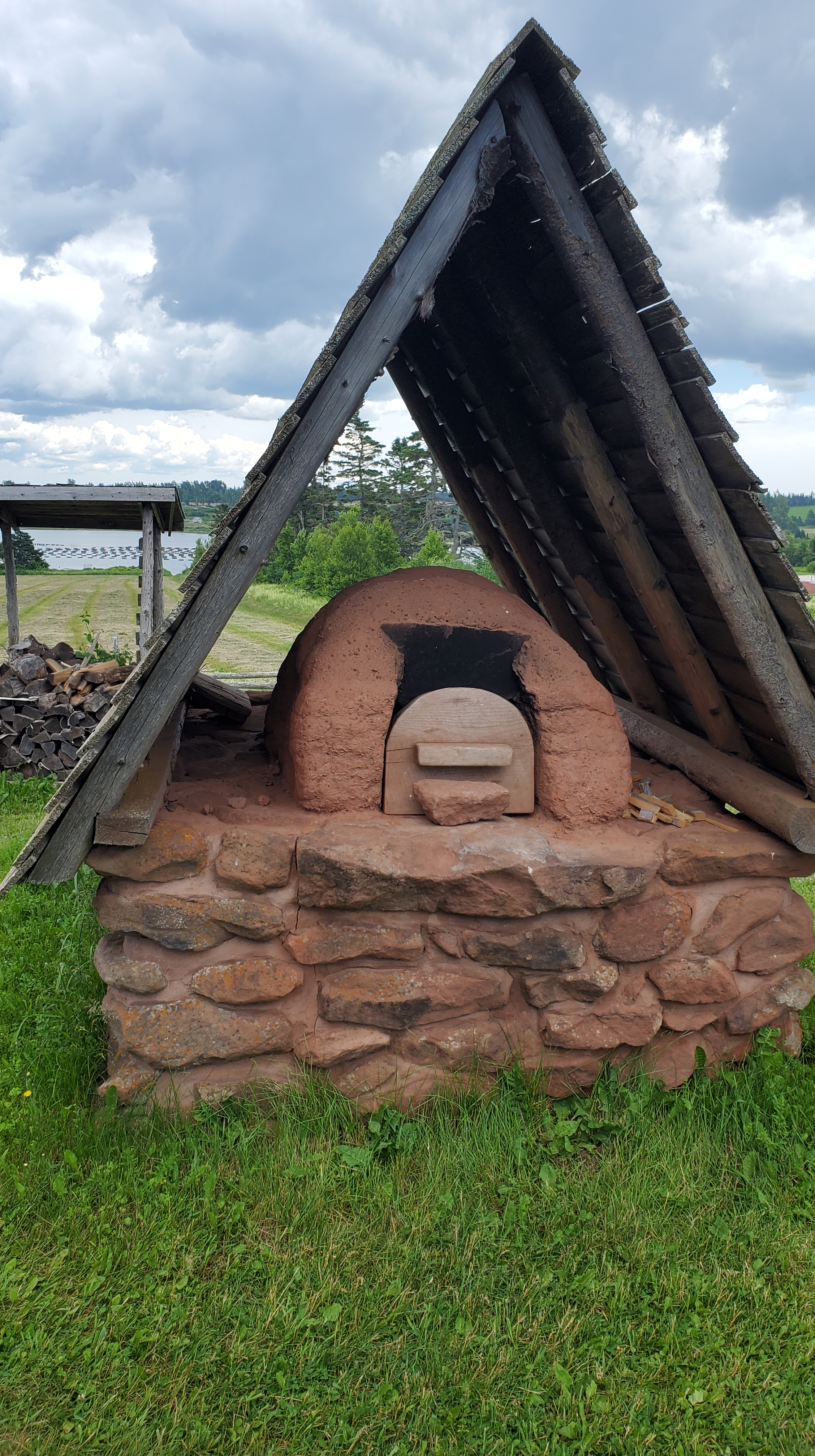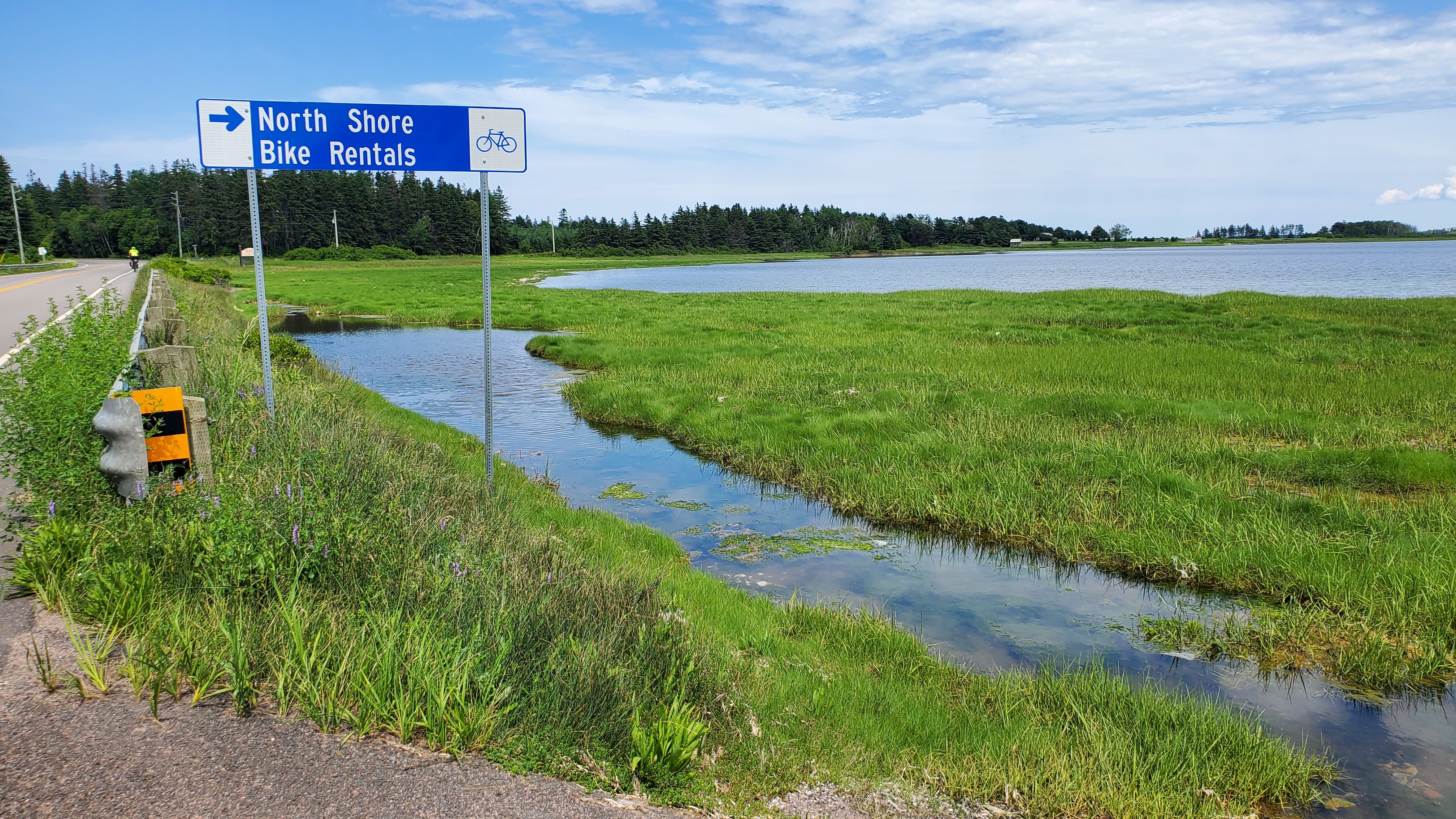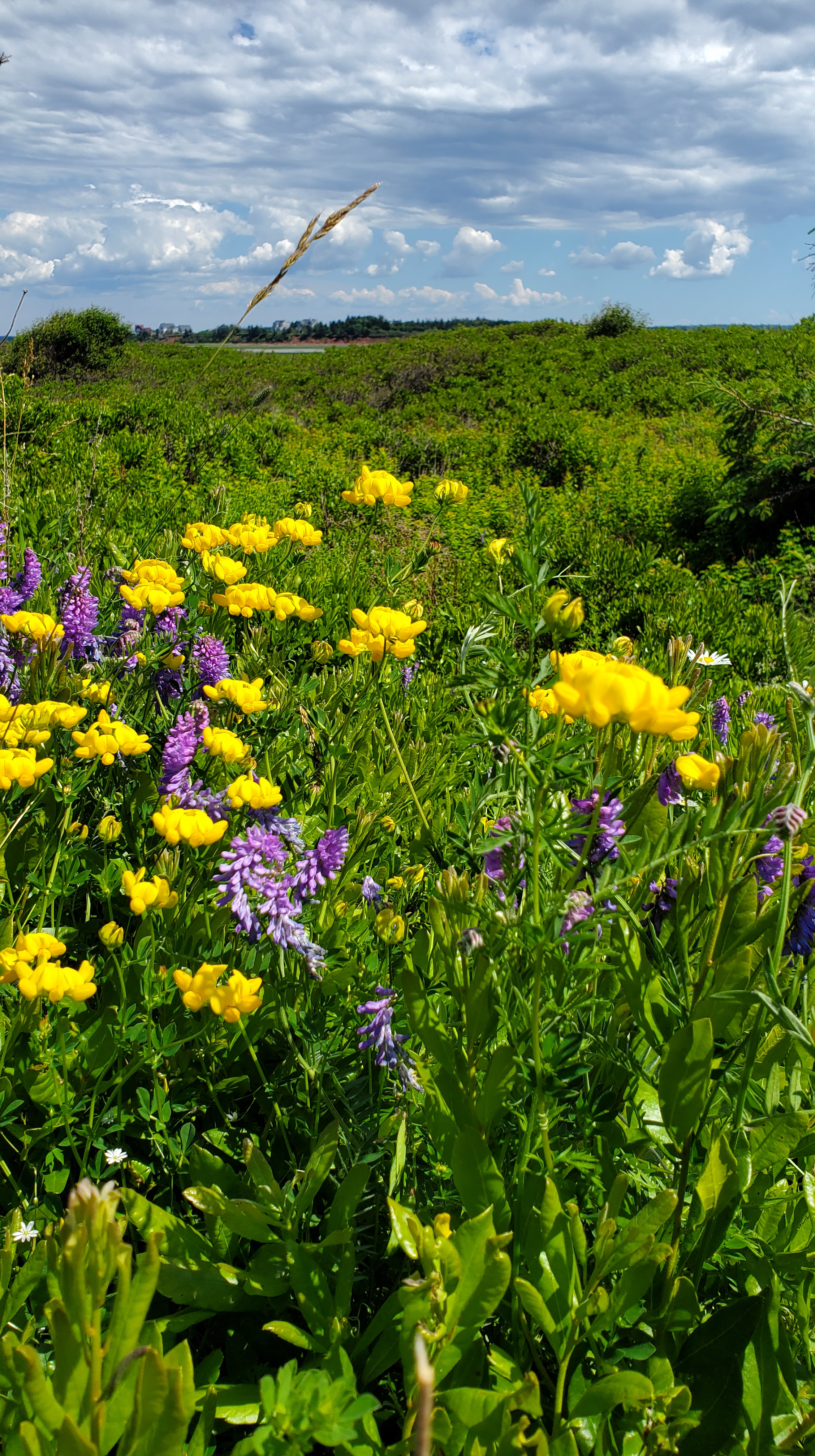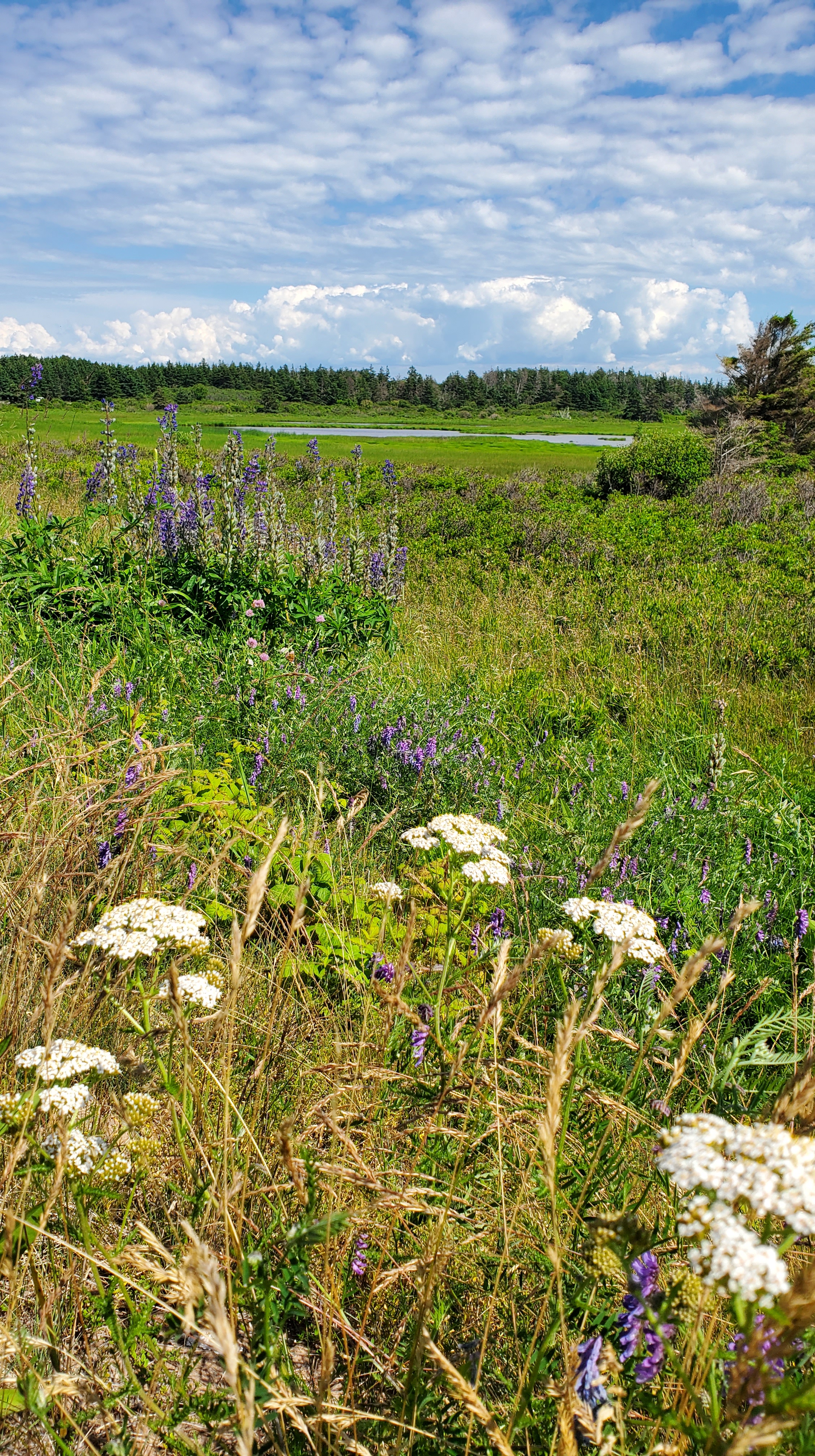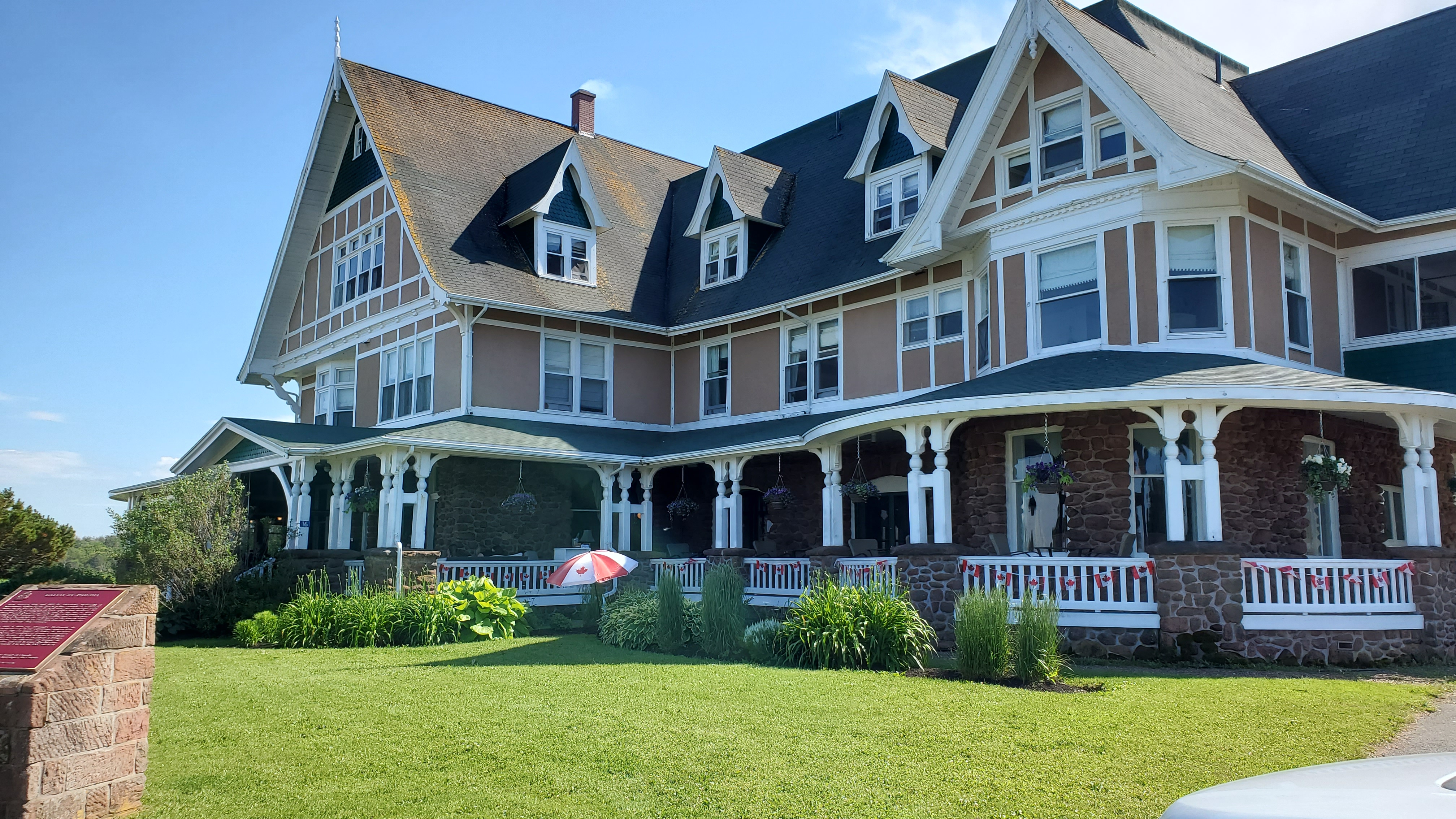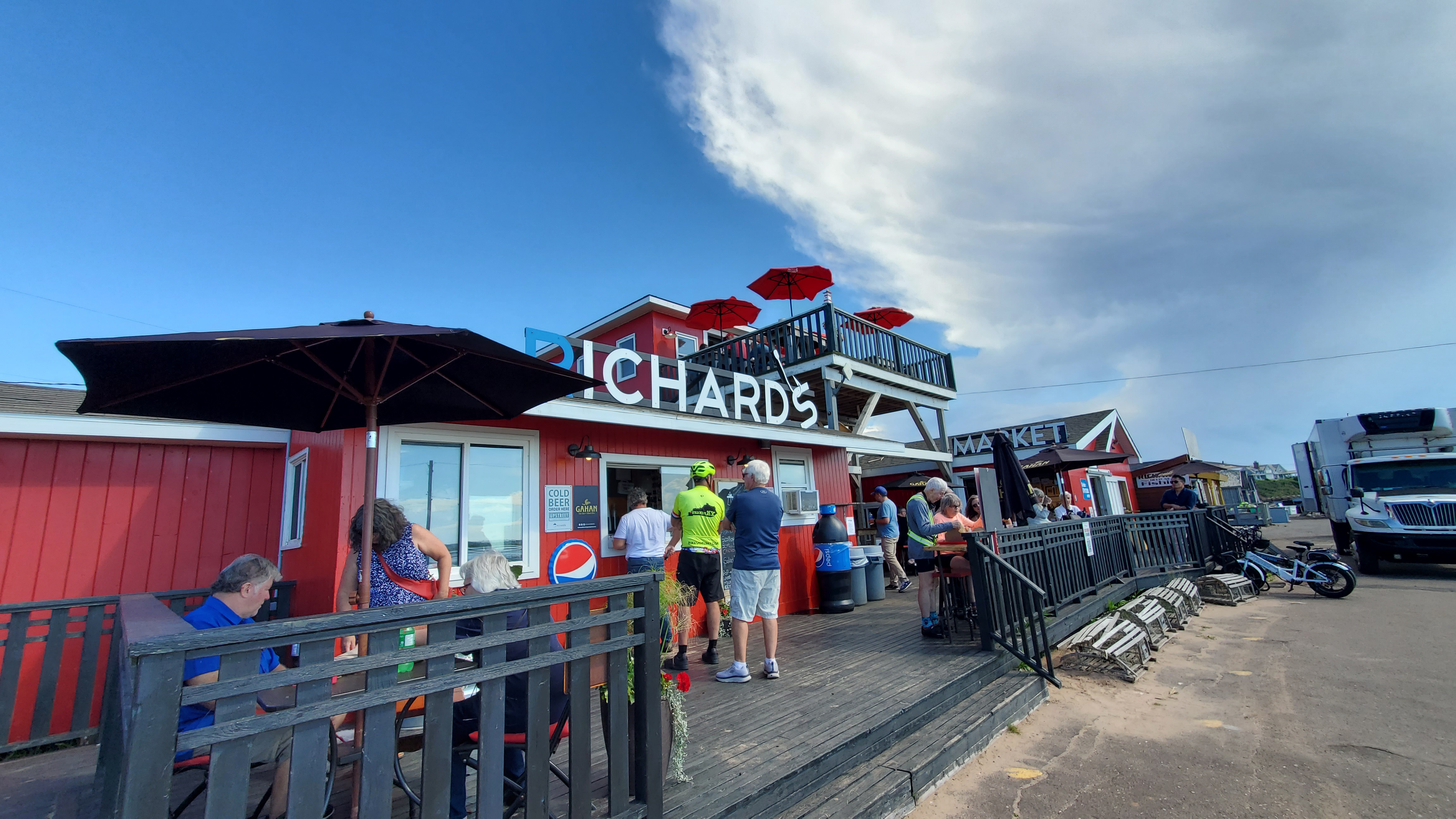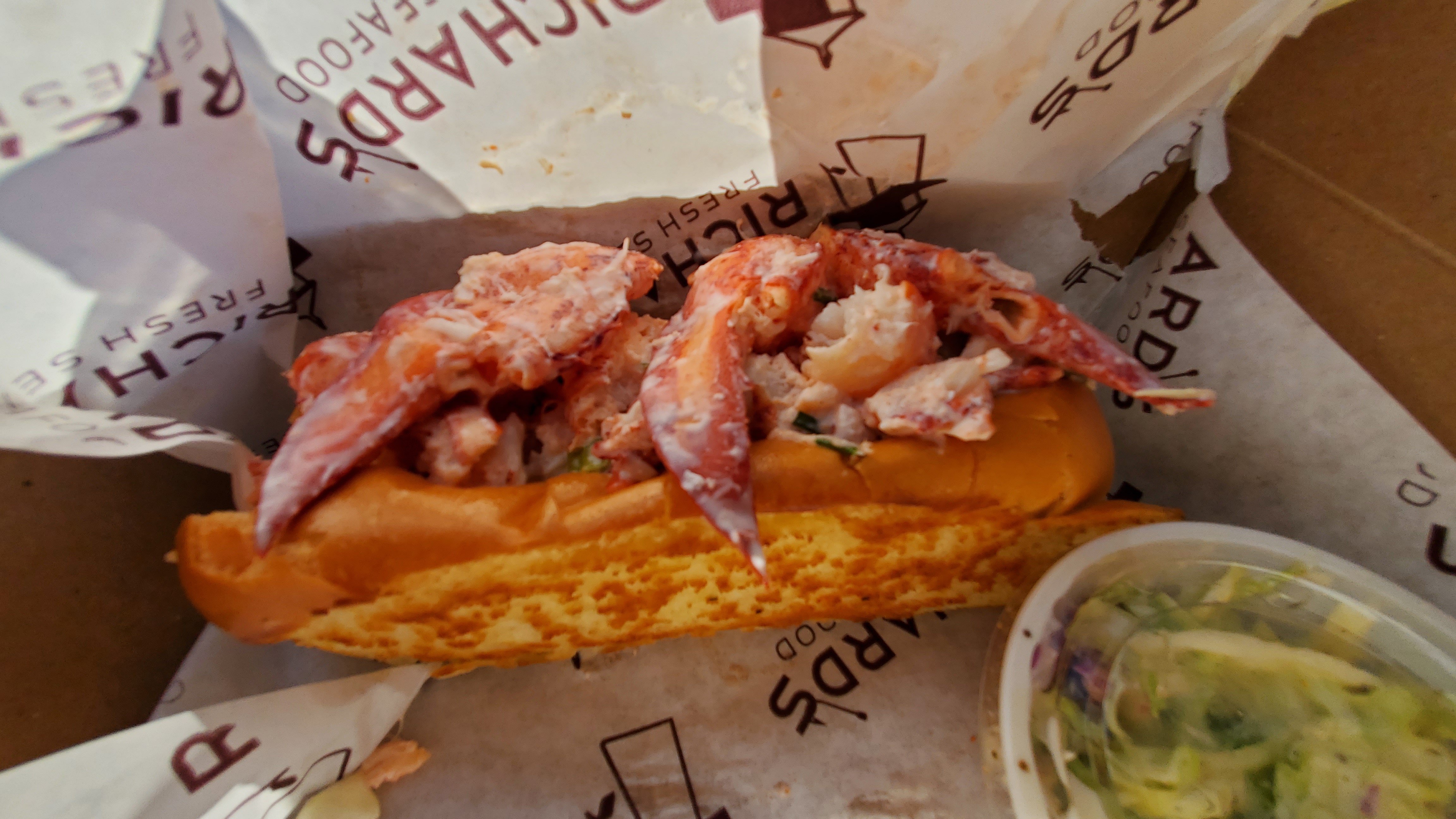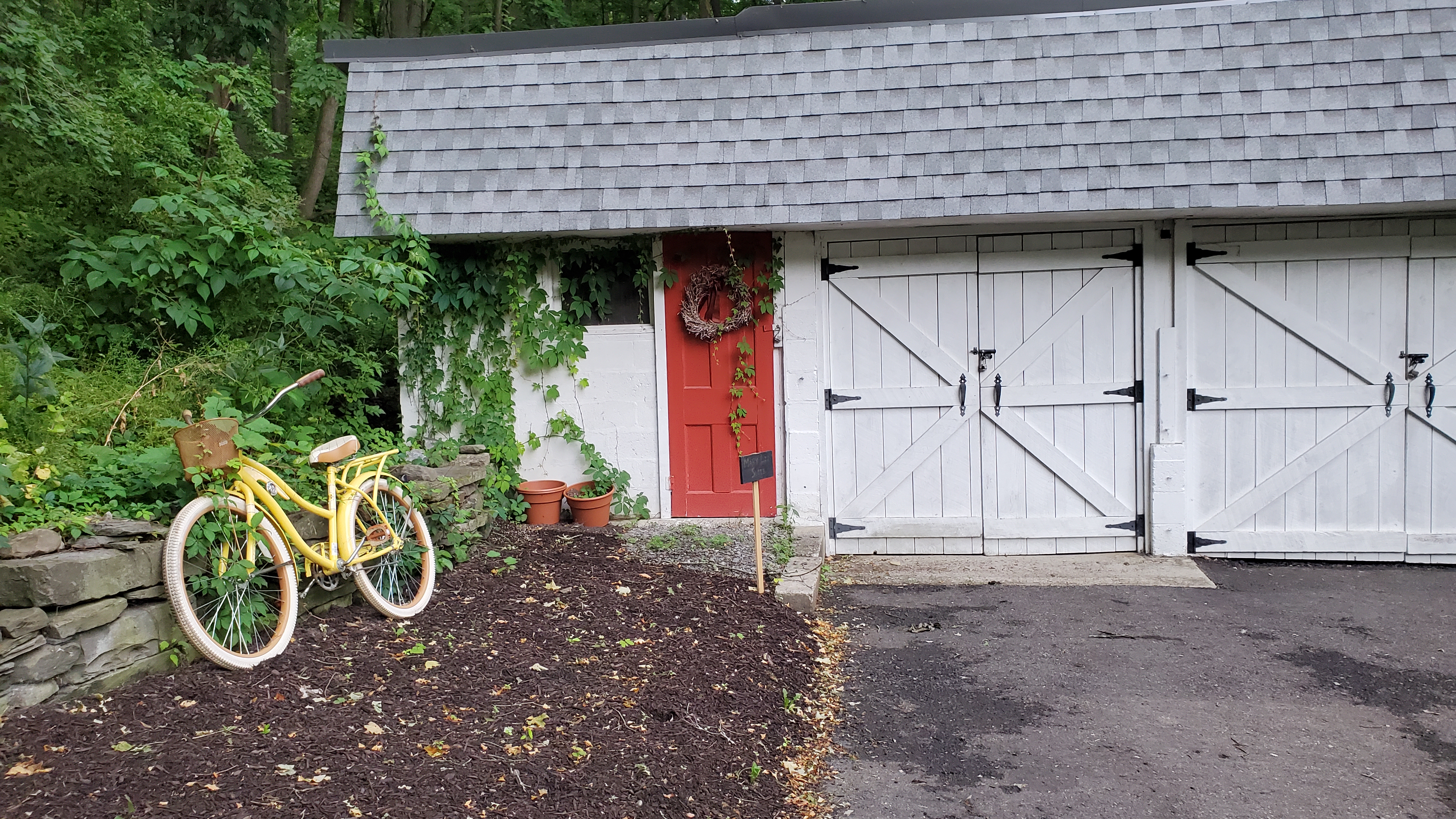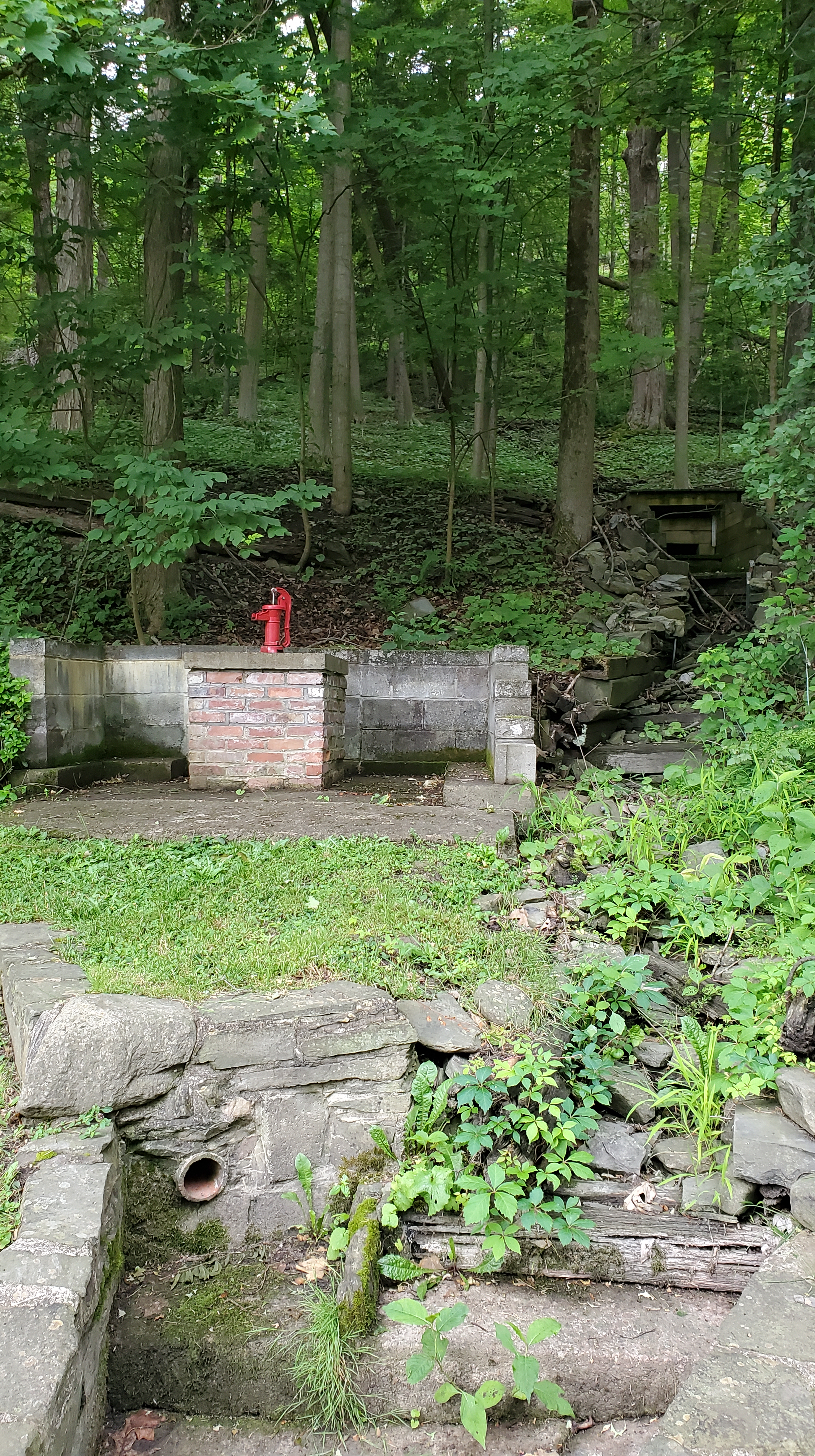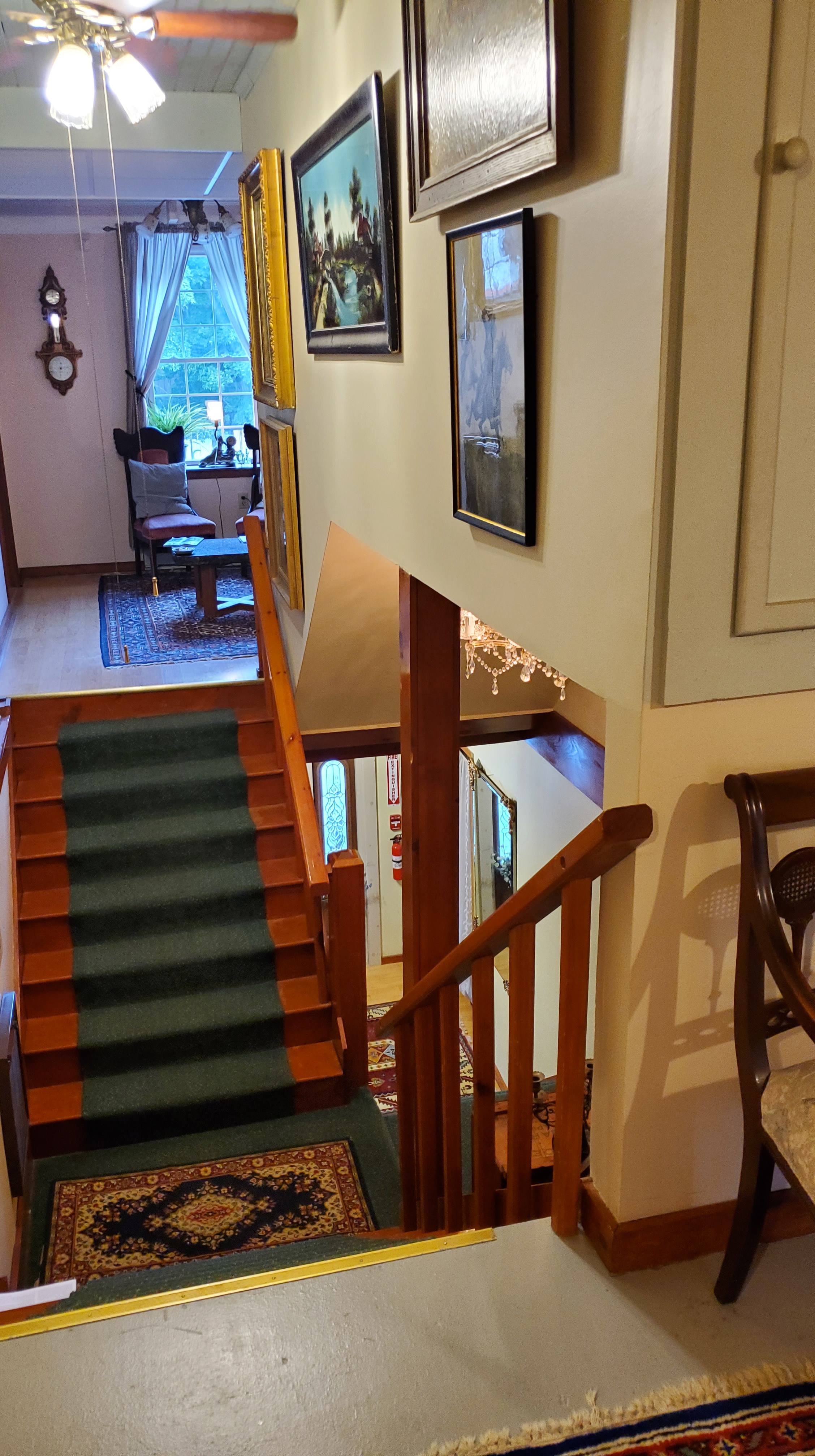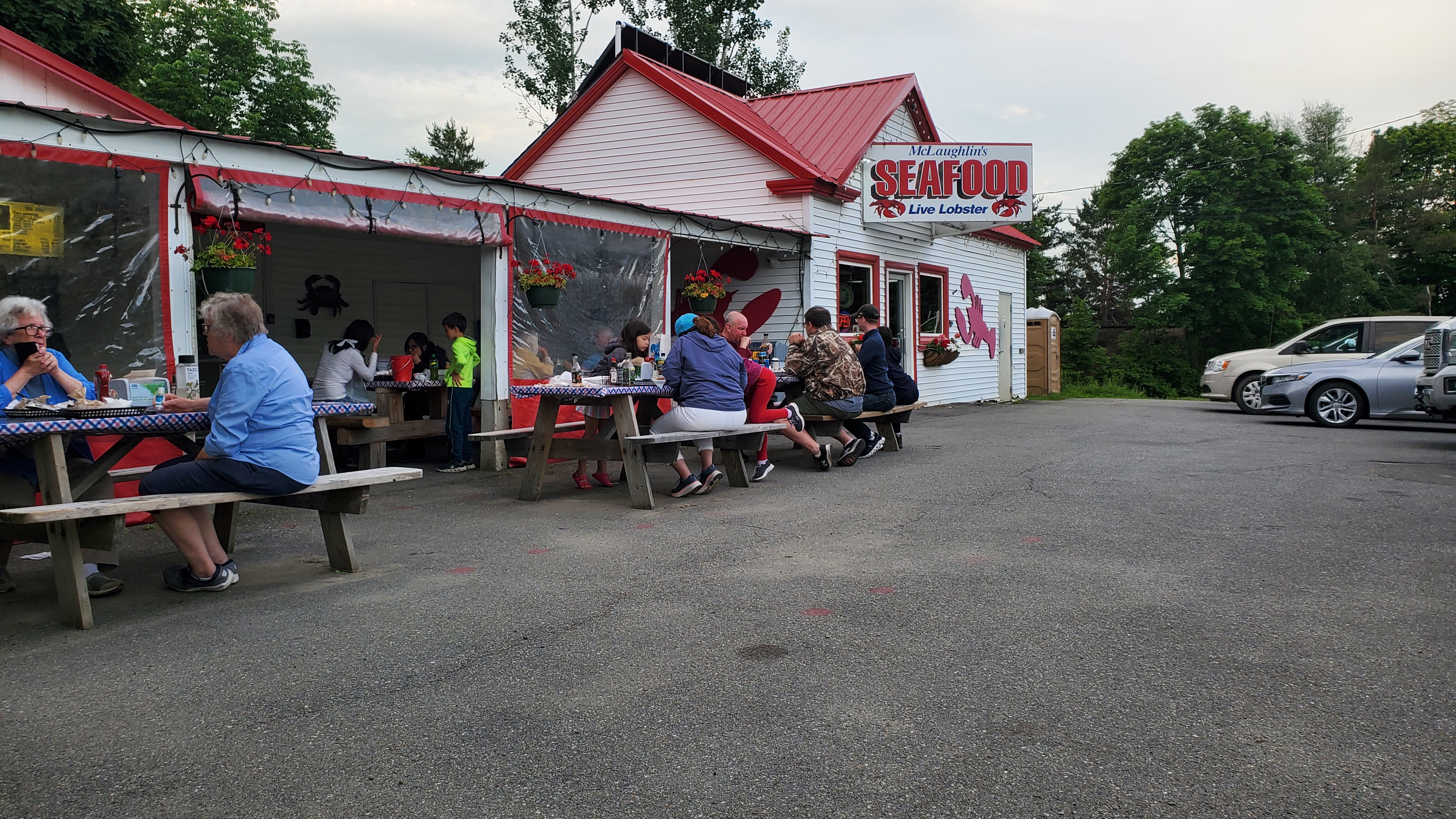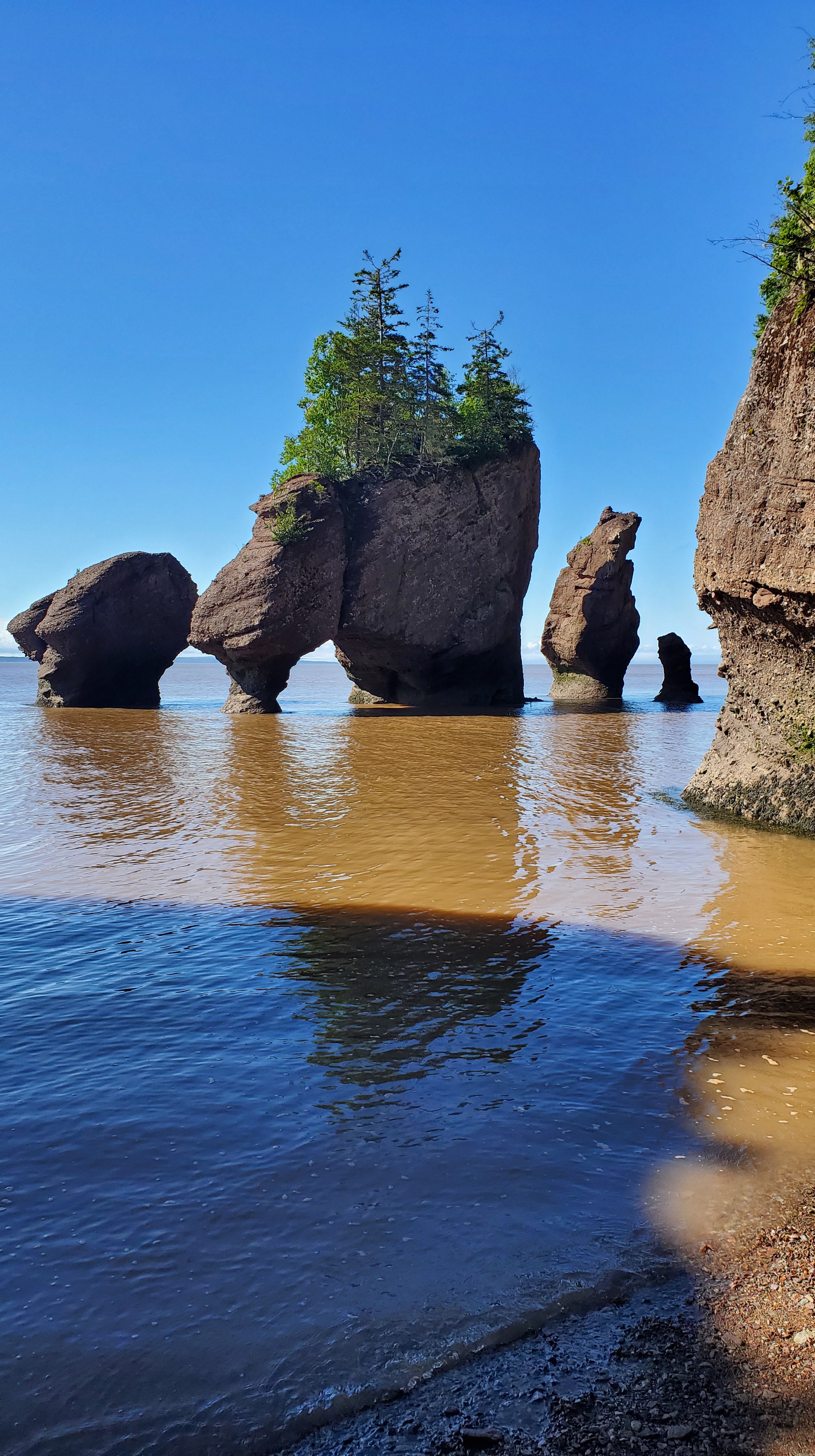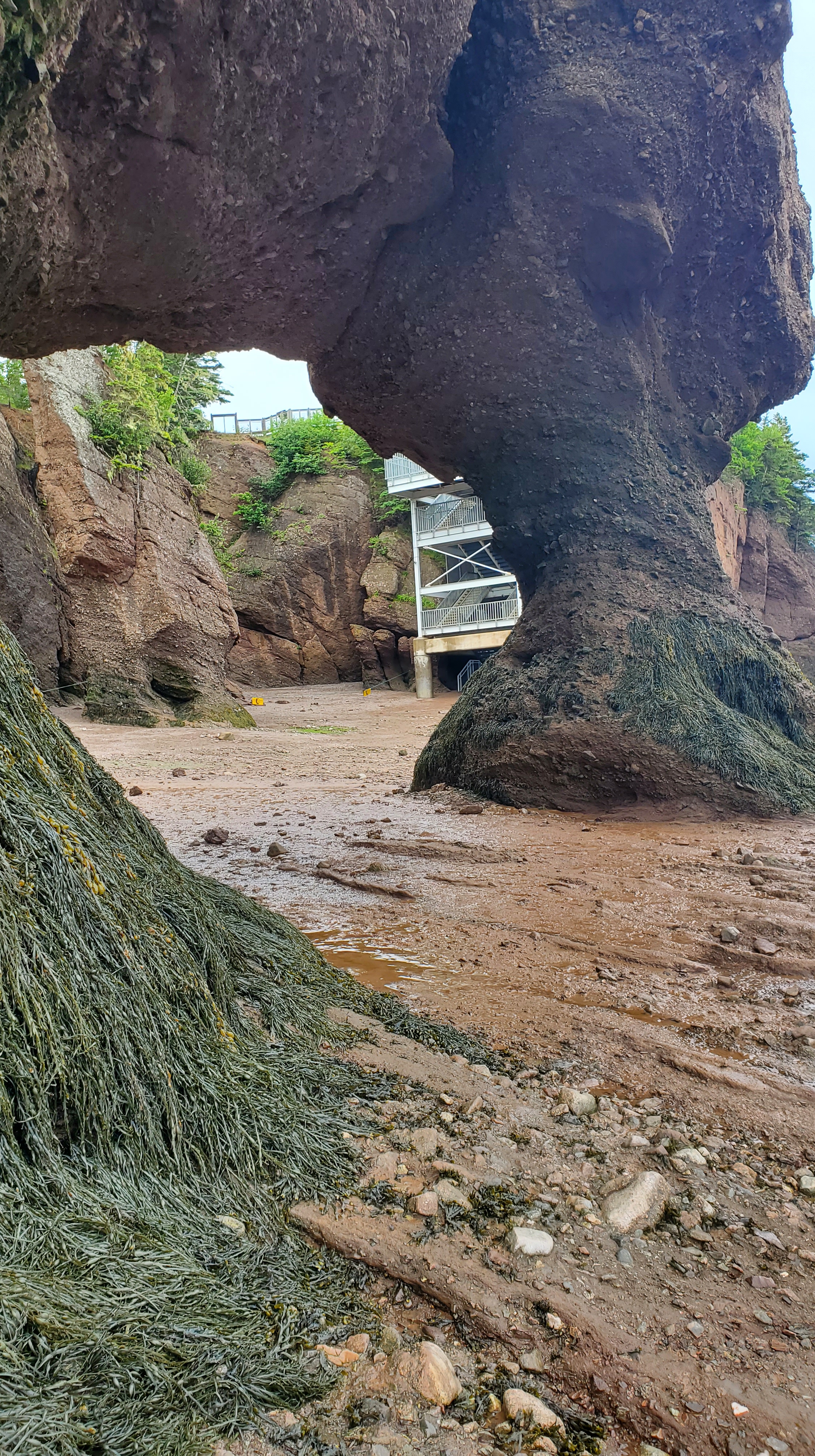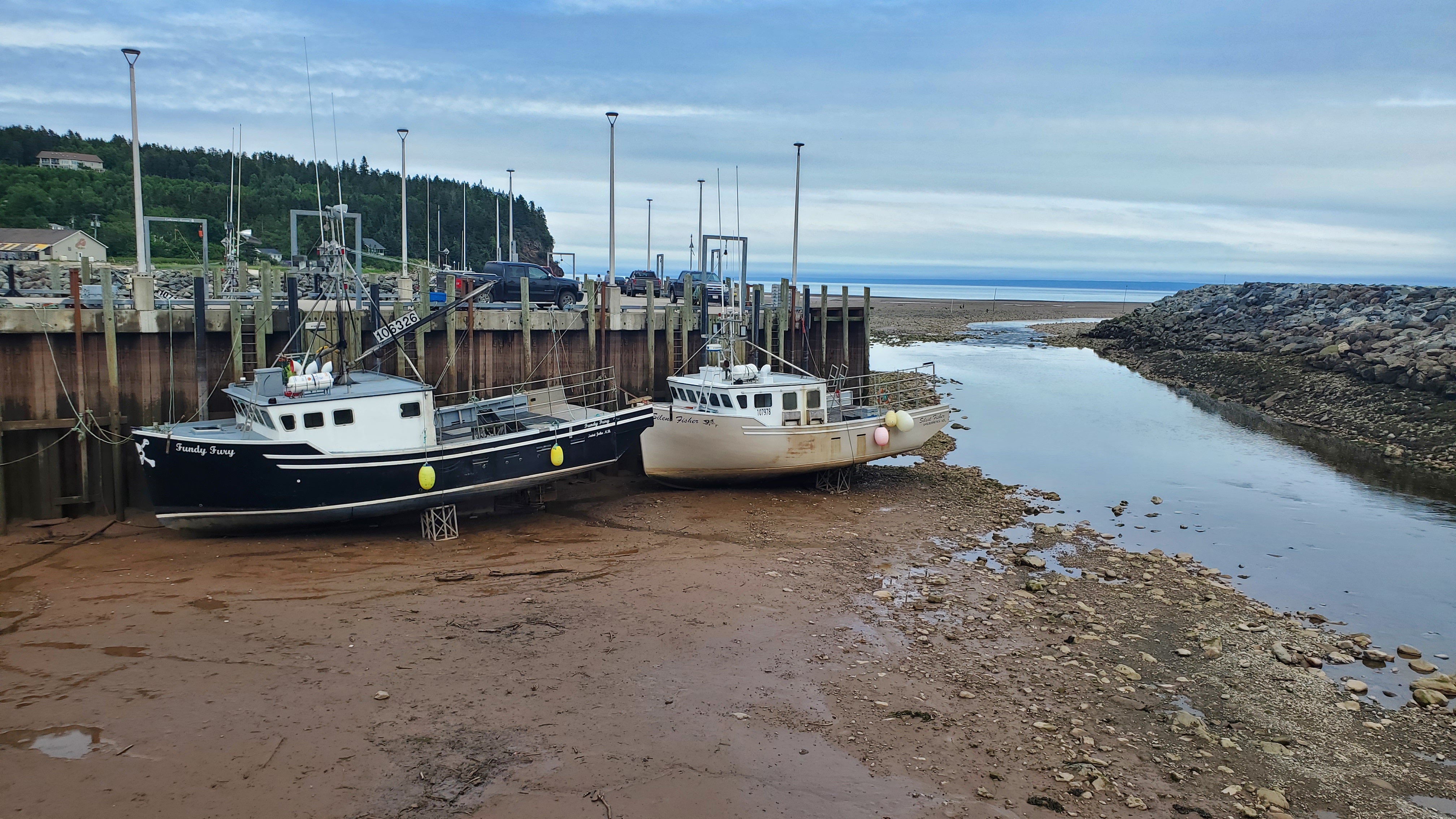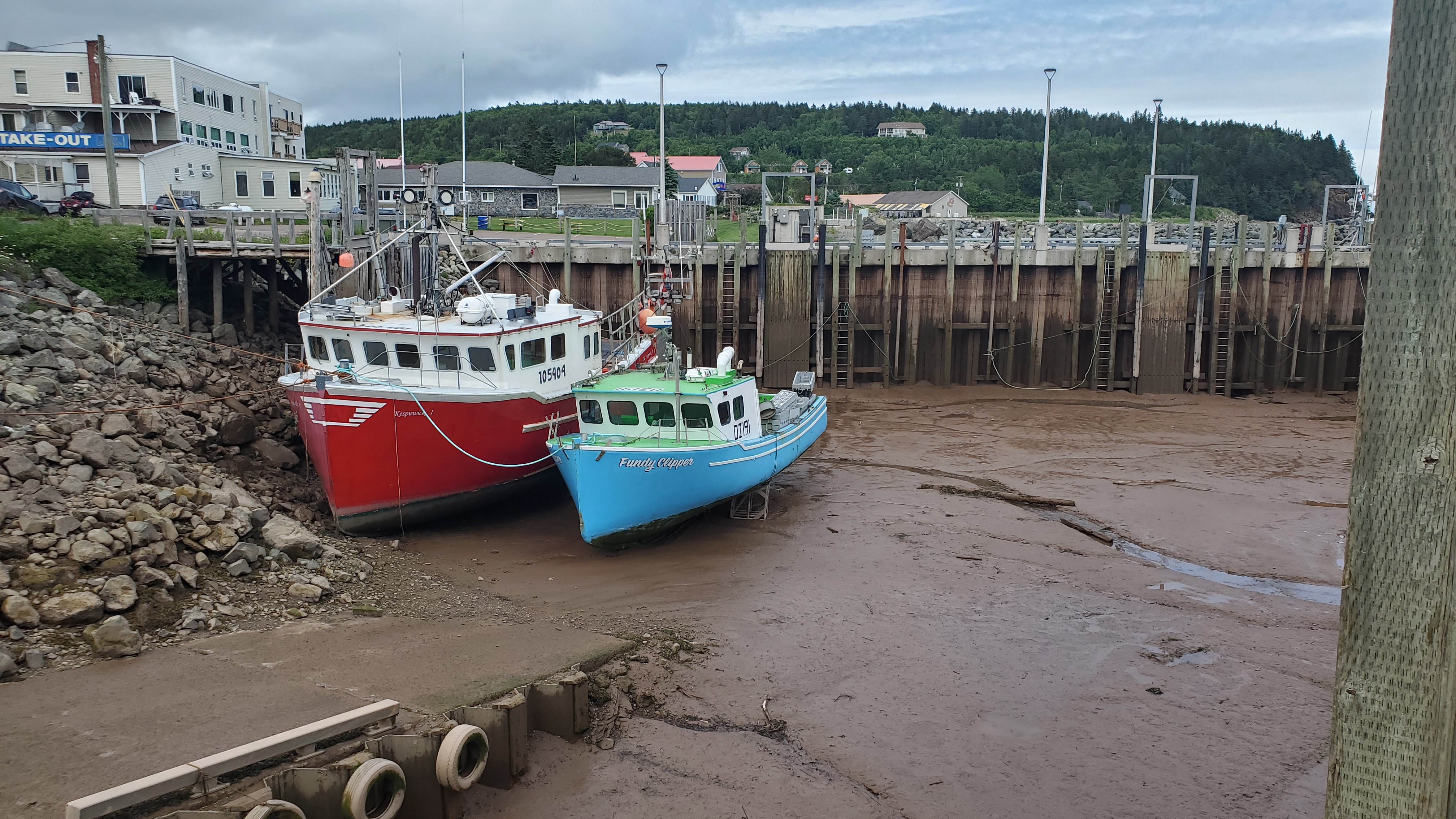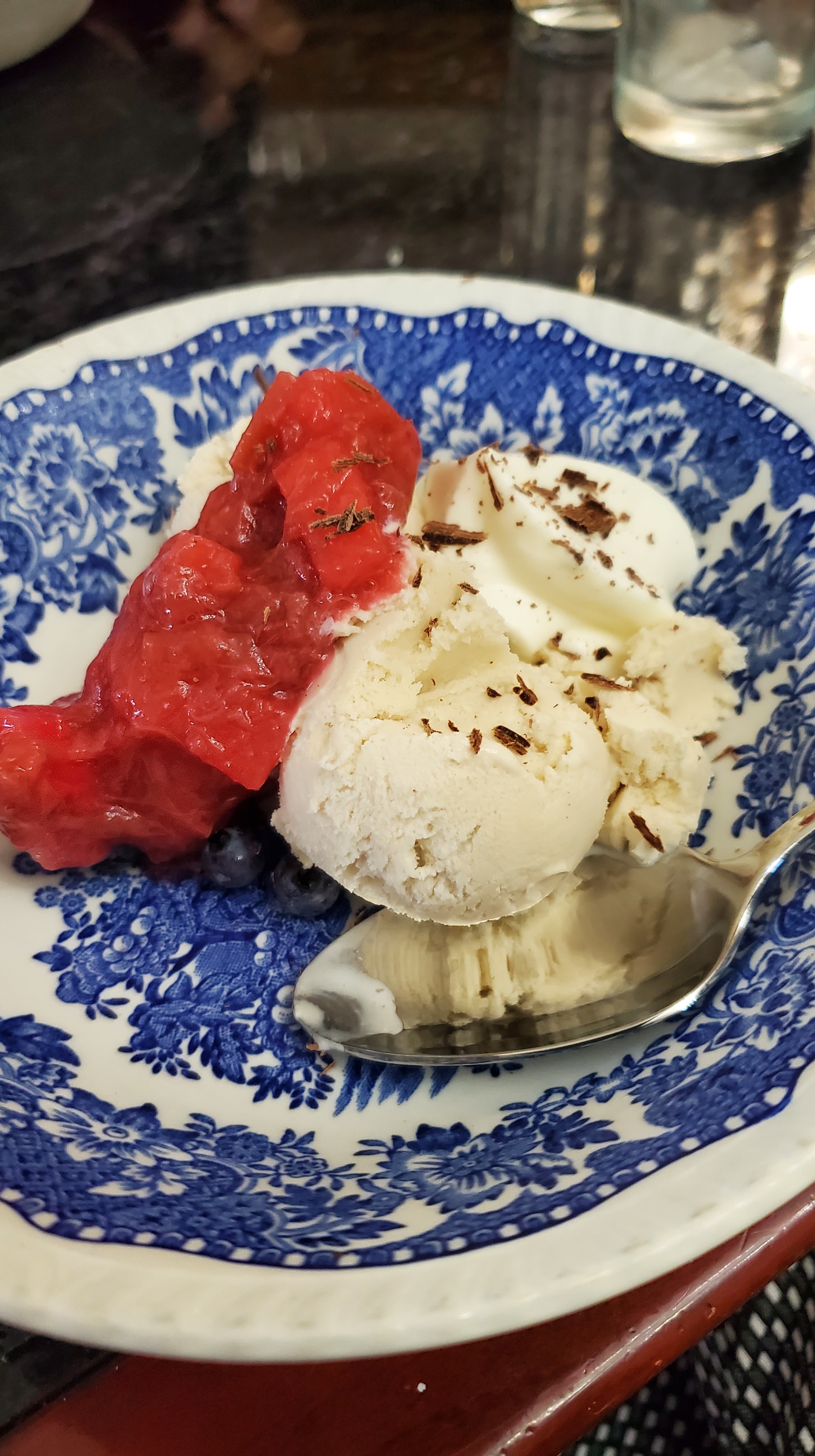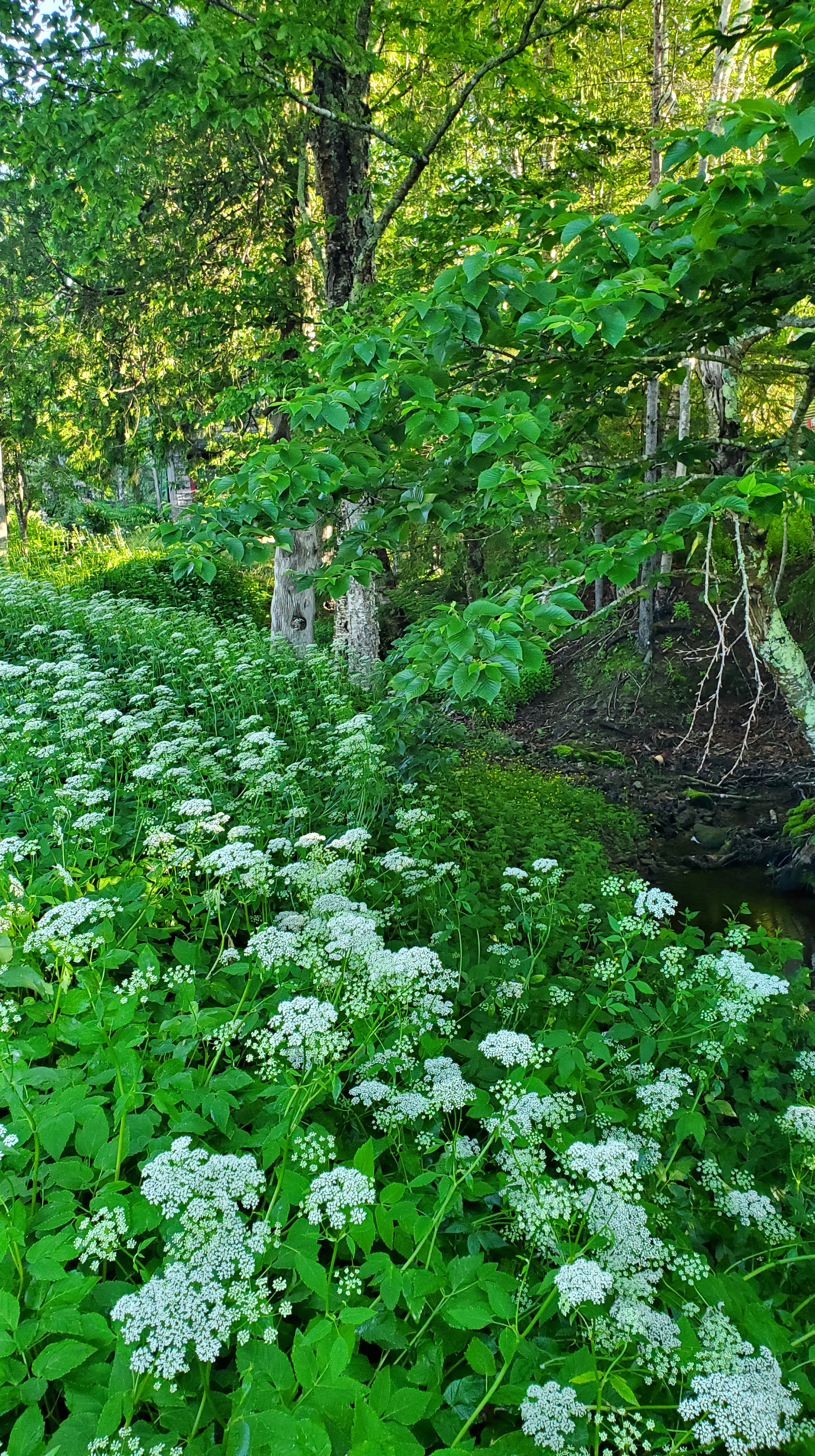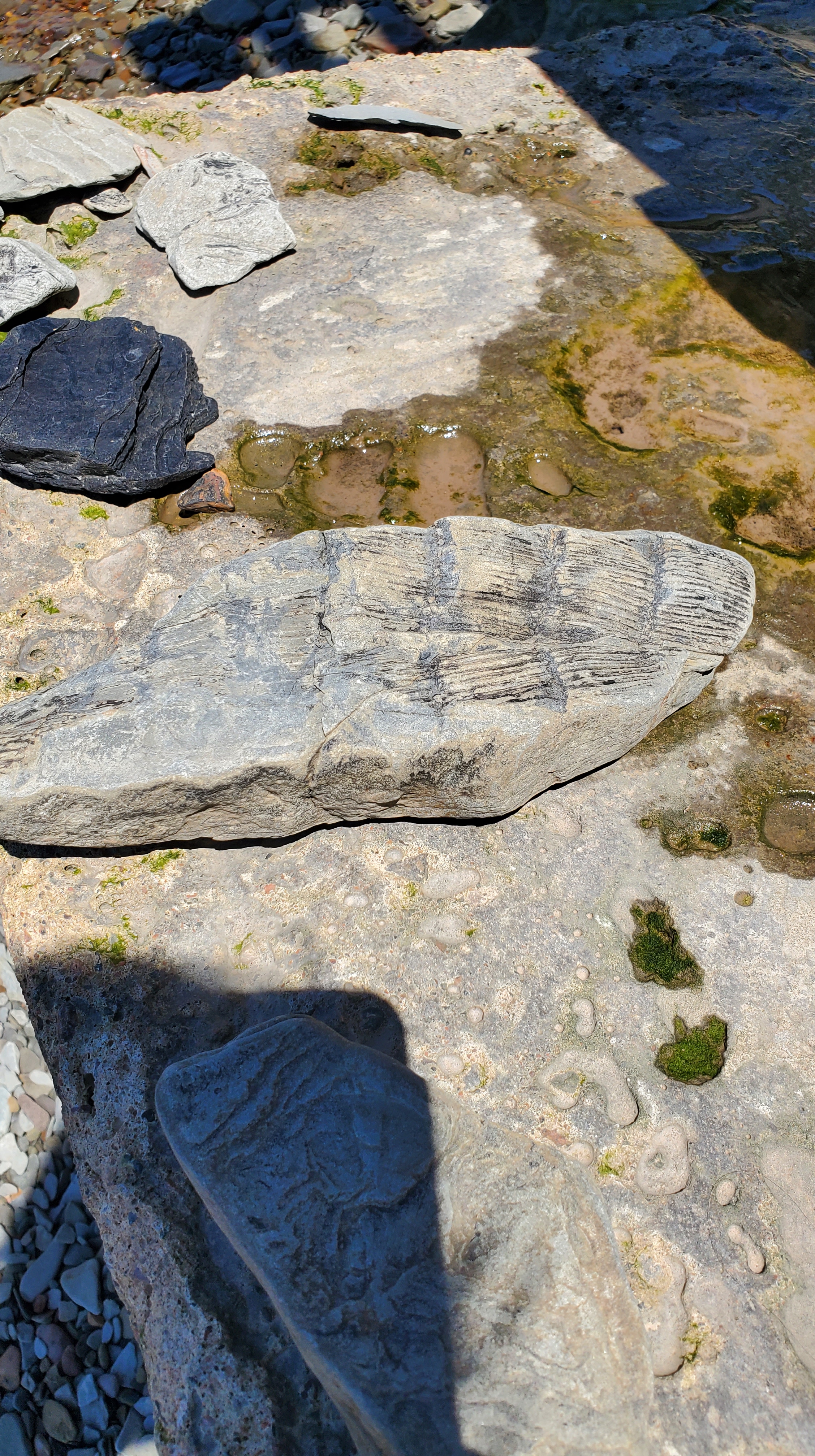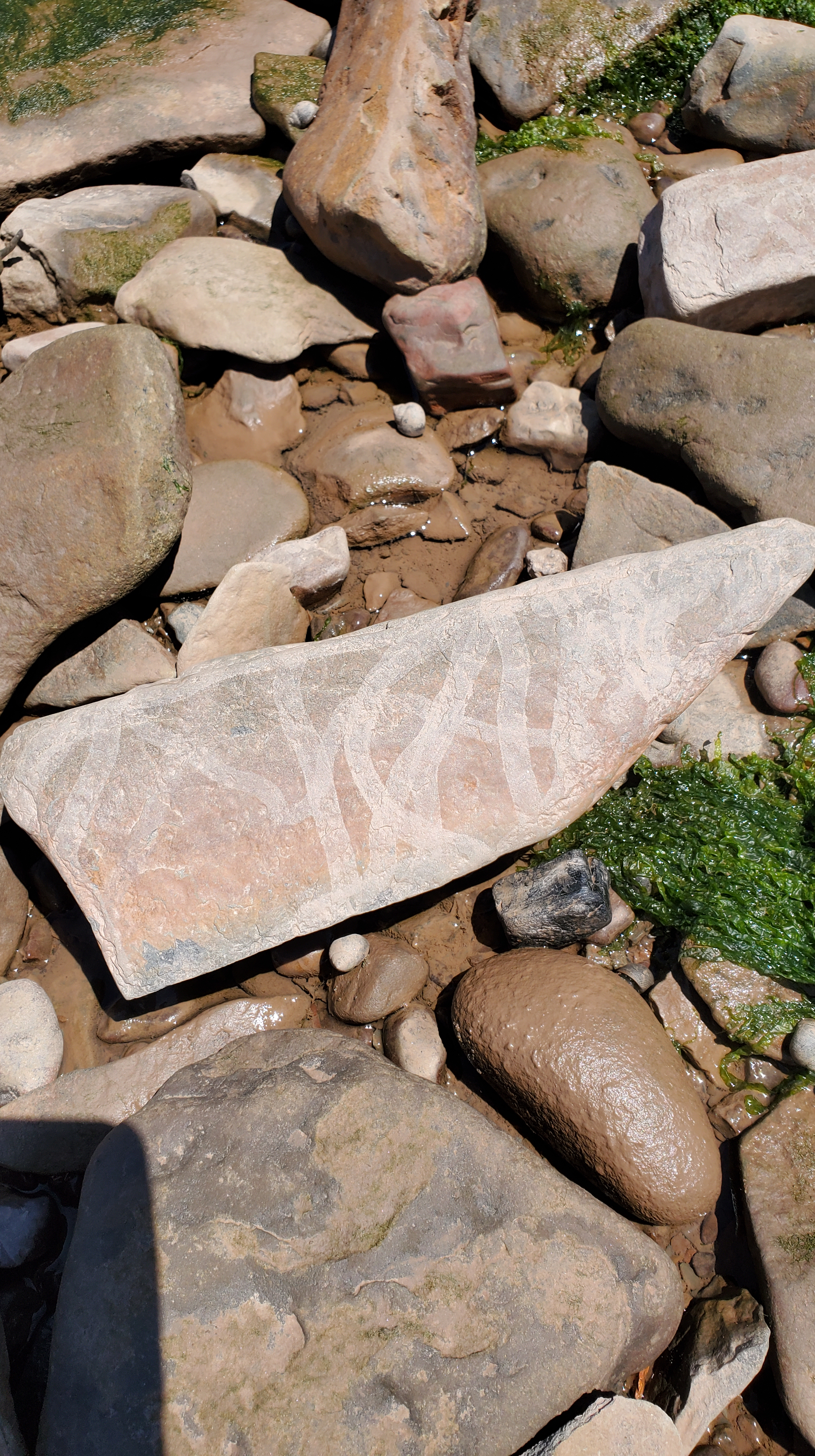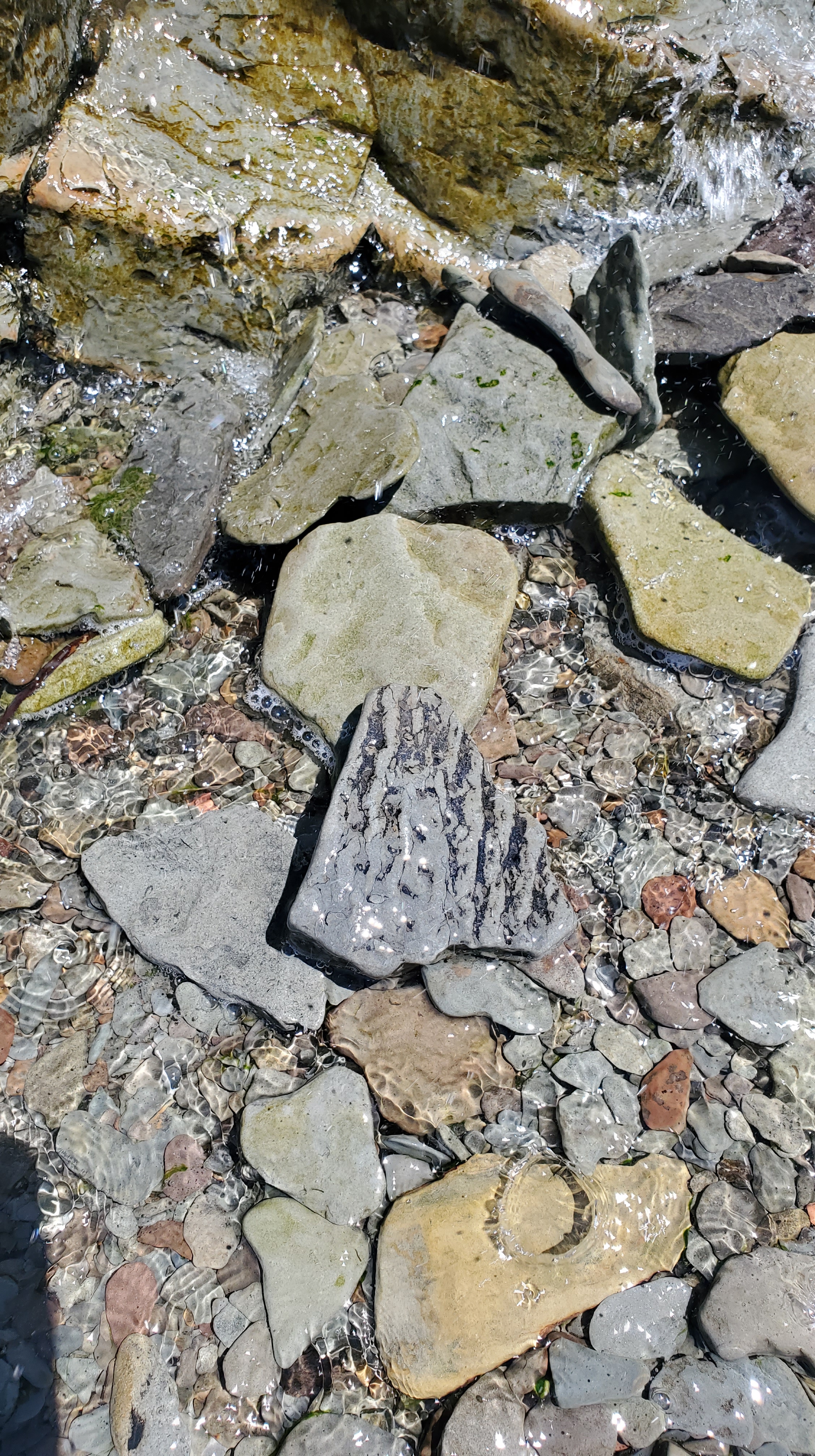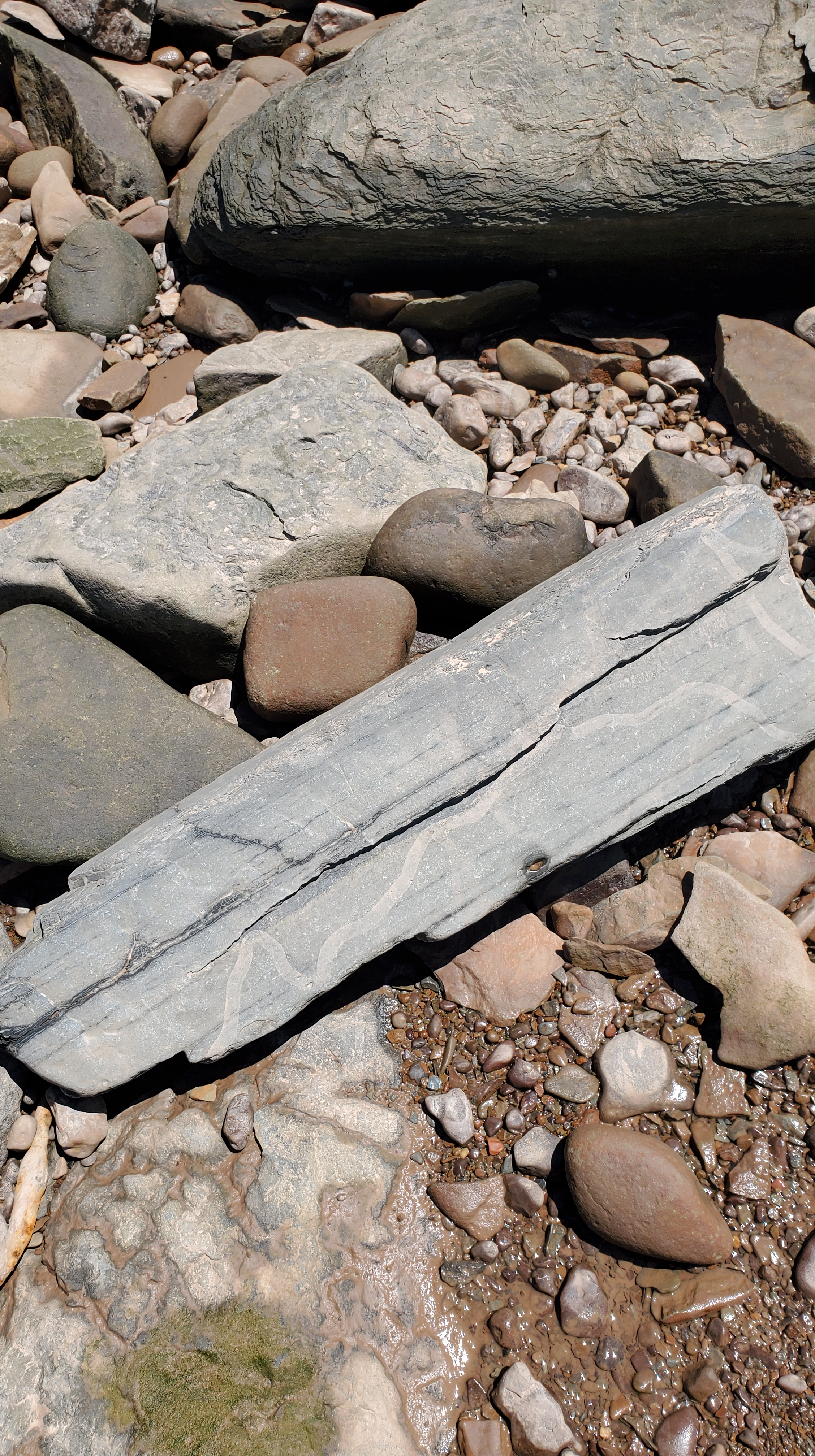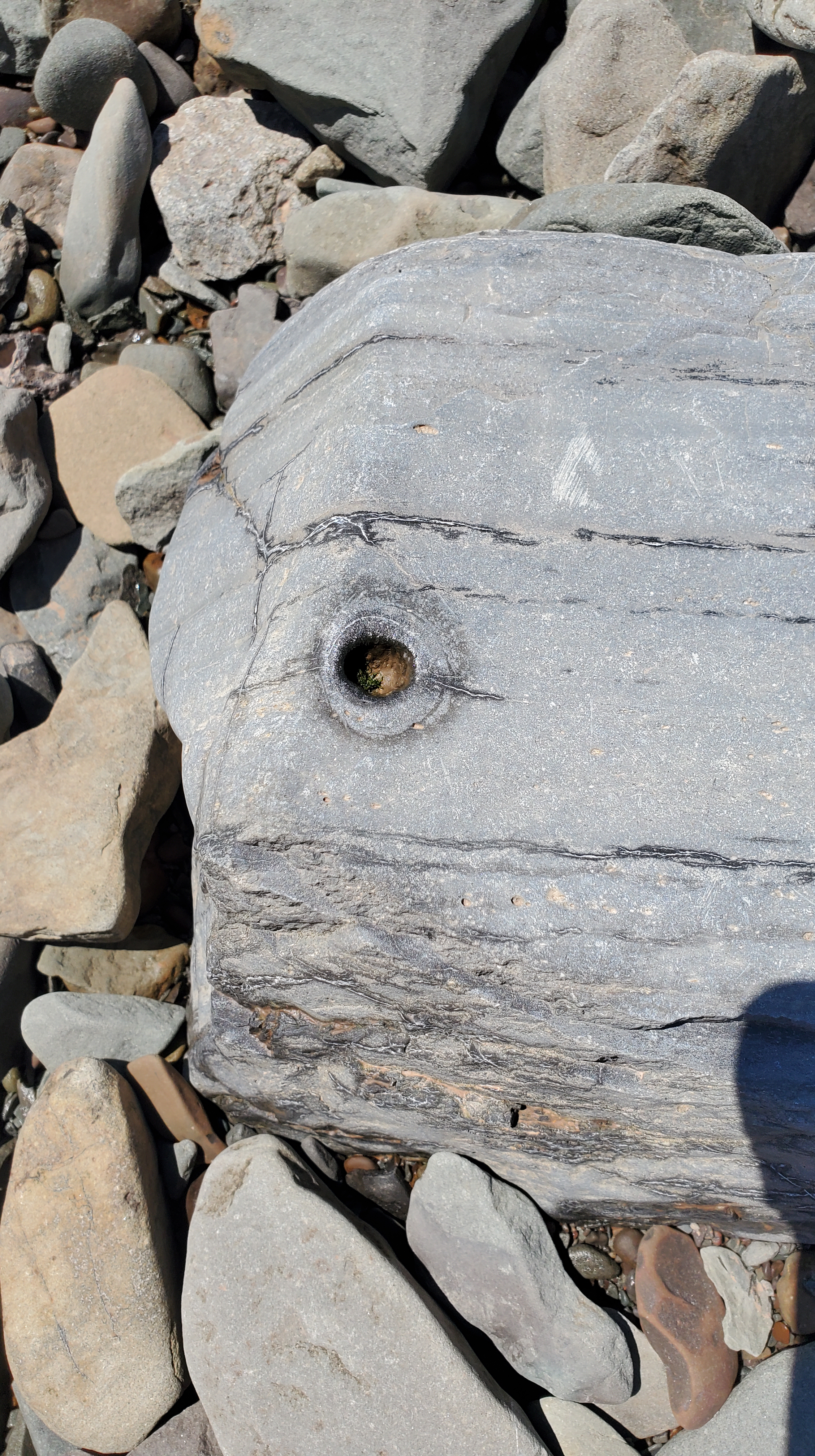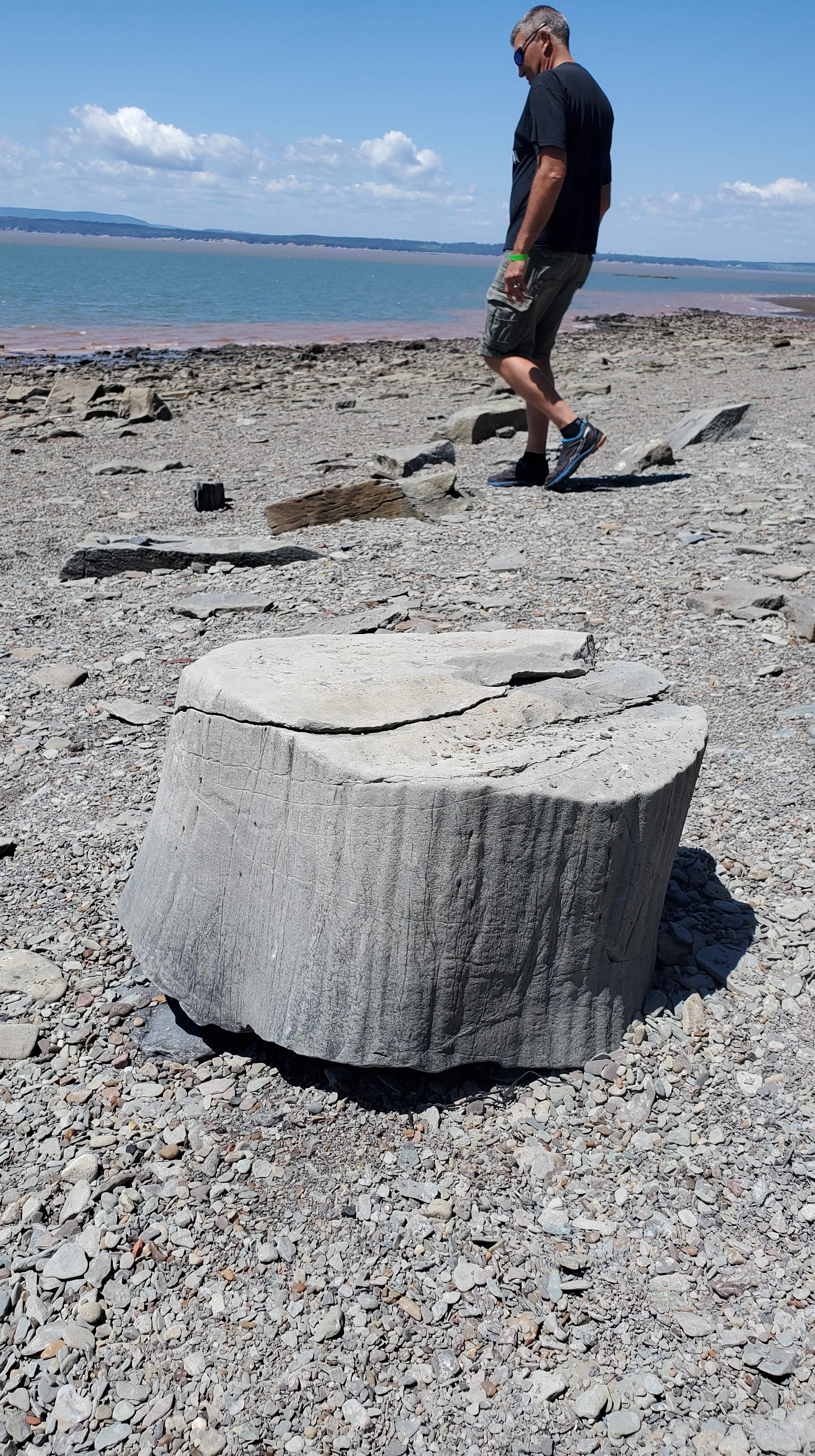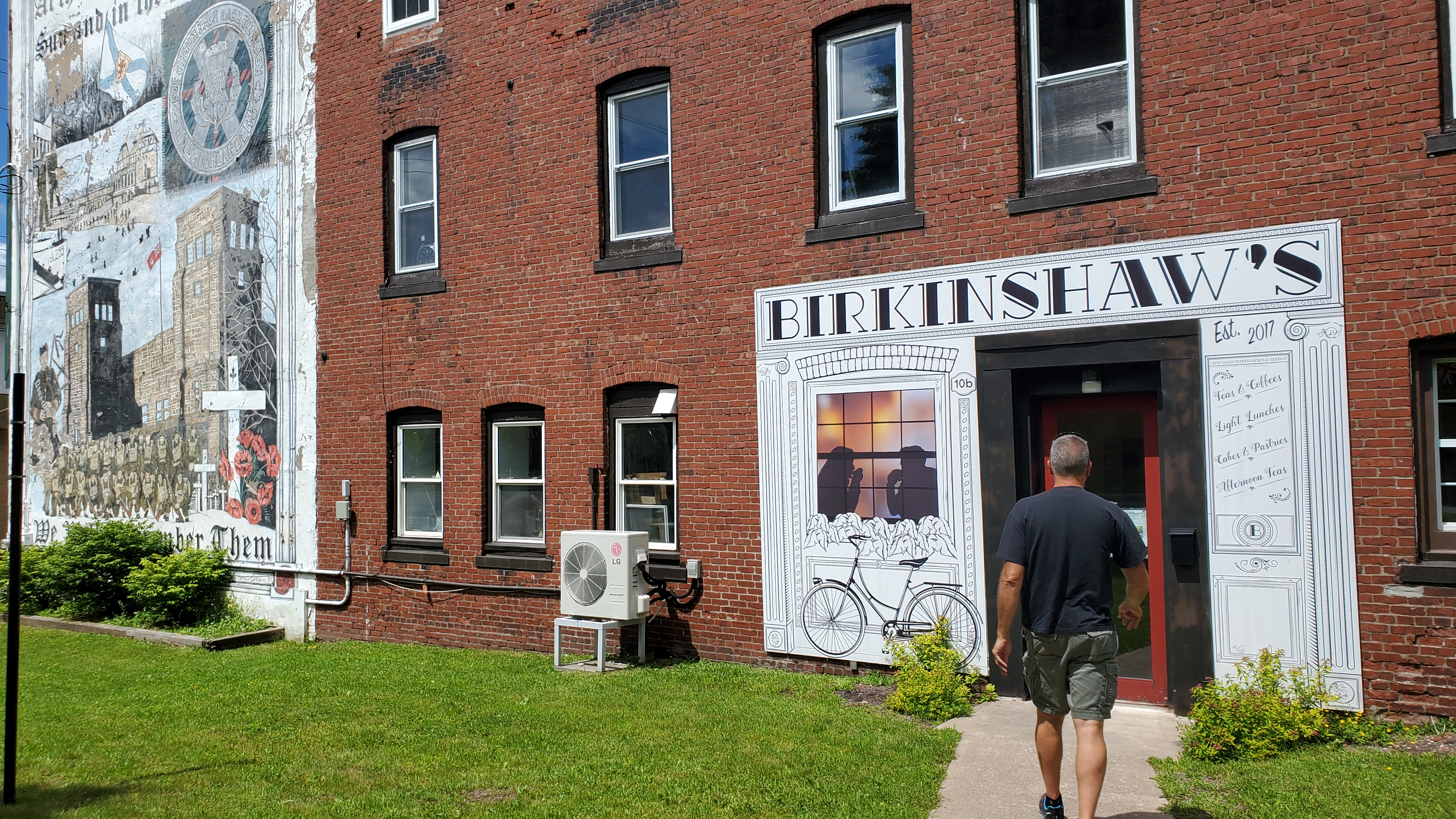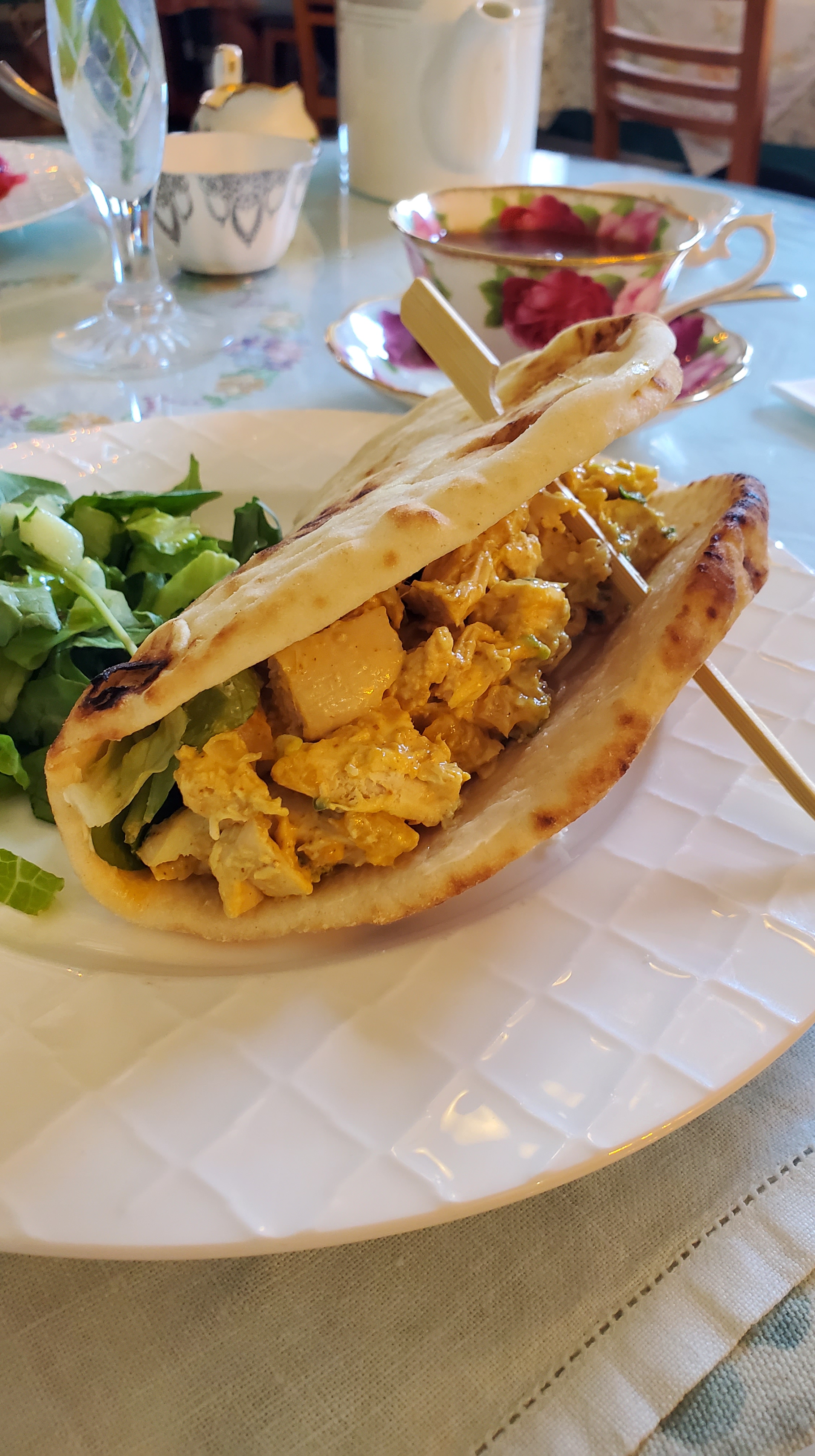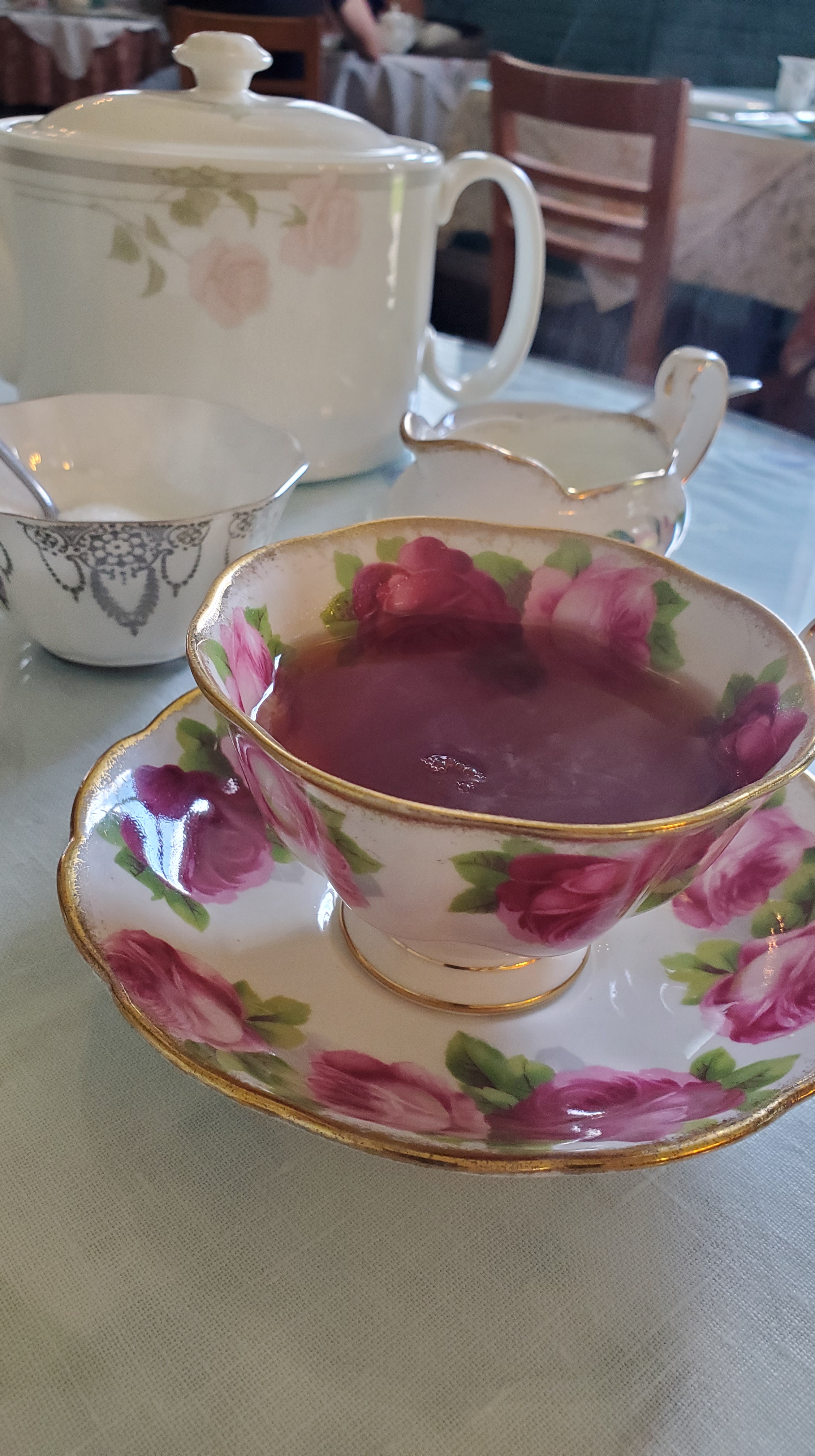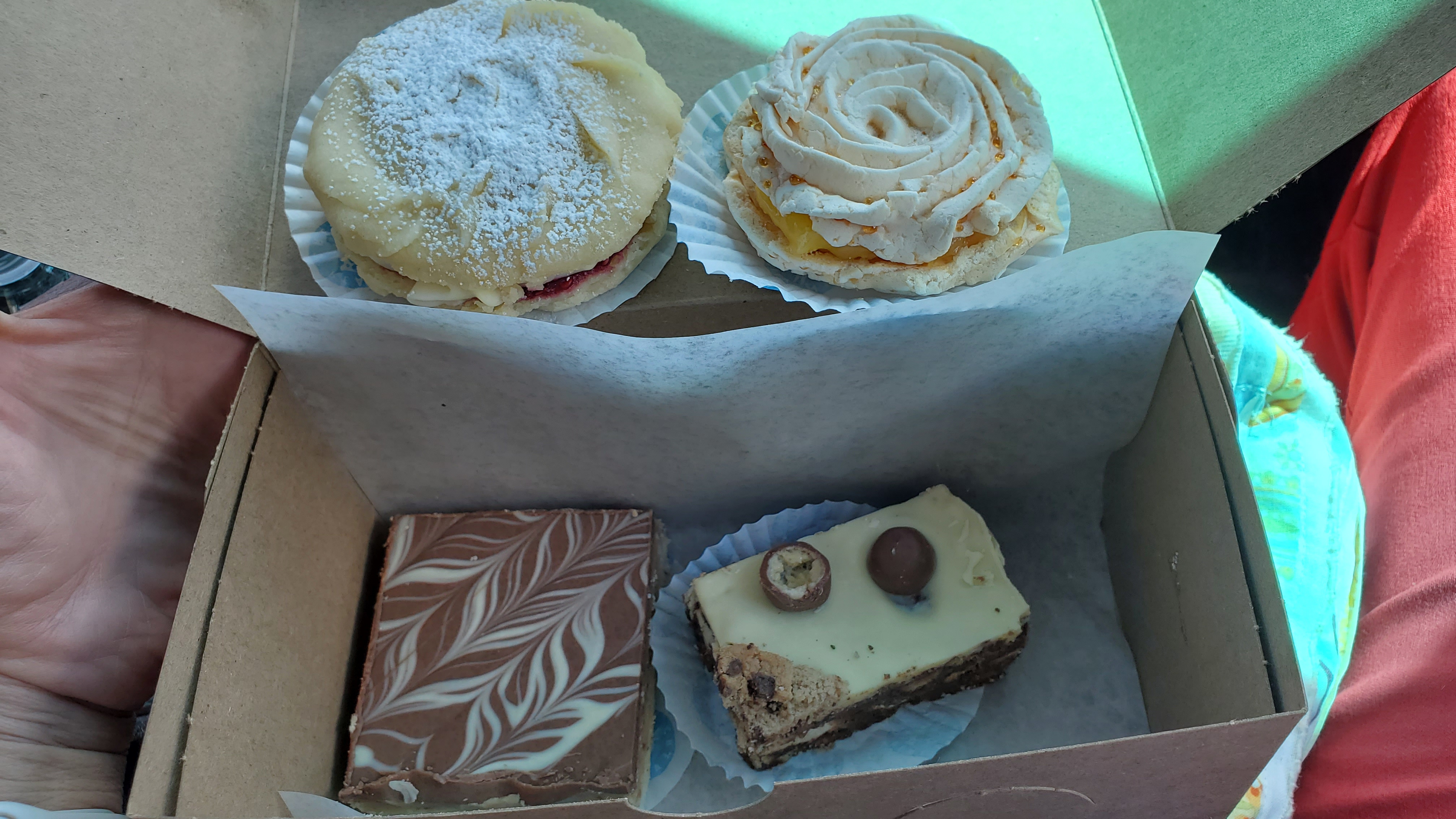It was good to get back on the bikes today, even though the forecast called for rain. We didn’t have too far to travel to our next stop, so we planned to make good time to beat the rain. Even though it was cloudy and overcast, it was still a beautiful area. We left the inn and rode through the quiet streets of Charlottetown to the connector. Yesterday was Canada Day, and there were fireworks and celebrations into the night, so the streets were pretty much deserted this morning.

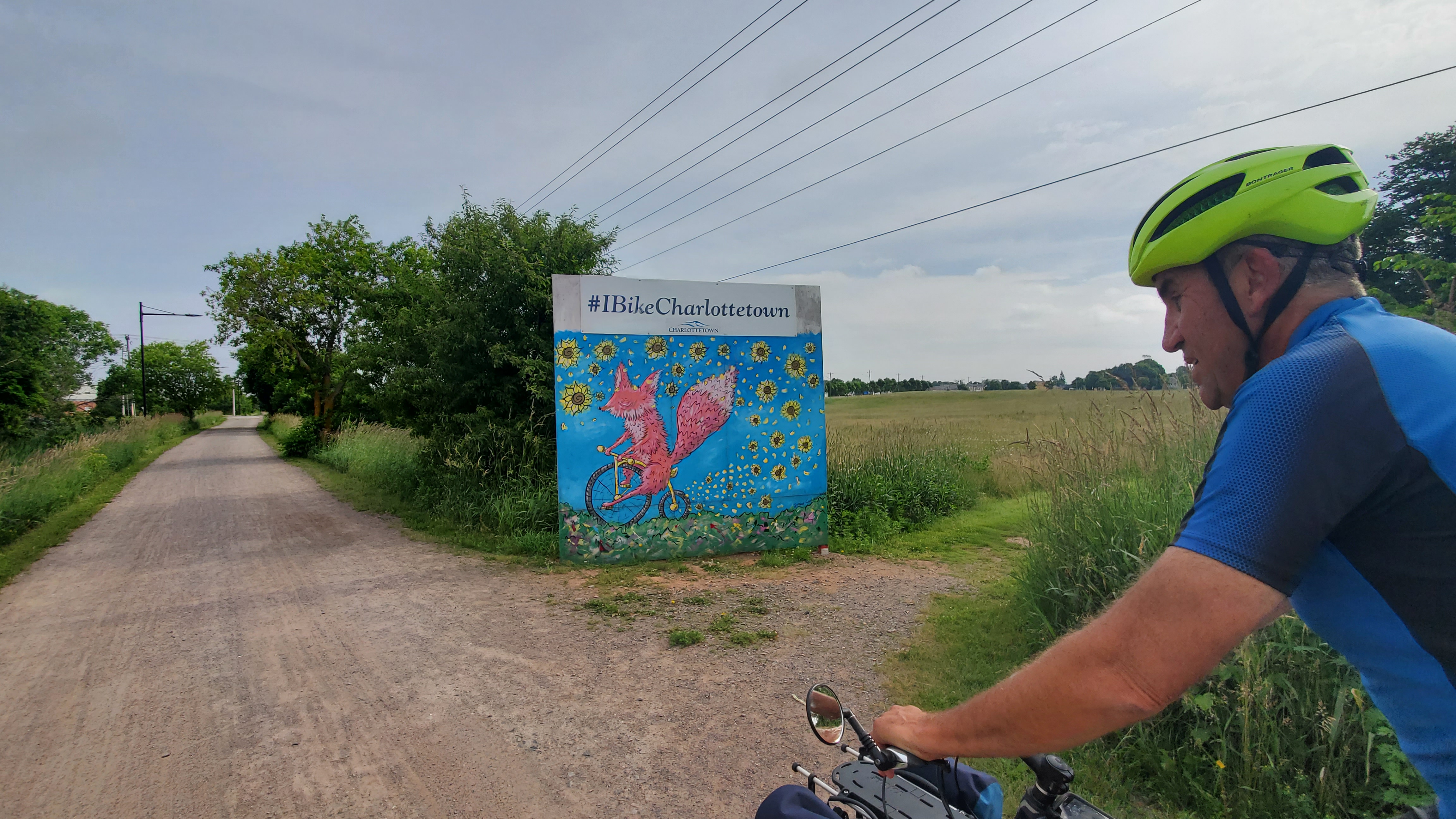
We traveled among cattle farms and fields of wildflowers.

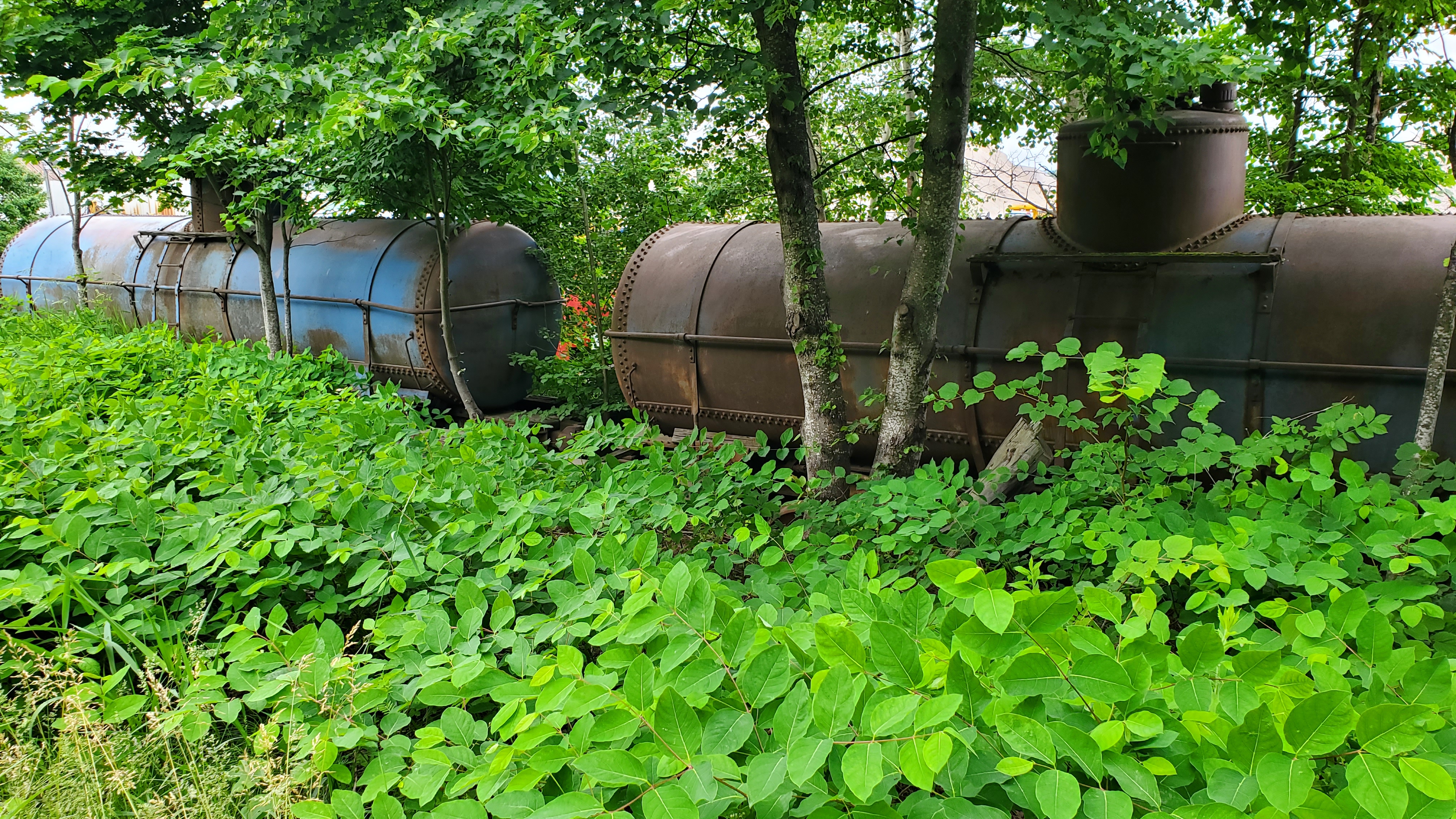
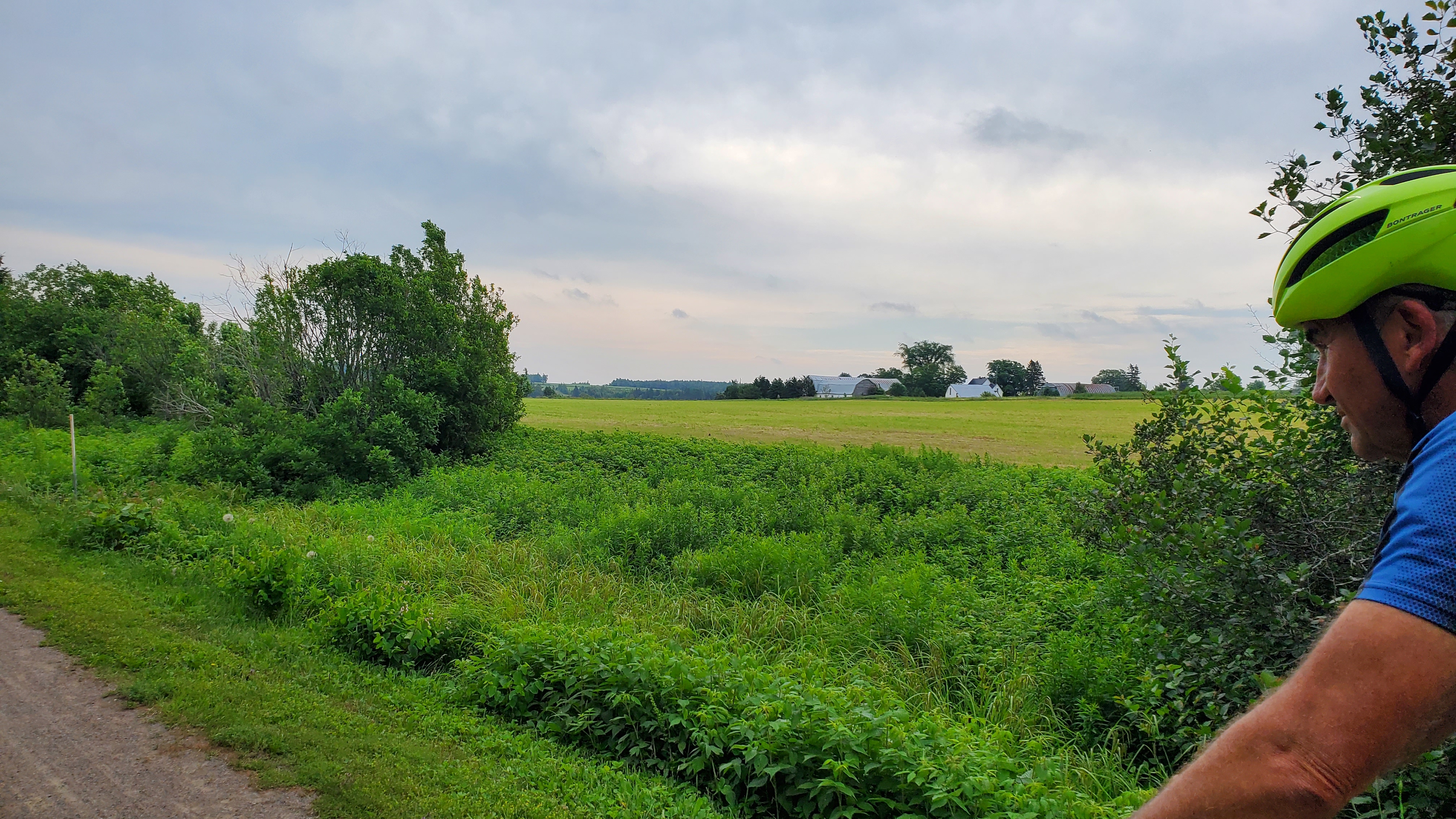


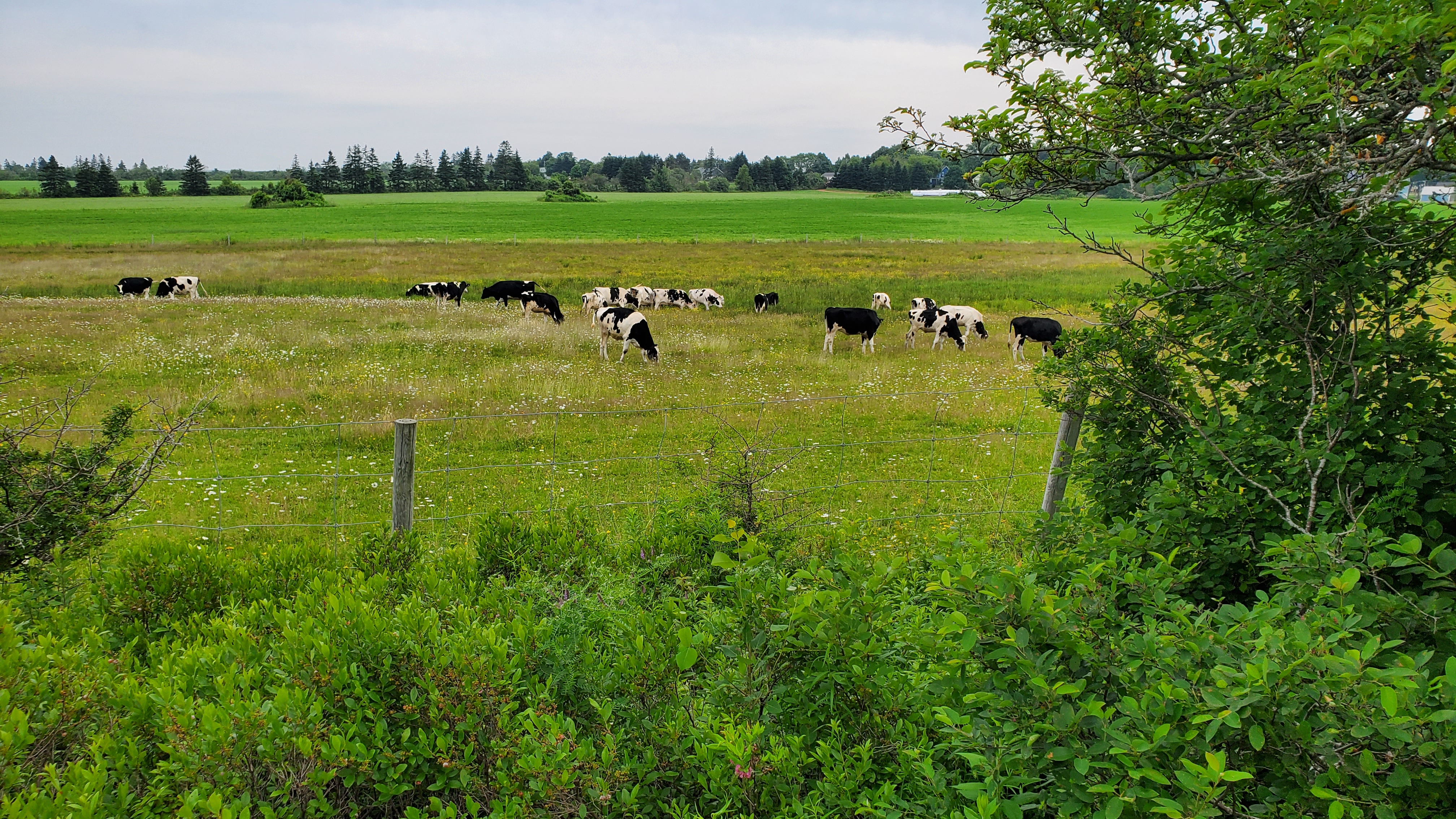
We also noticed an abundance of apple trees along the trail. Apple trees are prevalent along old railways such as the Confederation Trail. Train passengers that traveled by train around the turn of the century had to pack their lunch for the trip. Lunches often contained an apple and the core would be tossed out the train window once the apple was eaten.

We traveled along and passed an area of salt marshes. They were beautiful with the tall grasses and the twisting streams of water, bordered by wildflowers and cattails.

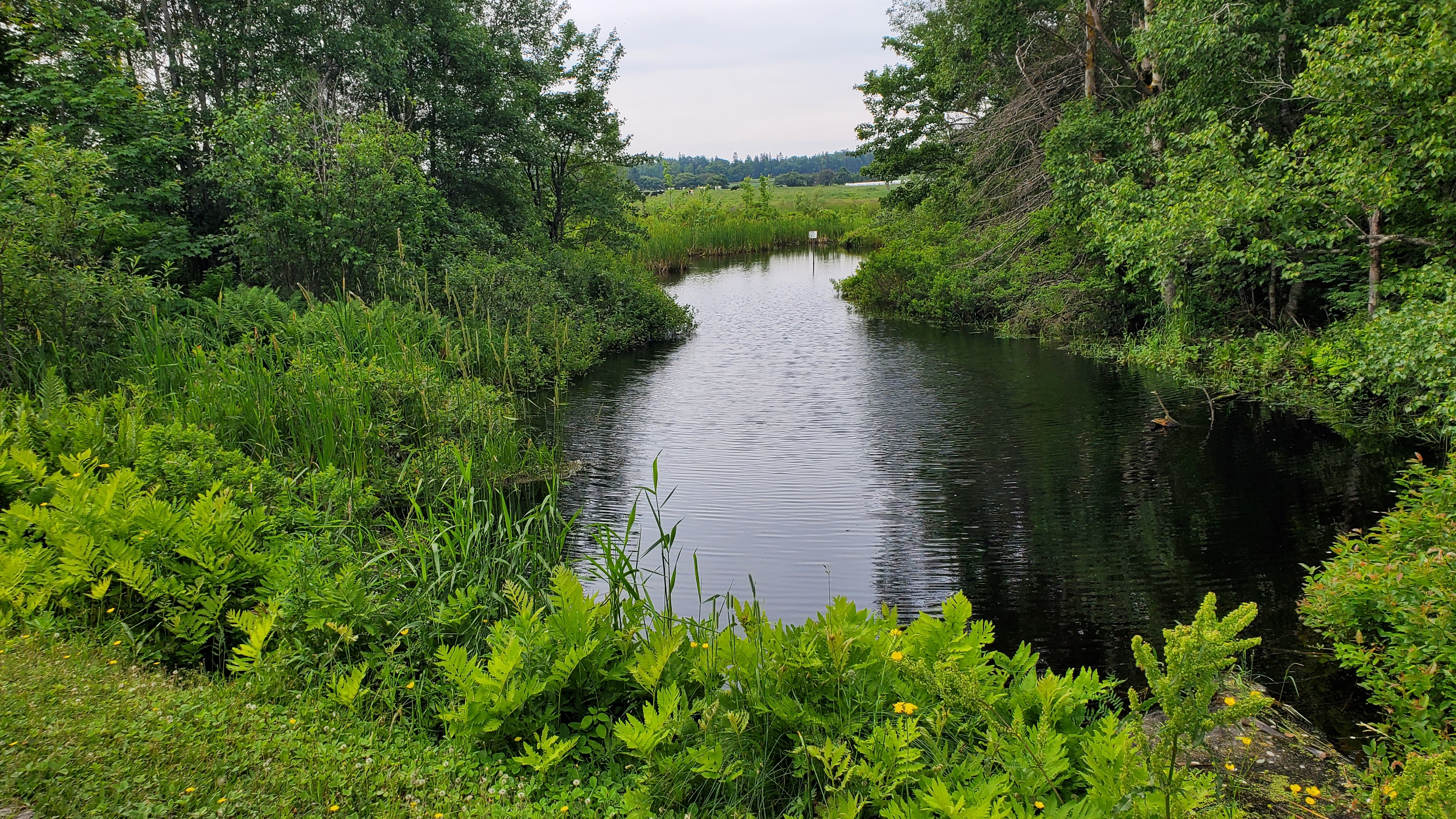




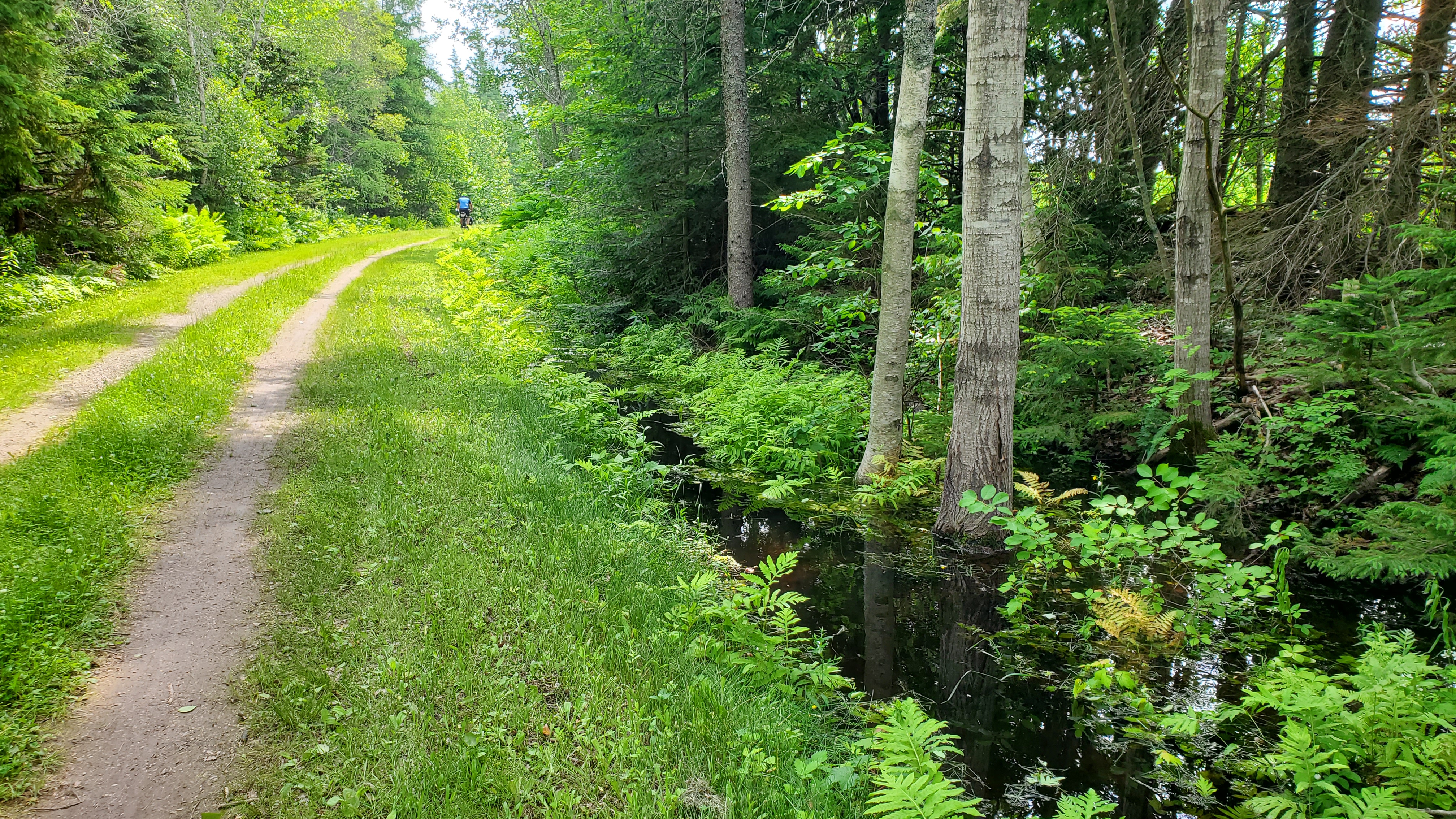
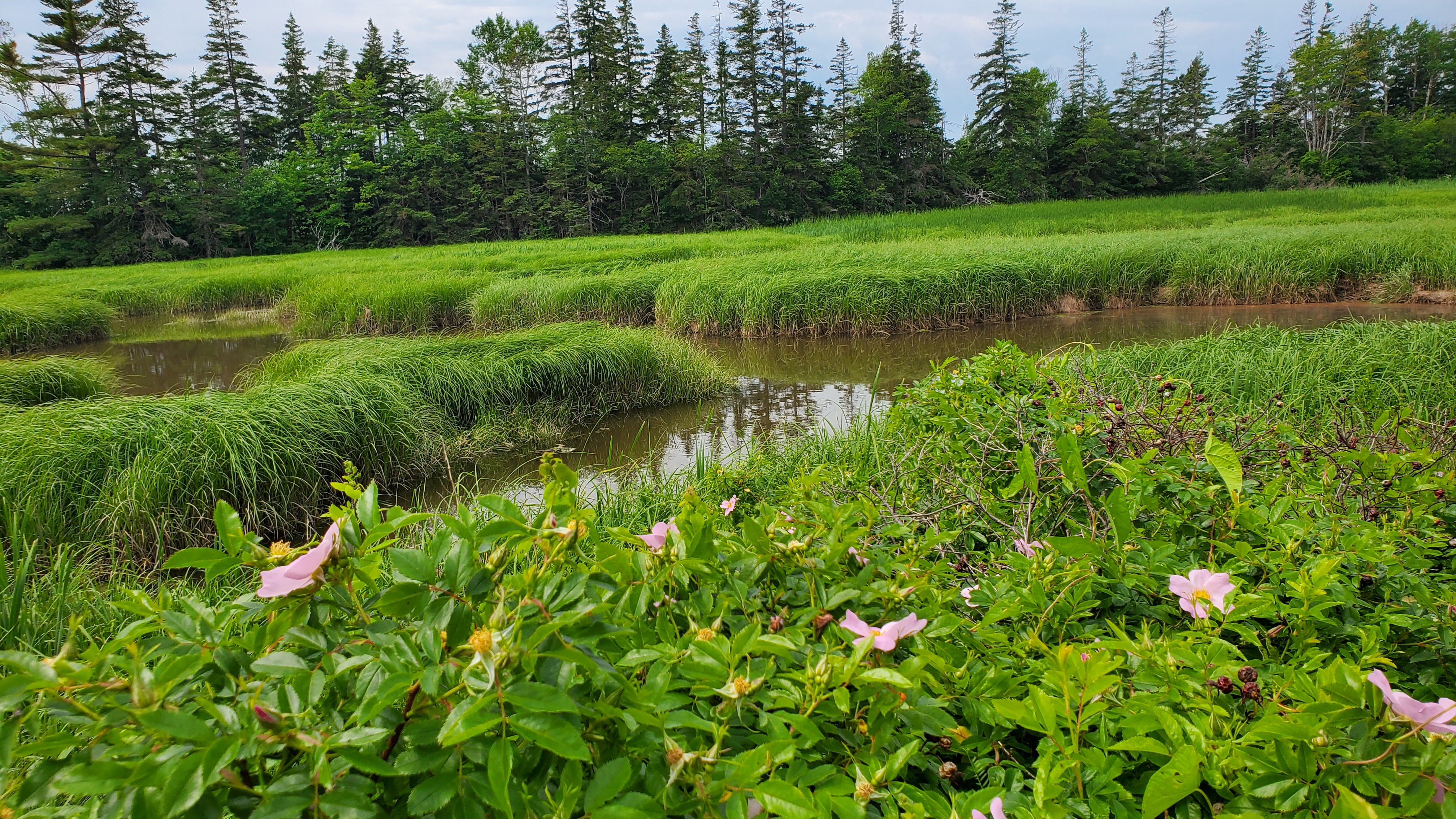
The ferns are shoulder high!

We made good time and were soon at Mt. Stewart. We knew we’d be too early to check in, so we found a local spot for lunch before pedaling the last couple of miles to the inn. Laurie’s Country Kitchen was just the spot! Our server was from Virginia! She said she liked it when she got to wait on fellow Americans because when she tells them their check will be at the counter, they know what she means, lol.
Jimmy looked over the menu and decided to eat like a local. He ordered the hot hamburger, not to be confused with the hamburger also listed on the menu. He was not disappointed! A hot hamburger consists of 2 thick pieces of bread with a hamburger patty between, topped with peas, gravy, and caramelized onions. It is served with vegetables and fries! He loved it!


Just as we finished eating, it began to sprinkle, so we did our best to beat the rain, and we were so close! We were within a mile of our turn when the skies opened up. We grabbed our rain gear and kept pedaling. We took cover under a trailside shelter within sight of the path to the inn.


The rain didn’t stop so we just trudged on up the hill to the inn. There was a grassy path that led from the trail to a dead end road, and the road led to the inn.

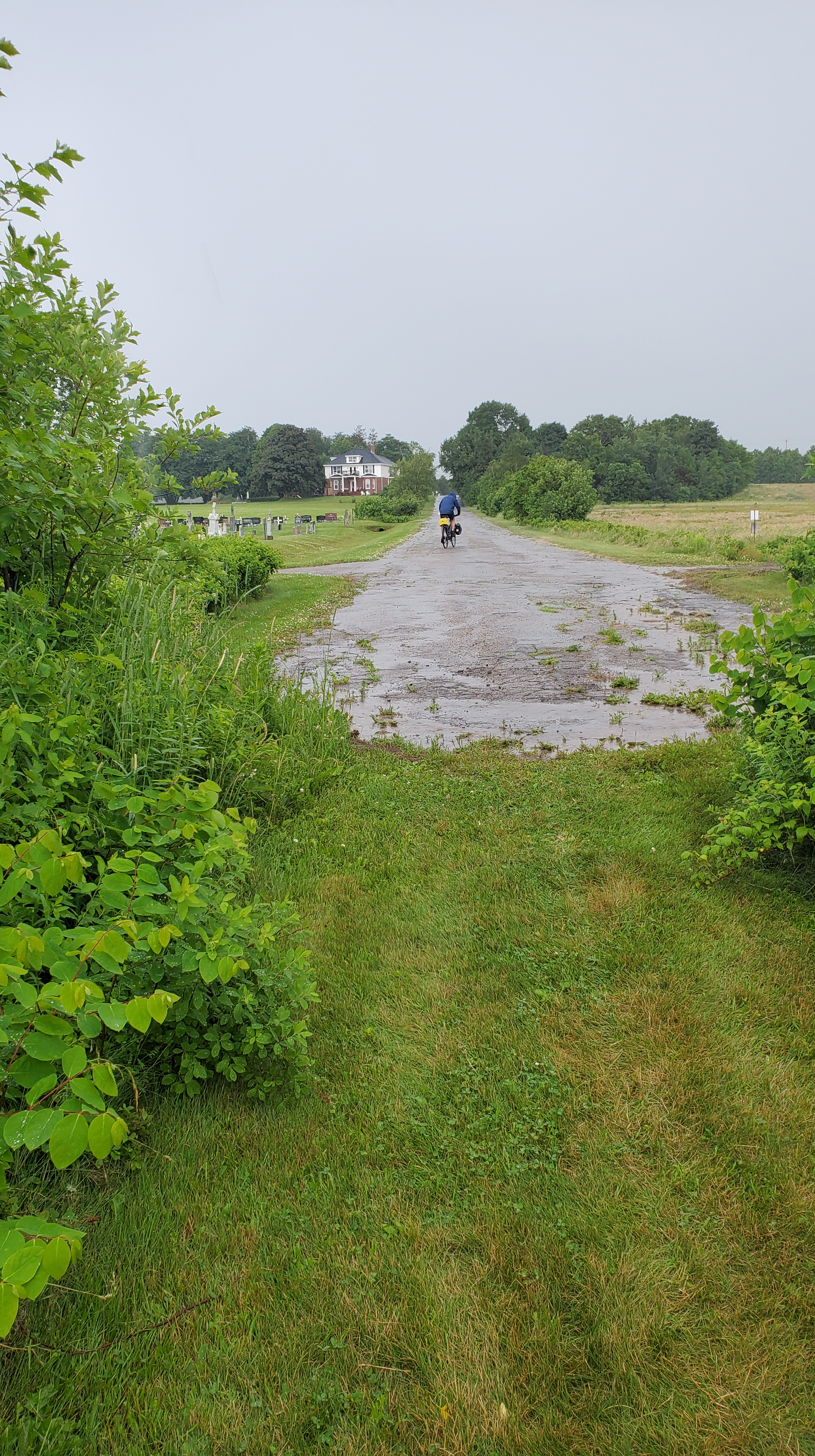
We were certainly happy to see Bishop’s Rest and get out of our wet clothing. The house once served as a parochial home for St. Andrews Church next door, and when the innkeepers bought it, it had been vacant for 15 years. They’d driven past the house many times and even wished to own a place such as this, but knew it would never go up for sale since it was owned by the church. One day when they drove by, a little for sale sign was in the yard and they called and made an offer. Today, Sarah runs the B&B, and Ben runs a bakery above the garage. We were greeted by Ben when we arrived and allowed to store our bikes in the garage.

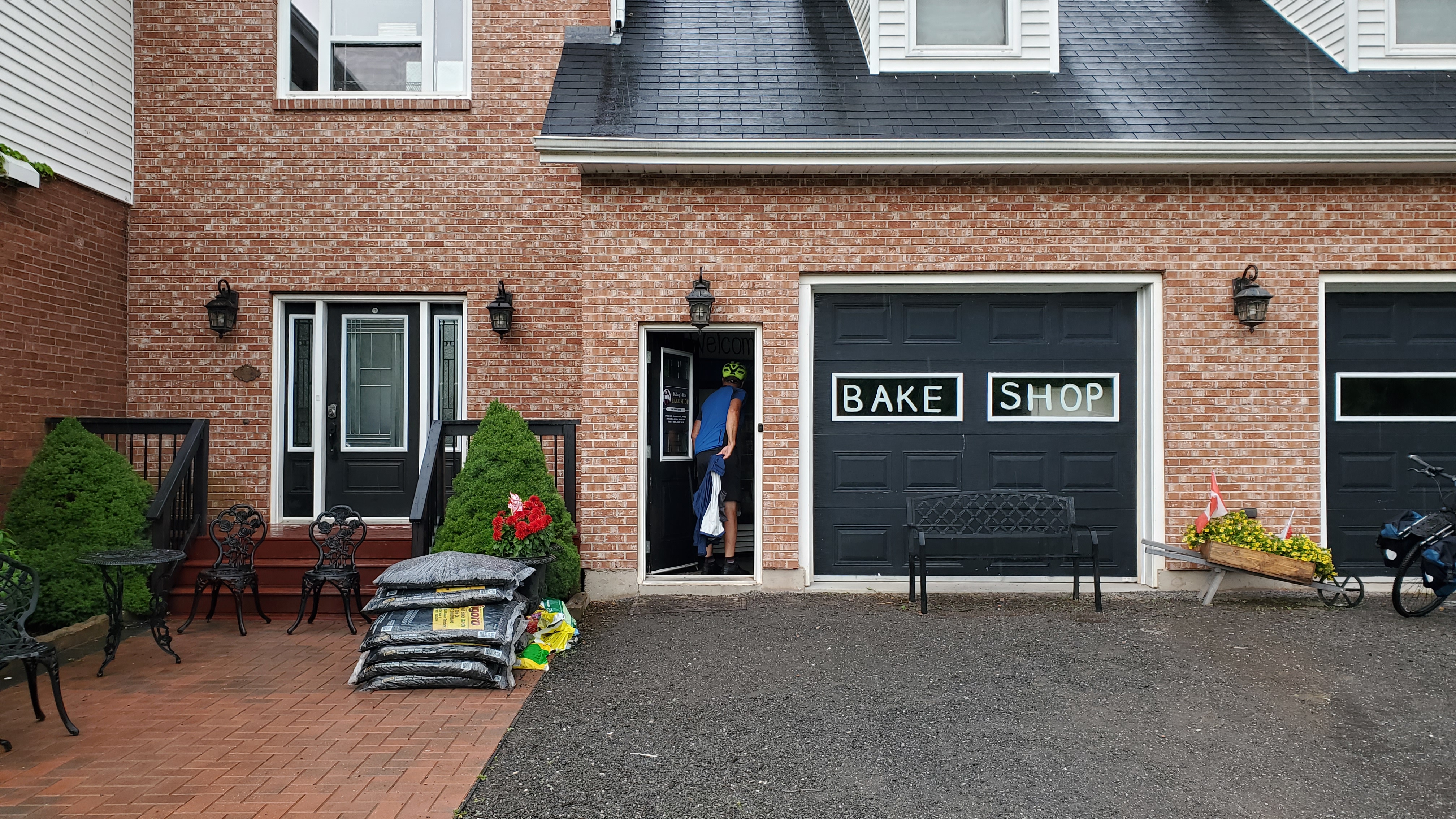

The house is in a beautiful location on a hill overlooking the church cemetery and the Hillsborough River.



We went up to our room and changed out of our wet clothes and placed our order for dinner. Ben is a chef and offers dinner for guests if needed. There was a great selection of entrees, including his homemade pizza, but we decided on the salmon. It was so good and so good not to have to get out on the bikes in the rain and try to find dinner! There really aren’t too many restaurant options around, and being situated on the Confederation Trail brings them many bikers and walkers. So they decided to use Ben’s skills and offer an evening meal option and see how it went. I think it’s been a big success!



Ben also operates a bakery on site. It is a self-serve bakery based on the honor system. Another bonus to staying here is the smell of freshly baking bread! Breakfast items are placed out the night before and I was excited to see an assortment of Ben’s bakery items.
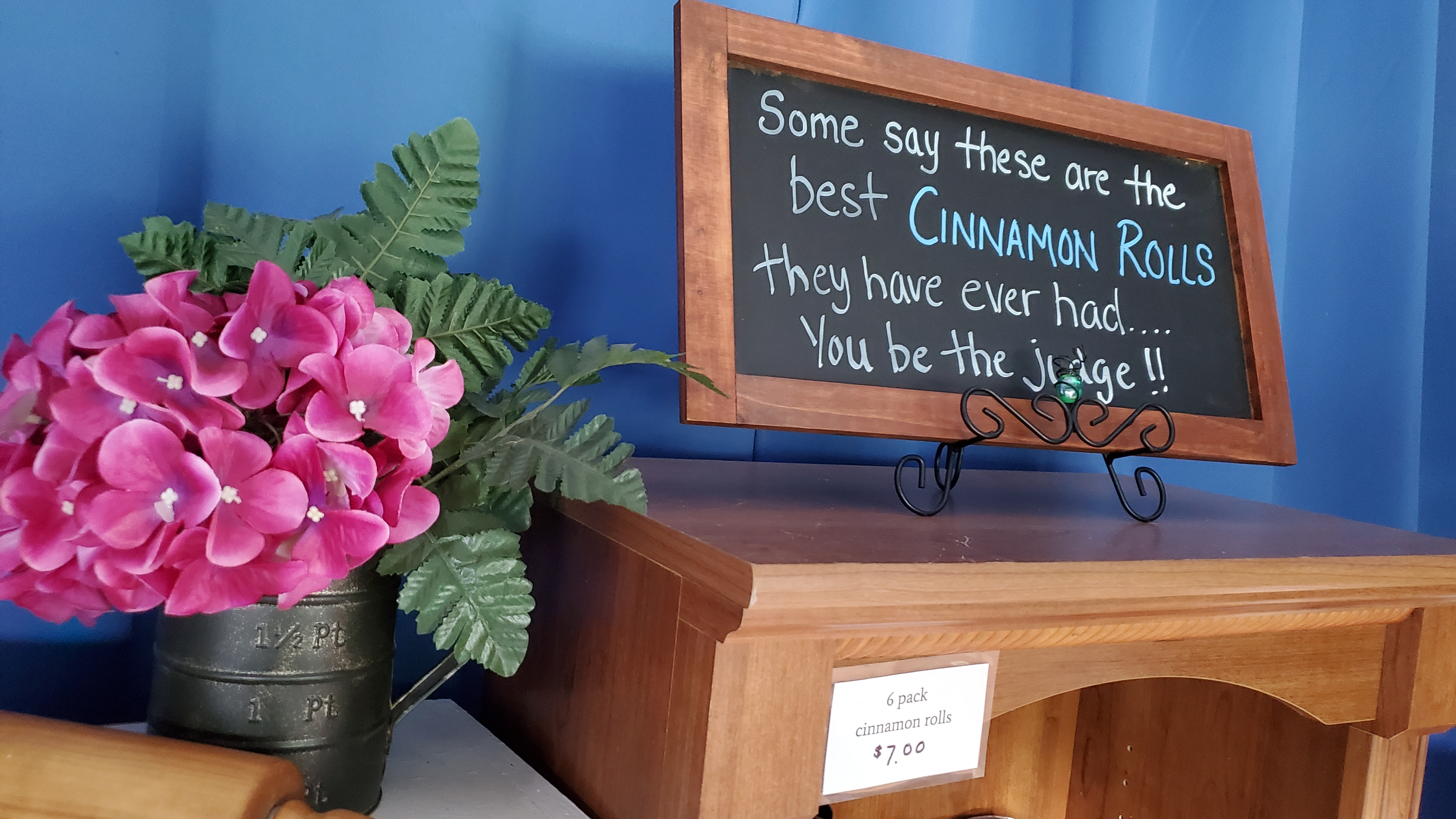
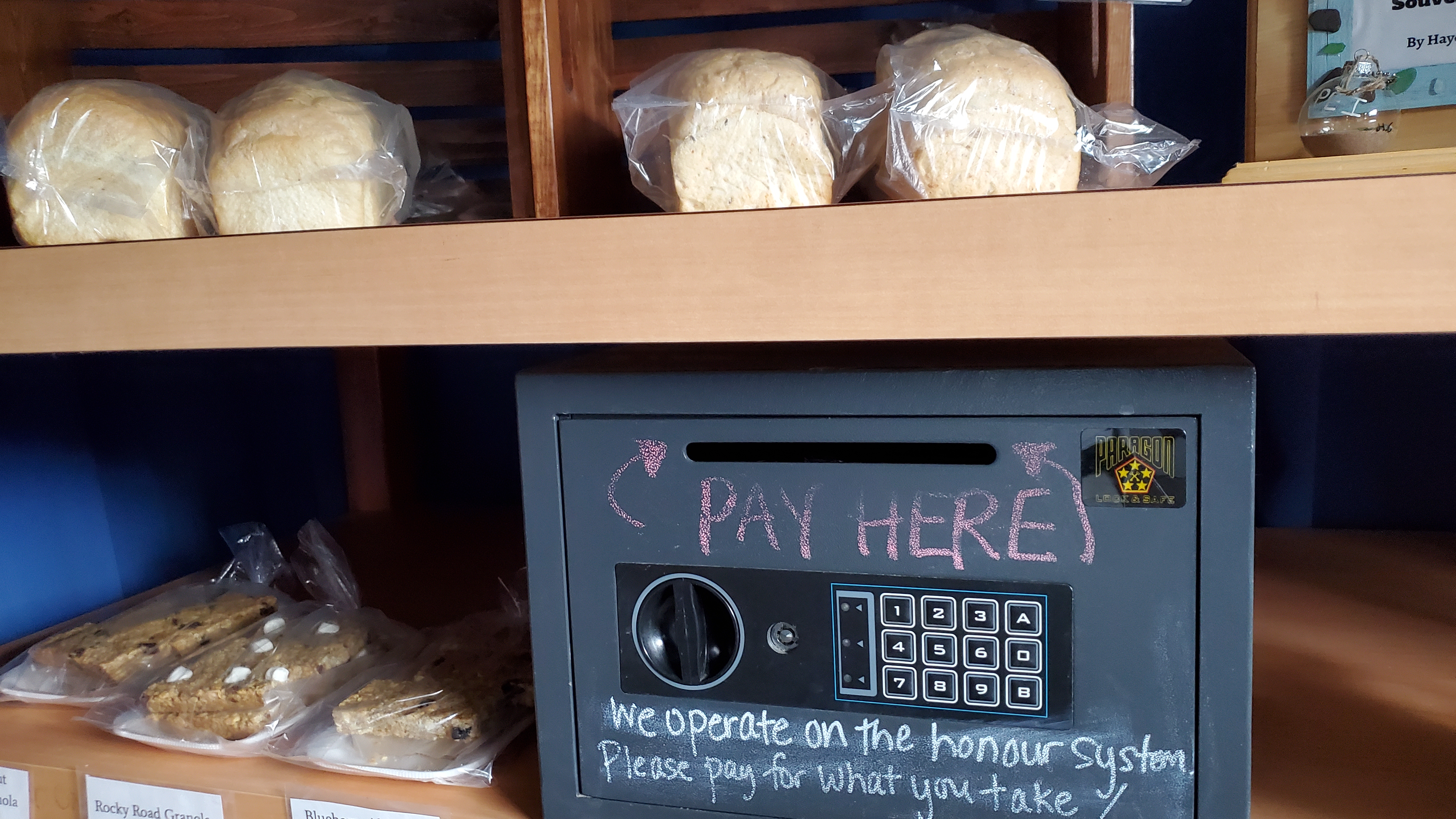


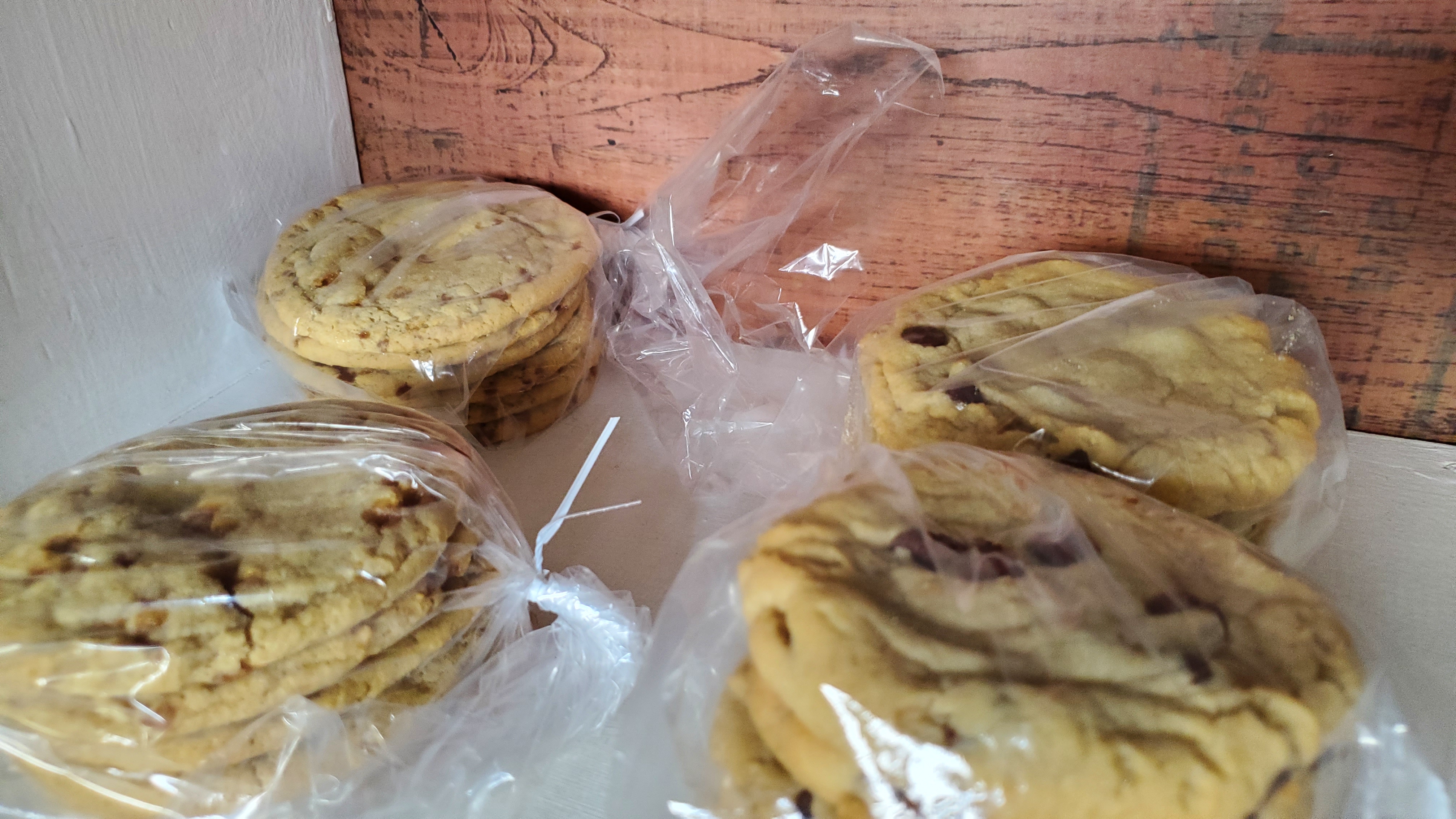
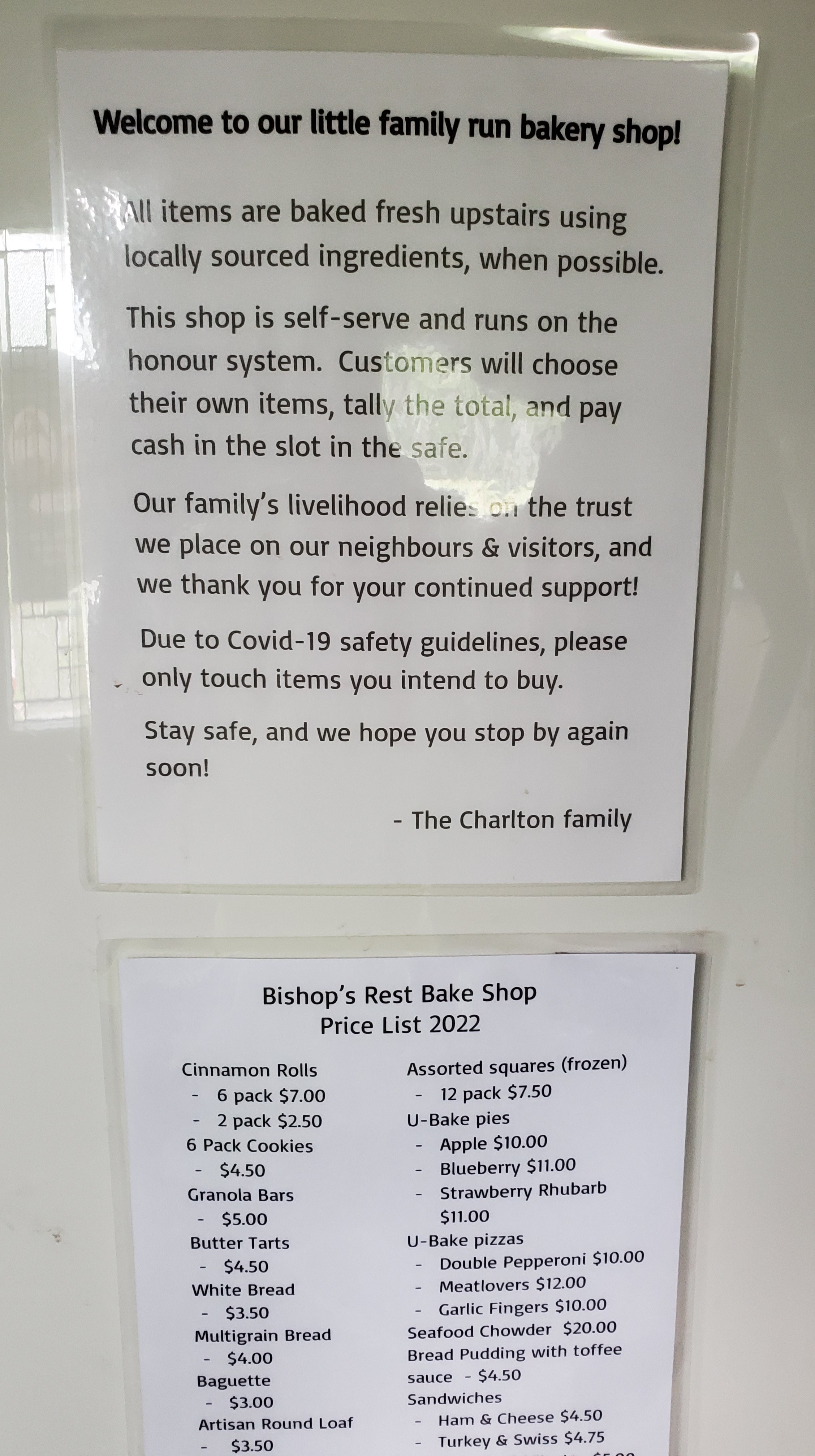
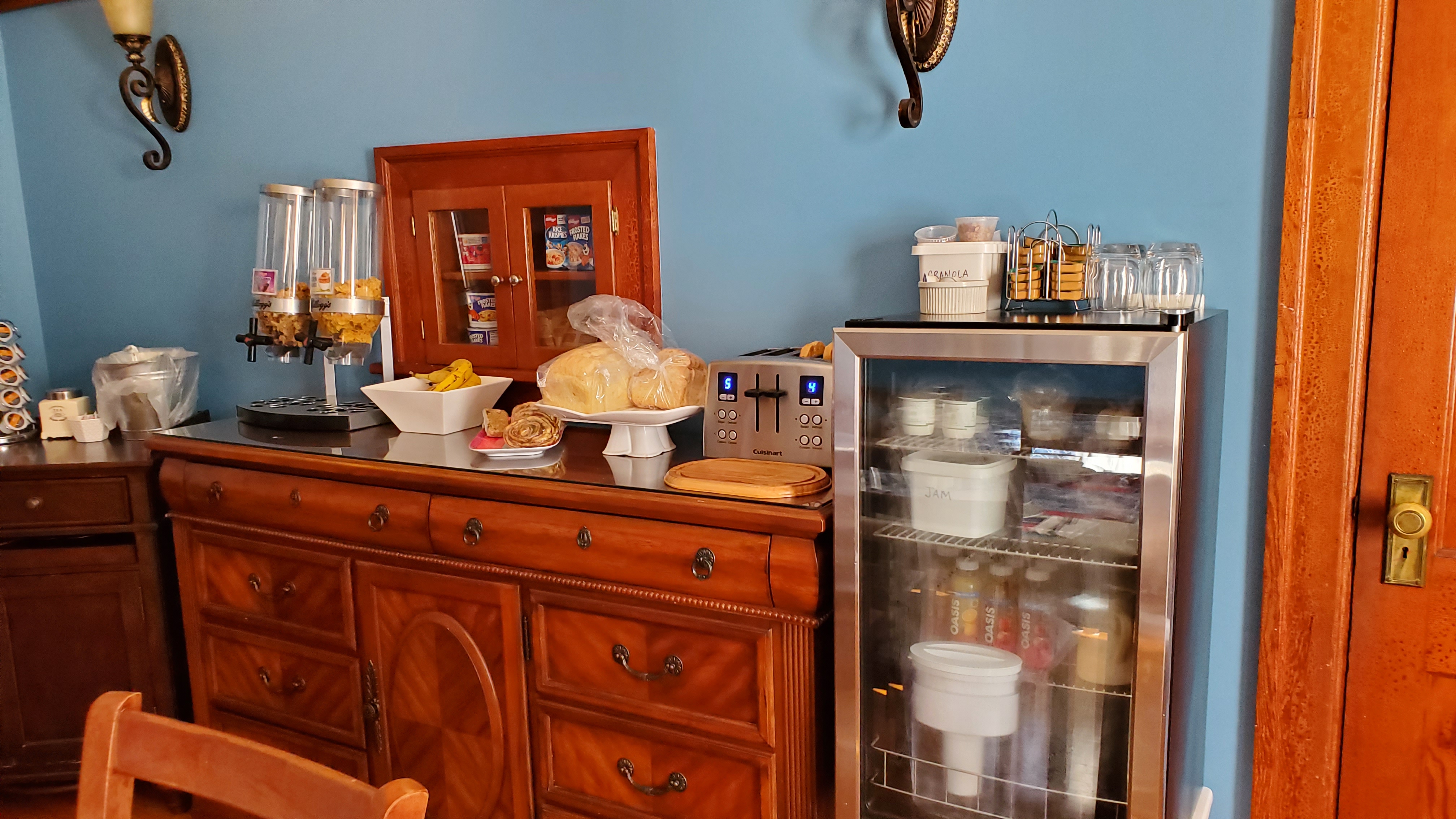
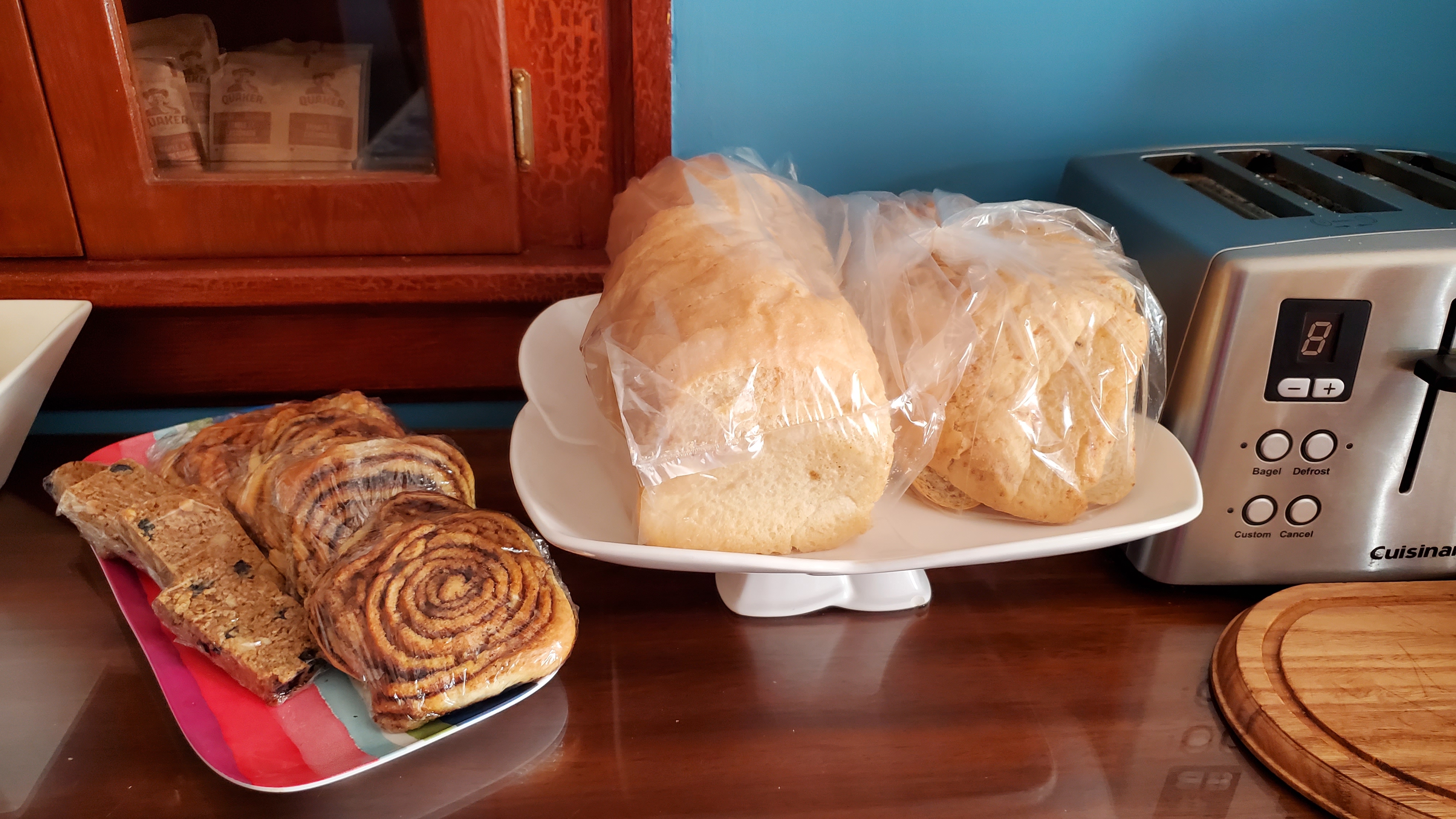
By the time we’d finished dinner, the rain had stopped and we walked over to the old church and the cemetery.




Bishop’s Rest B&B adopted its name from Bishop MacEachern and the historic property on which the house is situated. It’s in the little village of St. Andrew’s, and St. Andrew’s Church is right beside the house.The Bishop came to the island in 1790 and served the people of his parish tirelessly. When he arrived, he was the only priest on the island, and had the responsibility of 1000 Catholic parishioners scattered across a large area. Though he did not restrict himself to people of the Catholic faith. He made himself available to serve all people and all faiths. He died in 1835 and being much loved by the people, was buried under the altar of the church. His remains have since been moved twice, once when the church was relocated closer to the road, and finally into a crypt behind the church.

The church beside the inn has an interesting story. It was built in 1805 and when the church grew, they built a bigger one closer to the road. This one sat empty until they decided to move it to Charlottetown to be used as a school. It was moved in the winter of 1864 and transported by men and horses on the ice-covered Hillsborough River to Charlottetown. I don’t know what that distance would be on the river, but the distance by bike was 24 miles. The whole community was on standby for what was called a “stupendous undertaking”.
“For more than a month the good people of St. Andrews worked under the direction of their pastor, and then, all being ready, they awaited coming of a severe frost to prepare the ice for the heavy load in store for it…On Monday, the 7th of March, in response to an eloquent appeal…500 men, Protestants as well as Catholics assembled with 120 horses, all ready for the work.”
Rev. John C. MacMillan (The Catholic Church in Prince Edward Island, 1835-1891)
What a sight that must have been, 500 men and 120 horses moving a church over the ice of the river. But about 7 miles from Charlottetown, they had to veer around a wharf, which moved them closer to the channel of the river and thinner ice.
“After sundry warning sounds, with a tremendous crash the whole building was submerged and was firmly embedded at the bottom of the river. But the faith that can move mountains was not wanting here: it worked well combined with the muscle and sinew of the faithful, and at 4 o’clock p.m., by almost superhuman efforts, the chapel was dragged from the water and the march resumed.”
Rev. John C. MacMillan (The Catholic Church in Prince Edward Island, 1835-1891)
What an amazing story of the church next door. But since the church is still next door, that means that it was returned to this location once again from Charlottetown! The story does not end there. After a 2 day journey on the frozen river, the church was deposited in Charlottetown and served as a school for girls from 1864 to 1976. It was the core building for St. Joseph’s convent and other additions to the original building had been added through the years. In 1987, the convent caught fire, but miraculously, the original structure of St. Andrews Church, sustained very little damage.
A group called the Friends of St. Andrews acquired the old church and brought it back to its original location in the little village, causing one parishioner to comment that St. Andrews is the only church “to have gone to town and back!”







